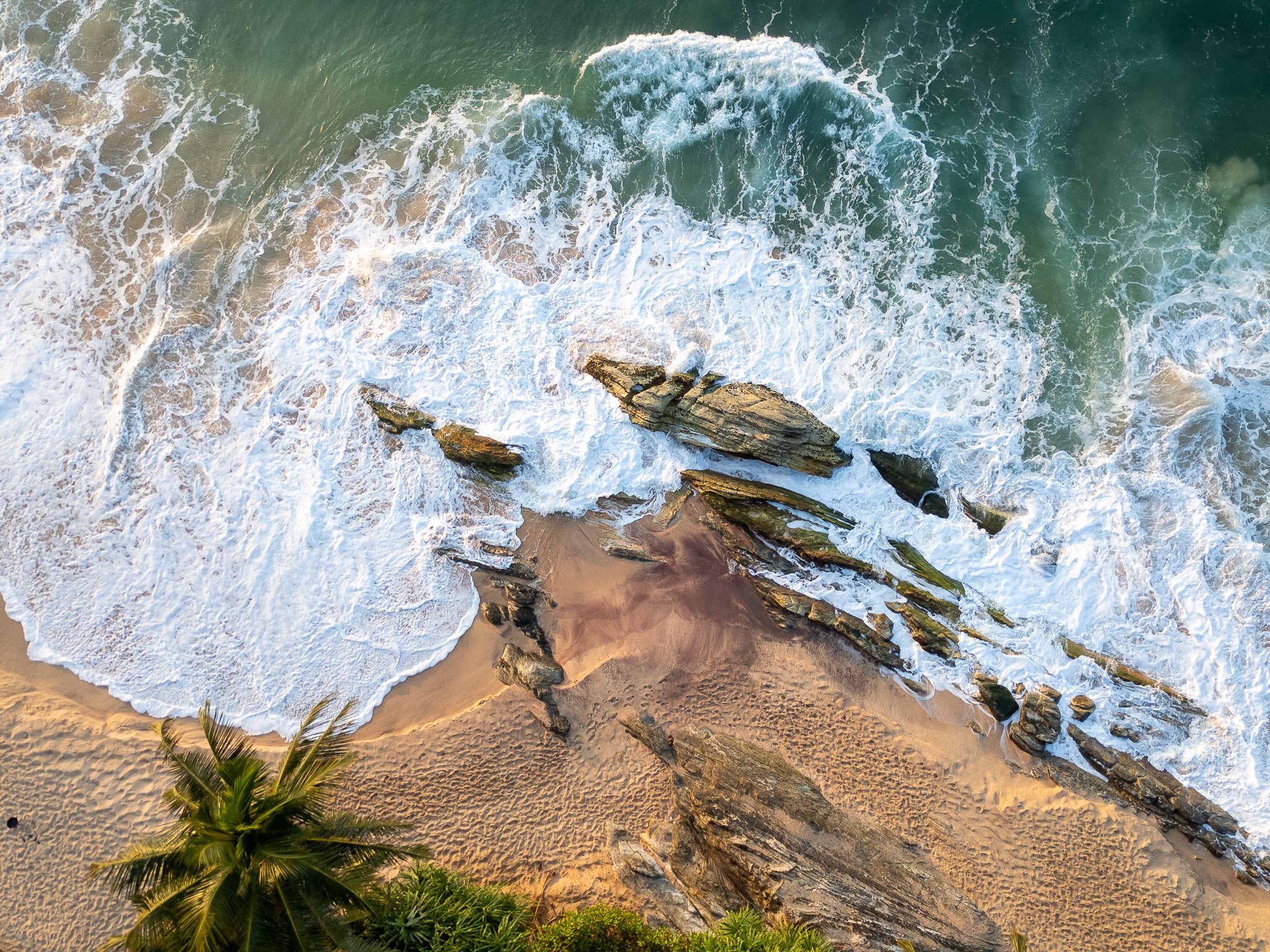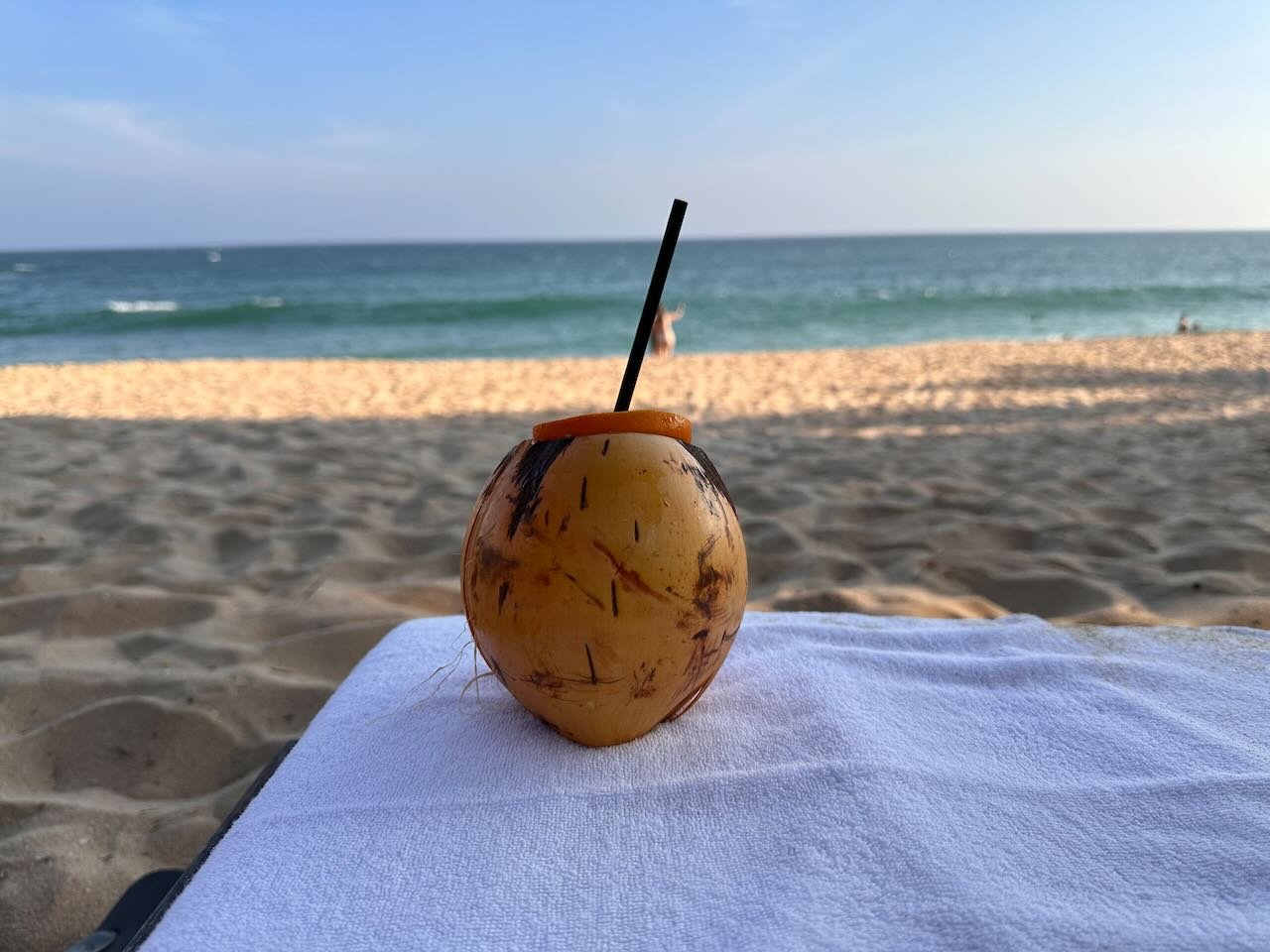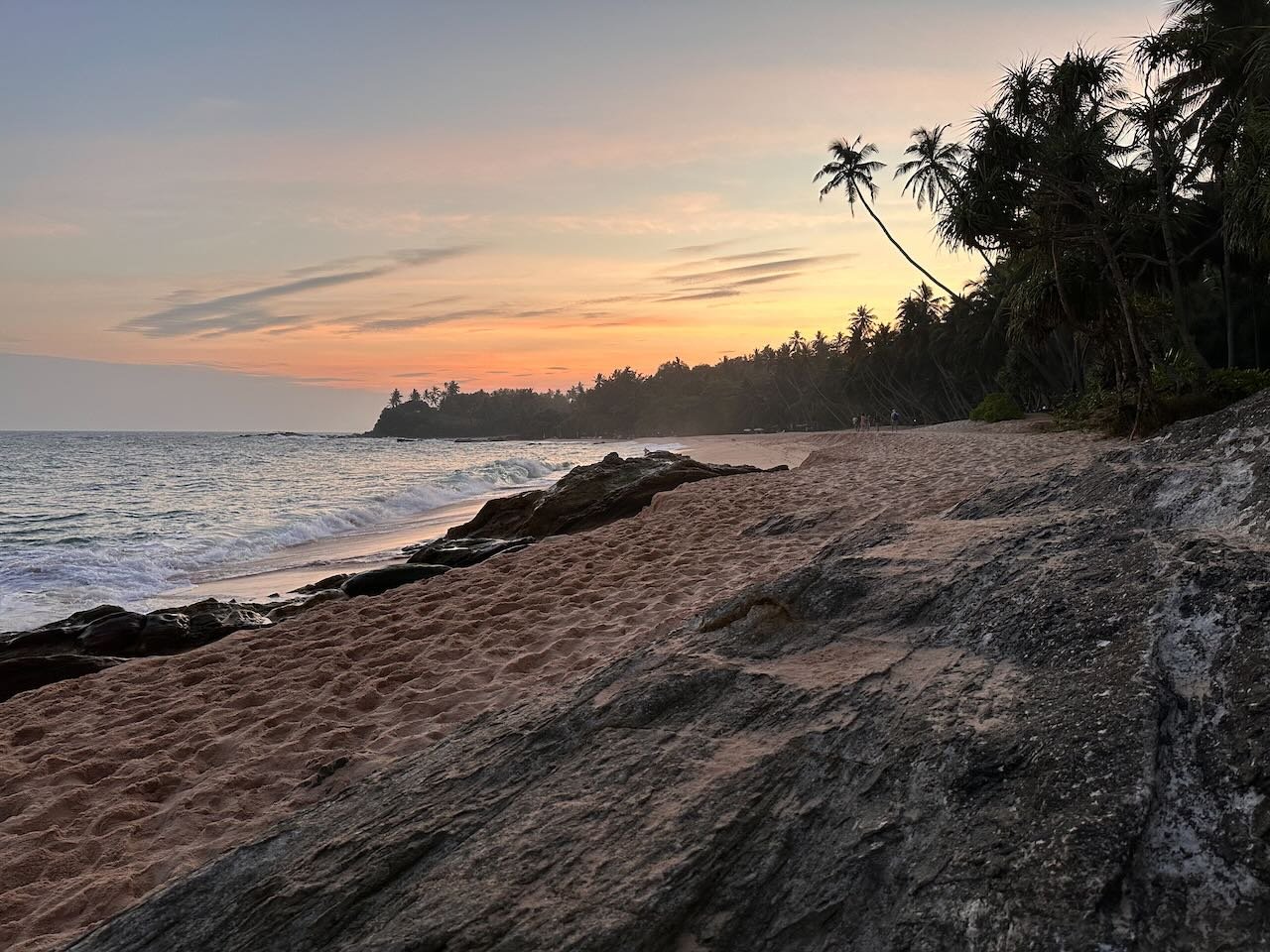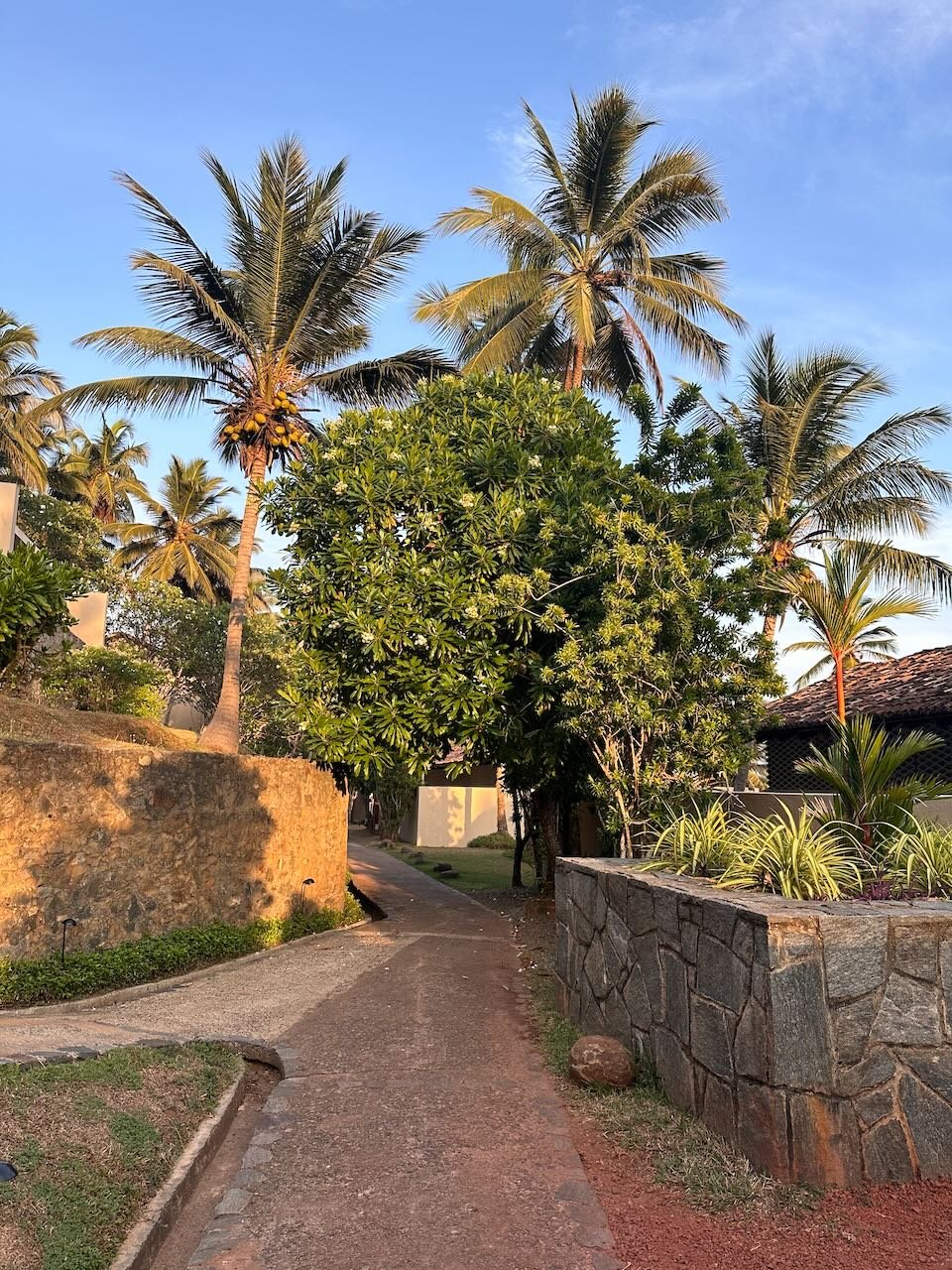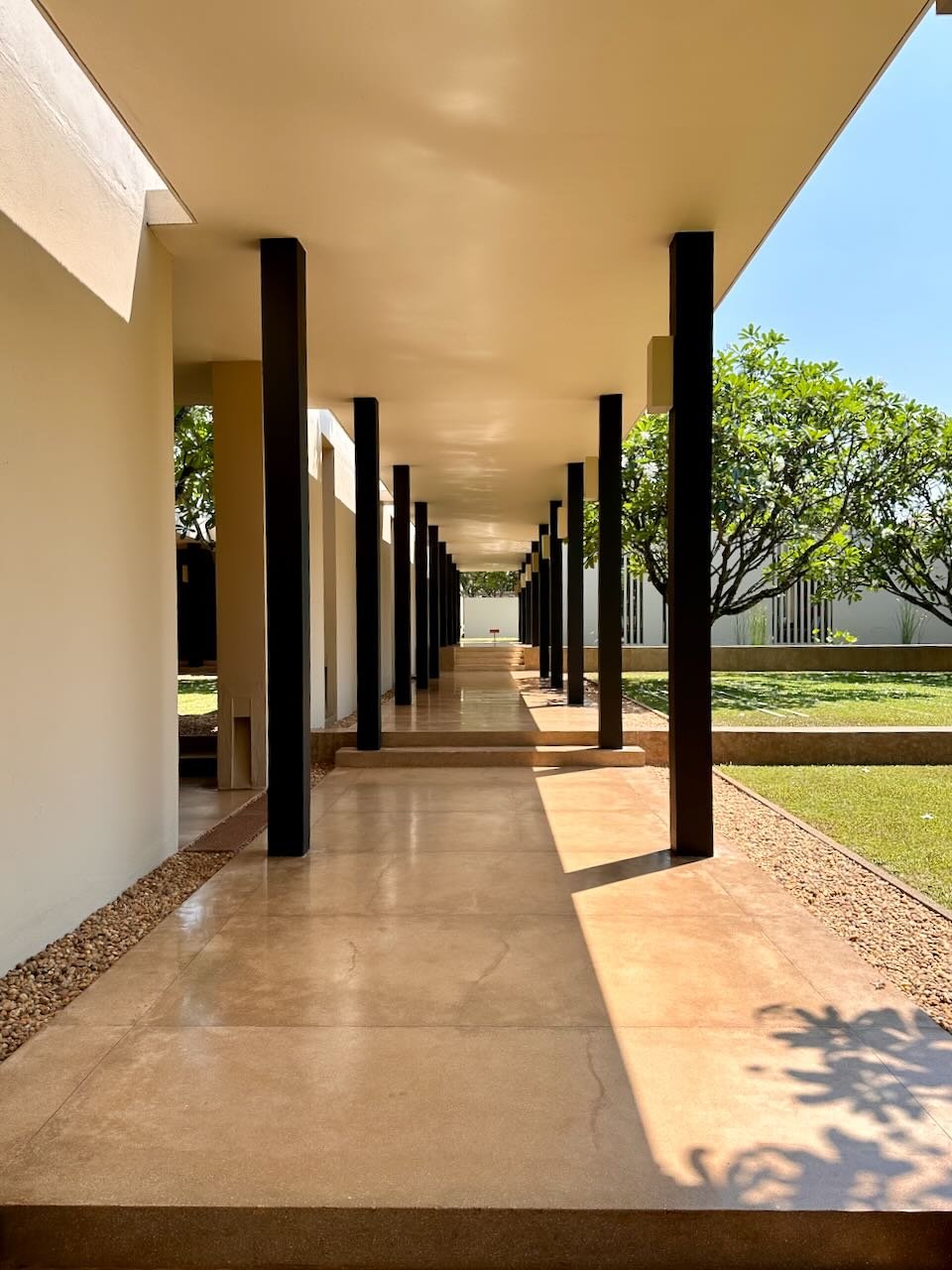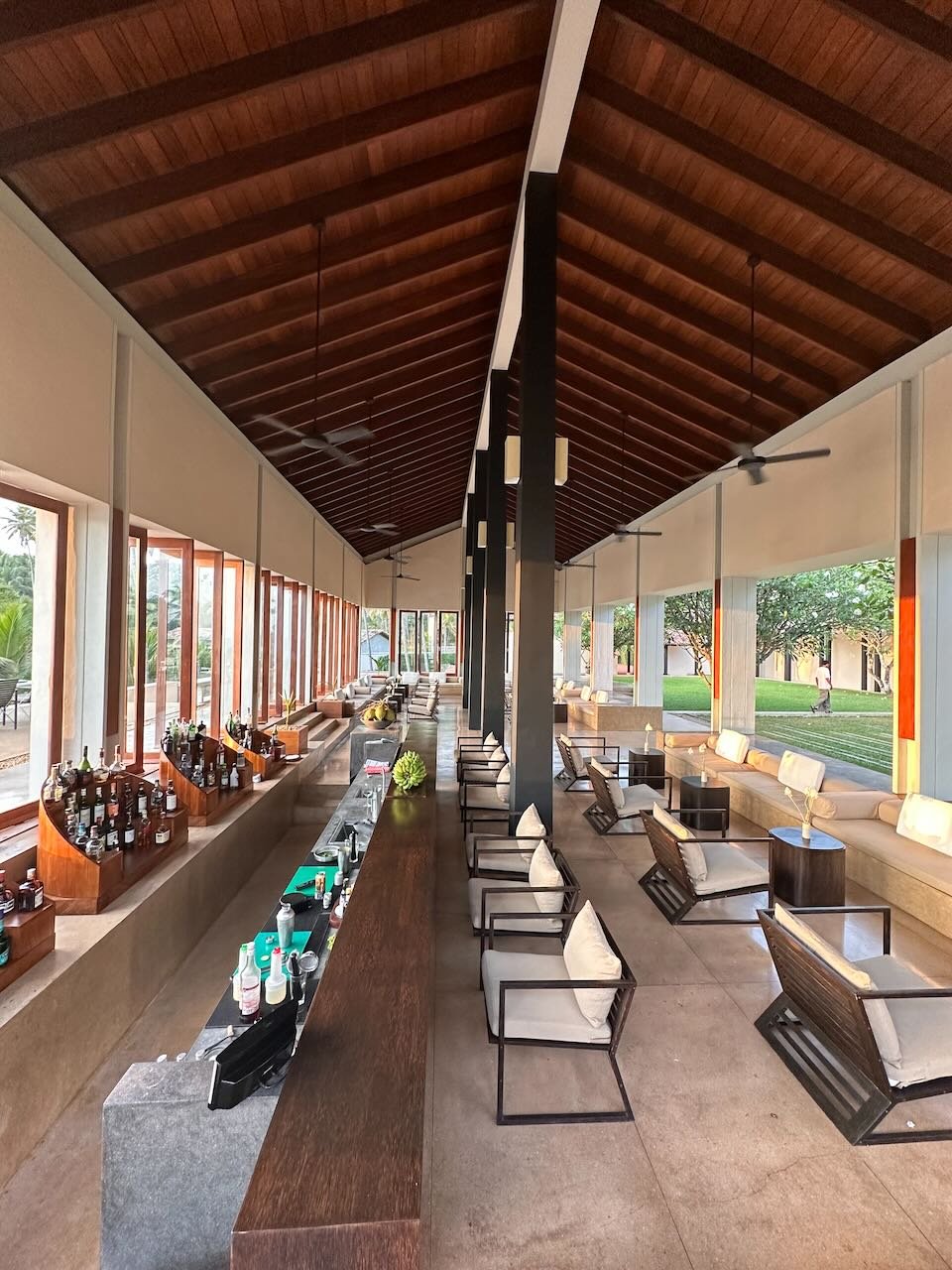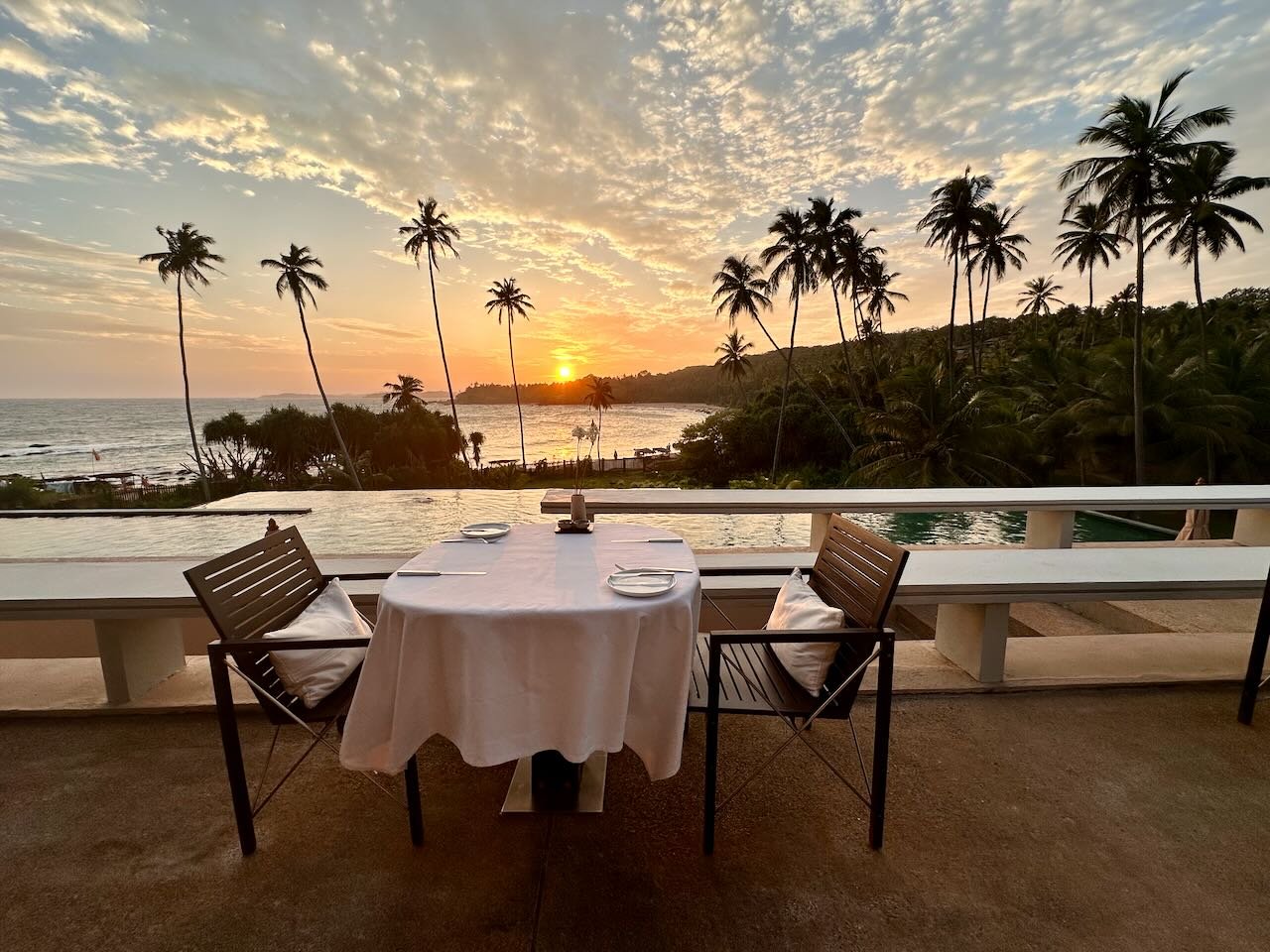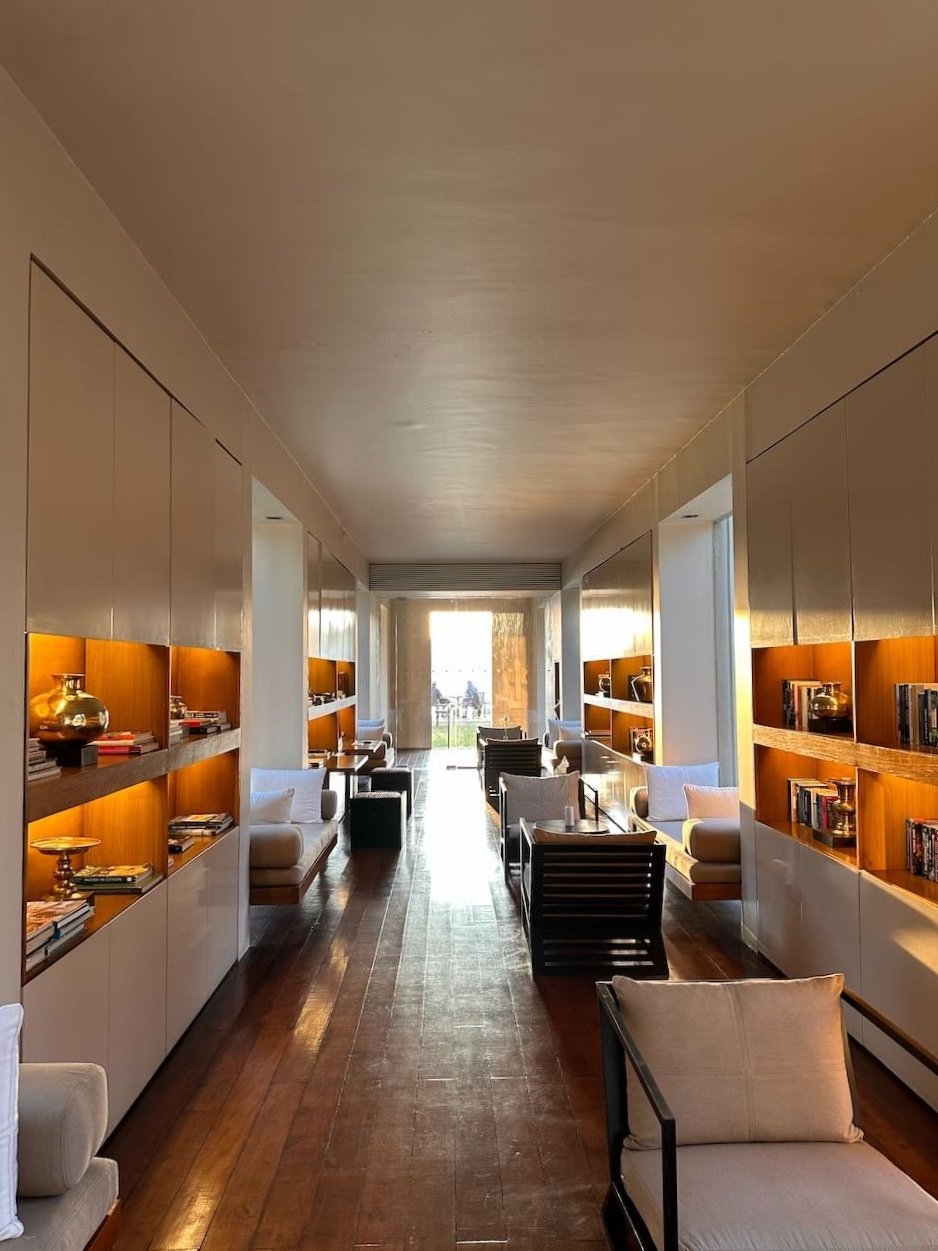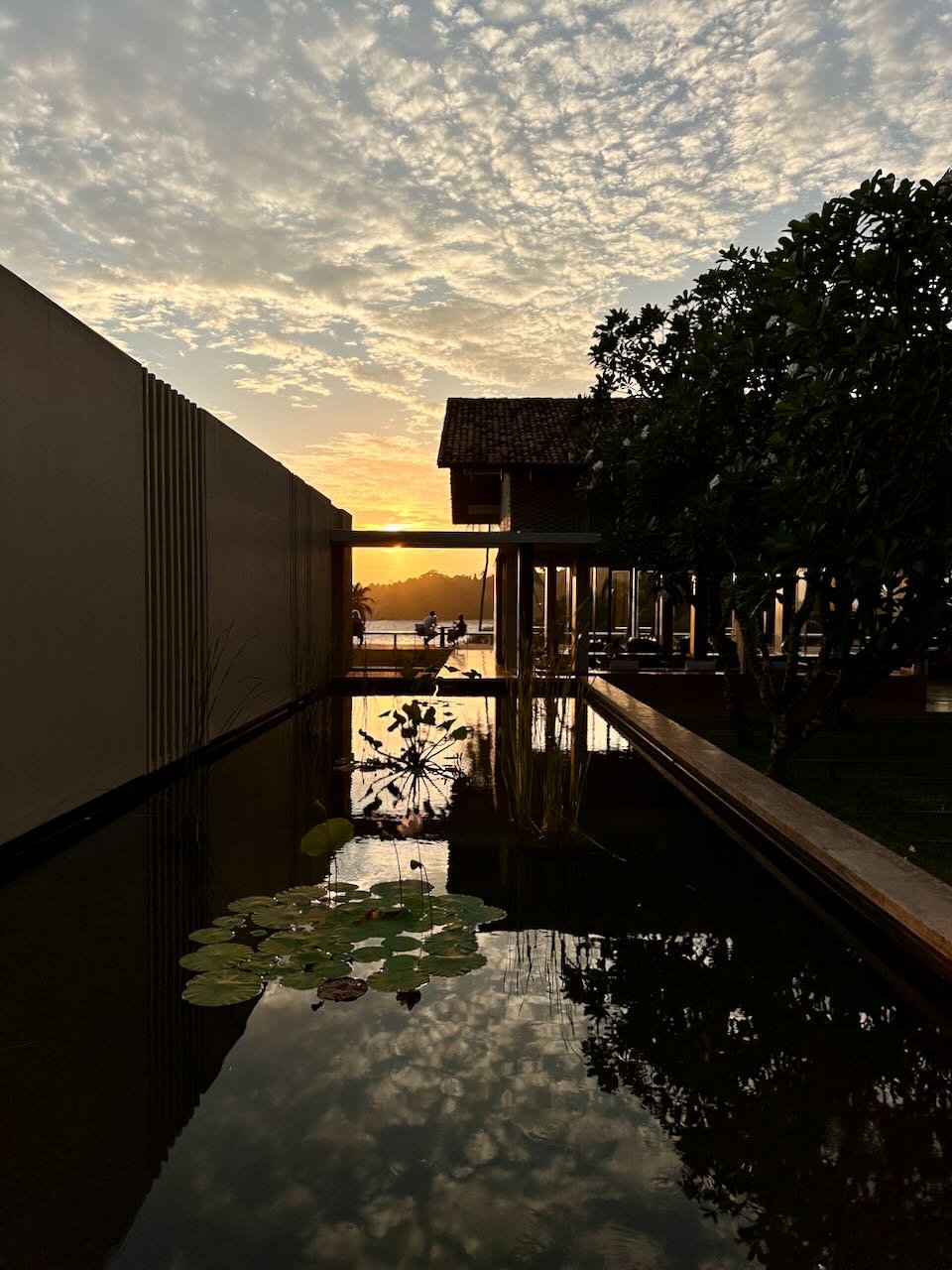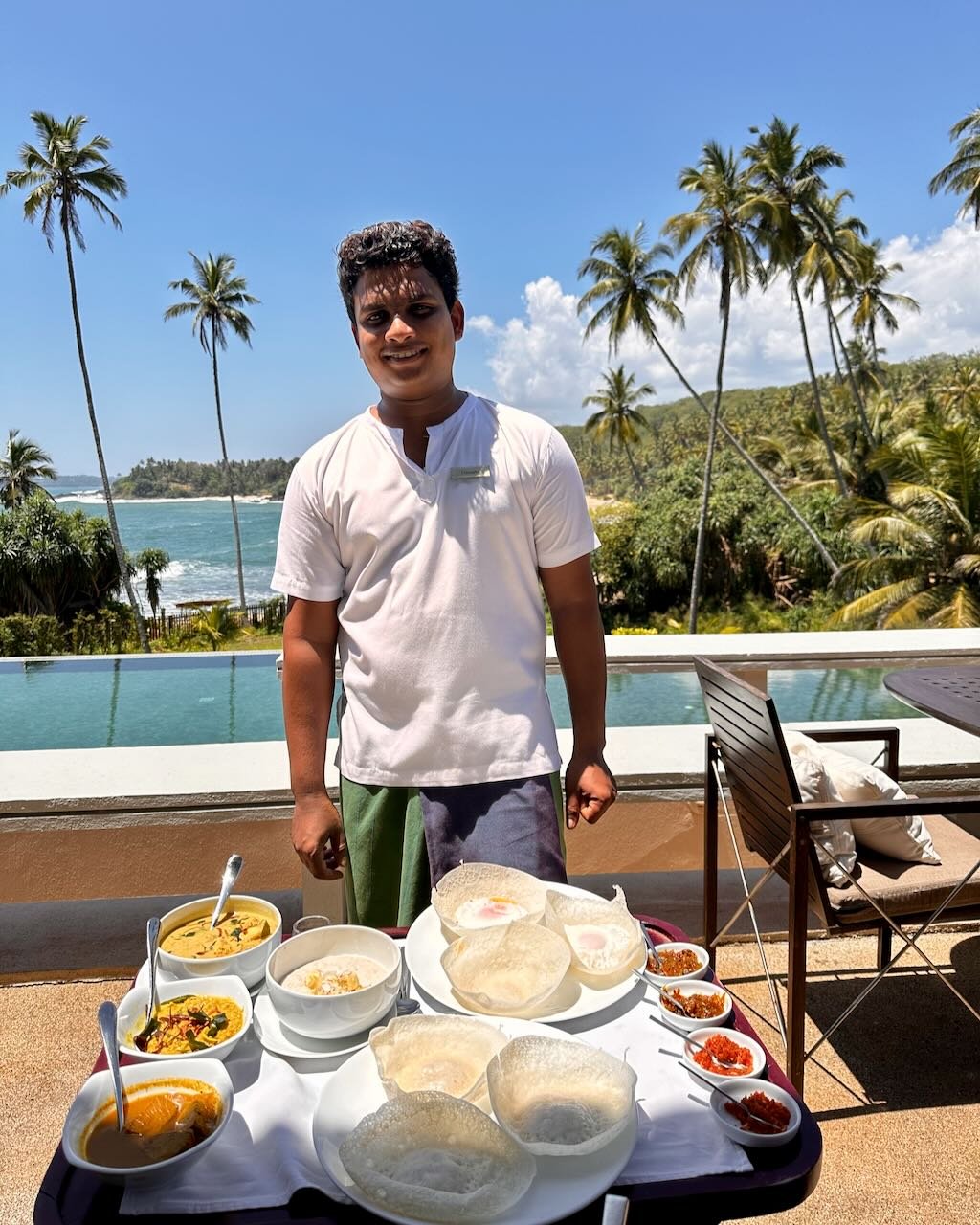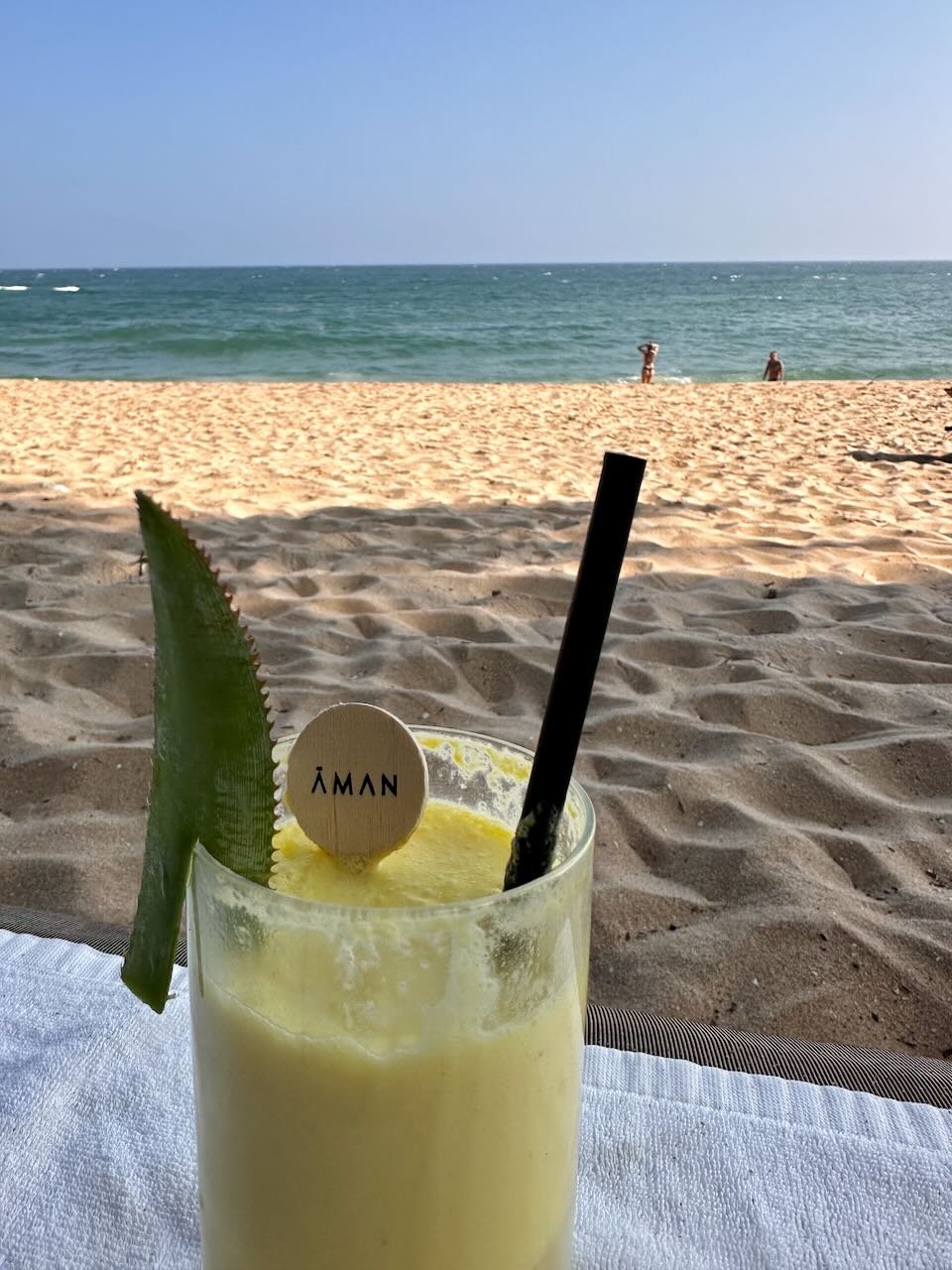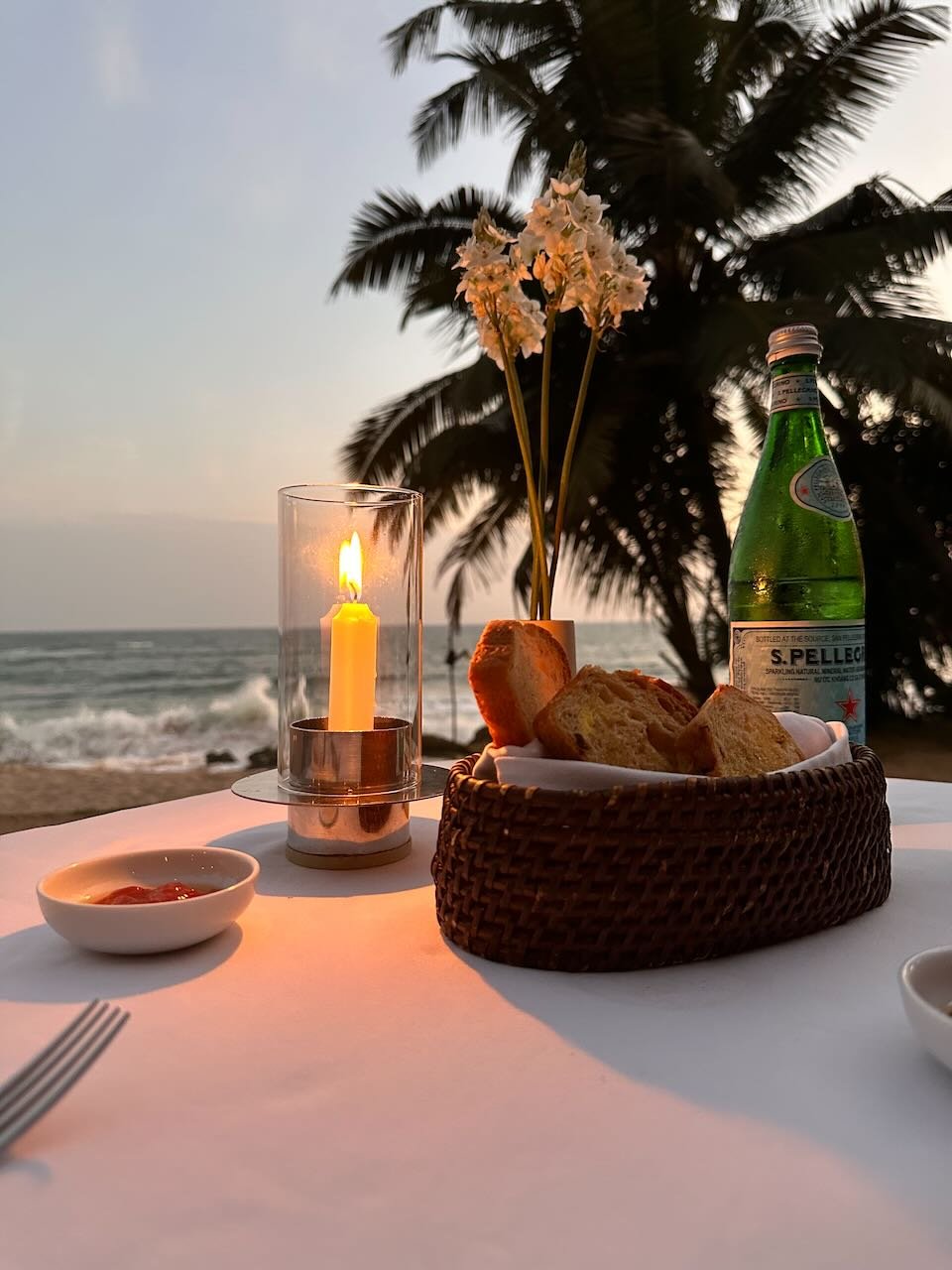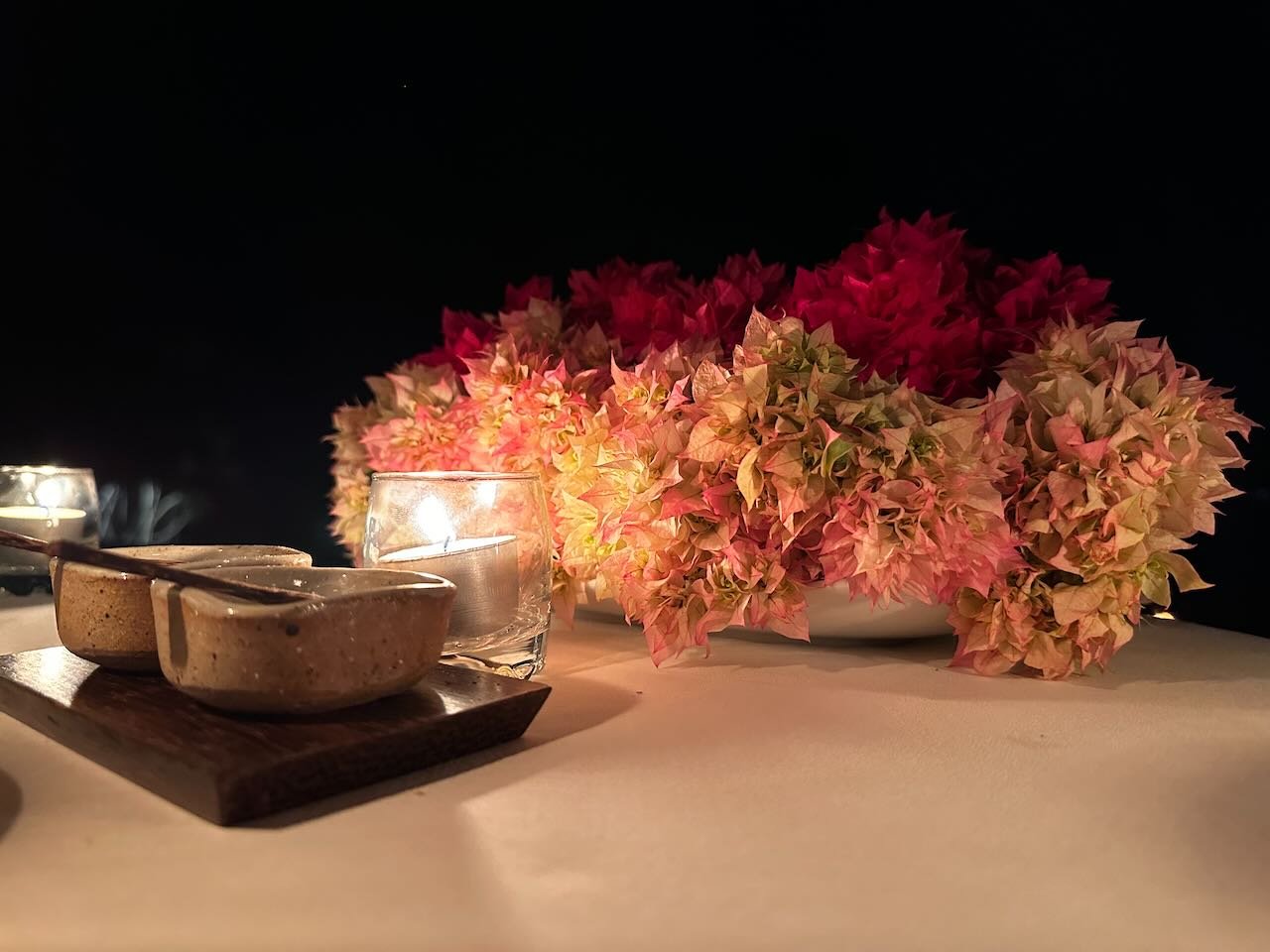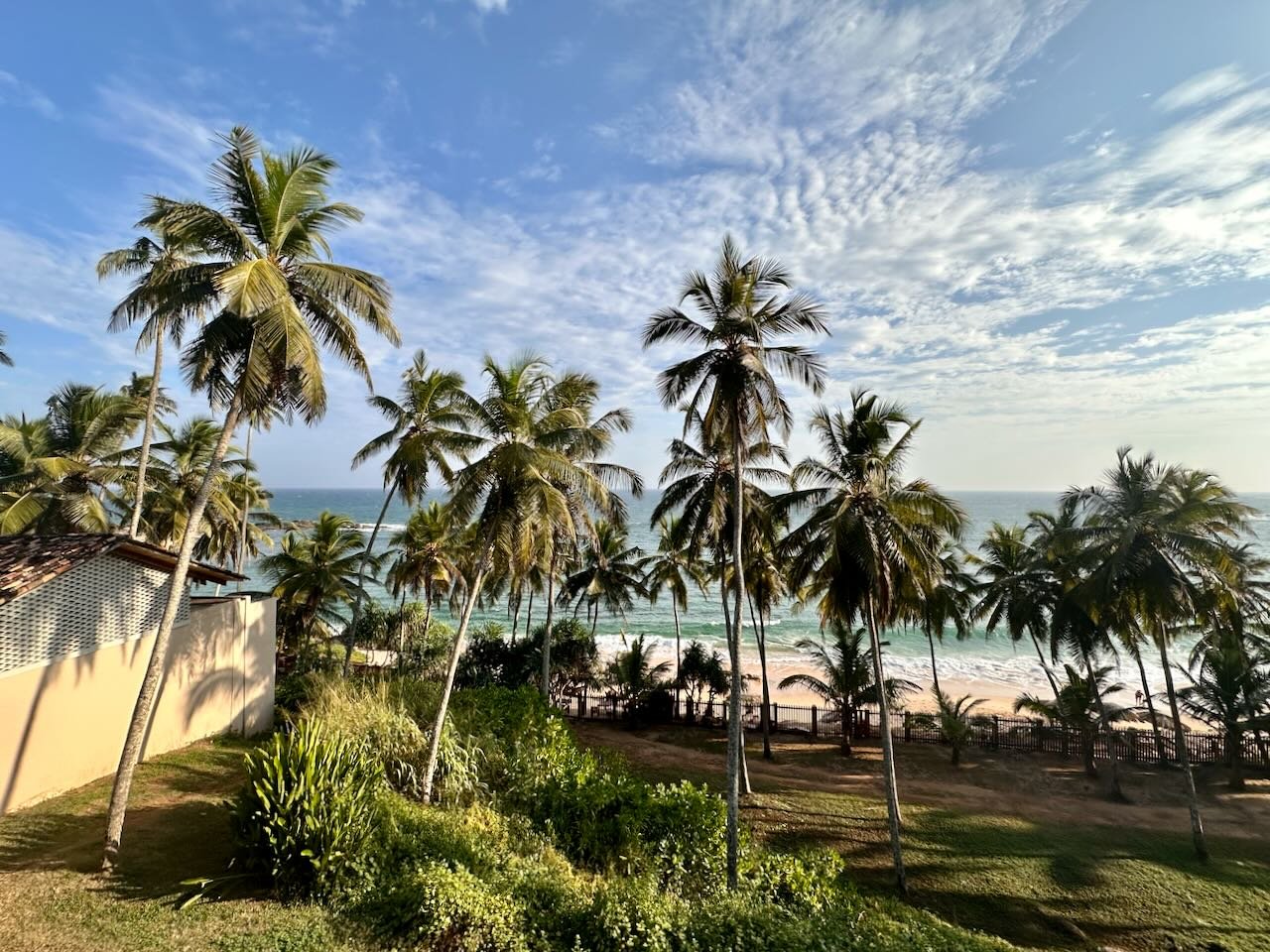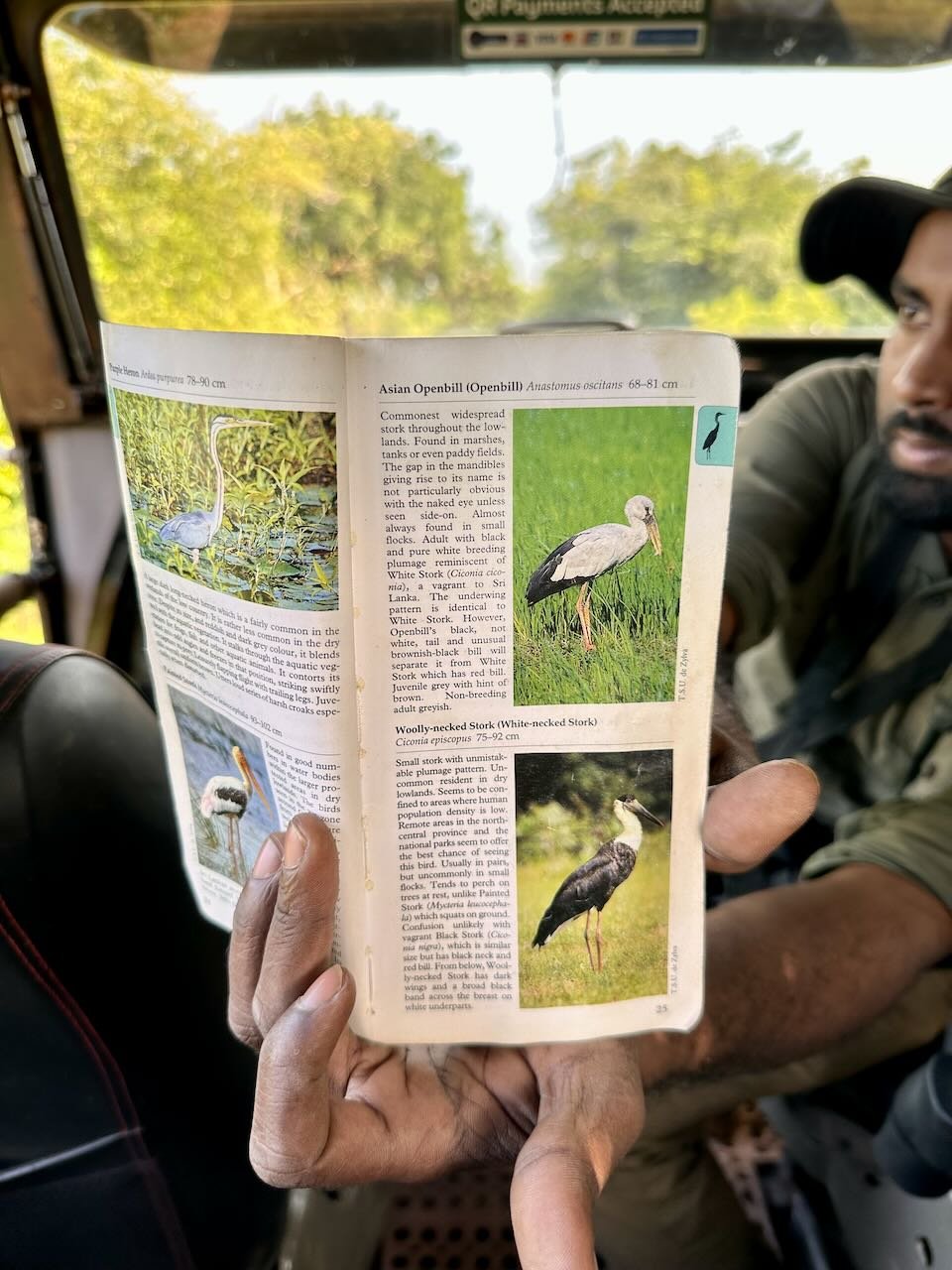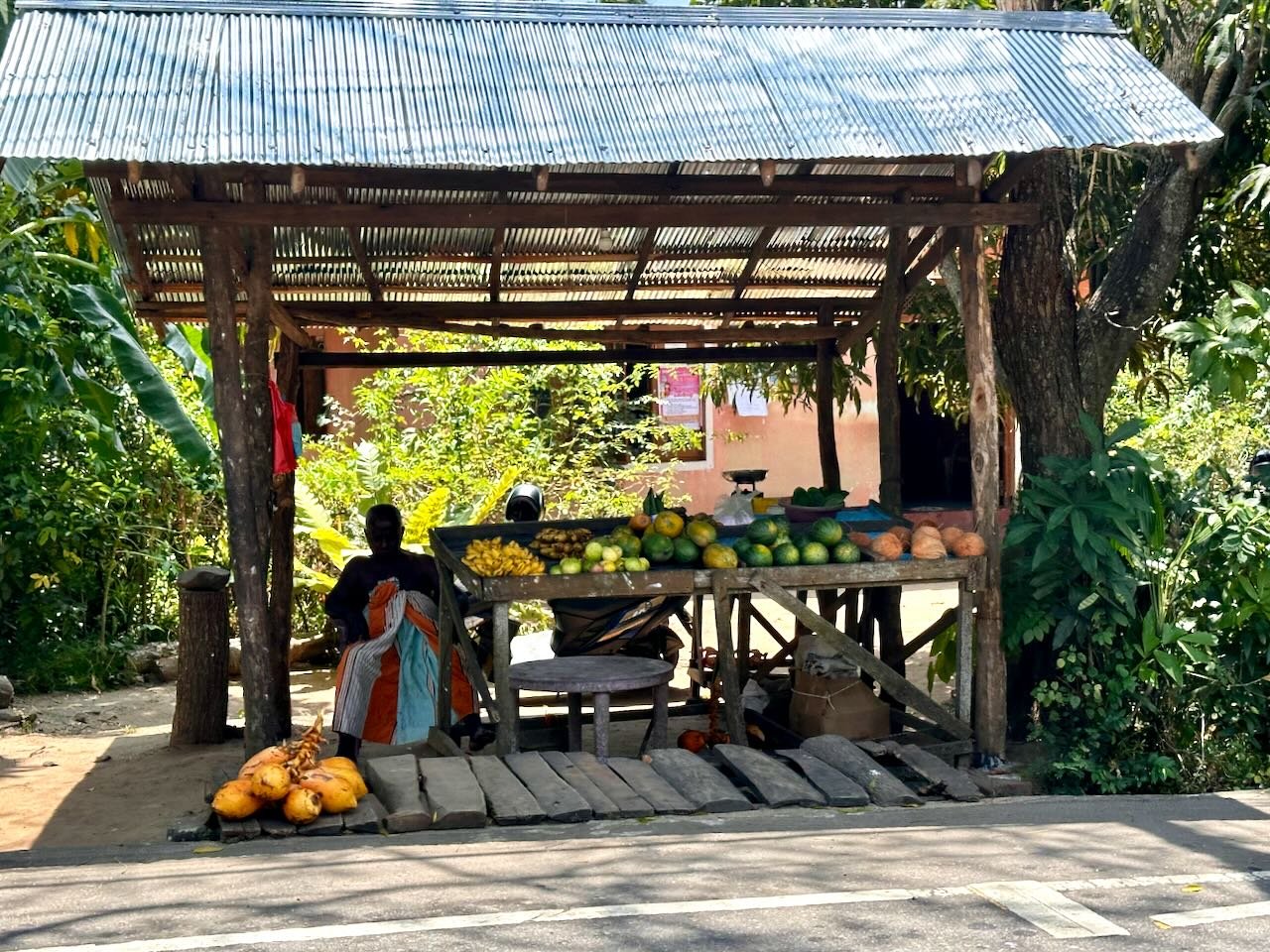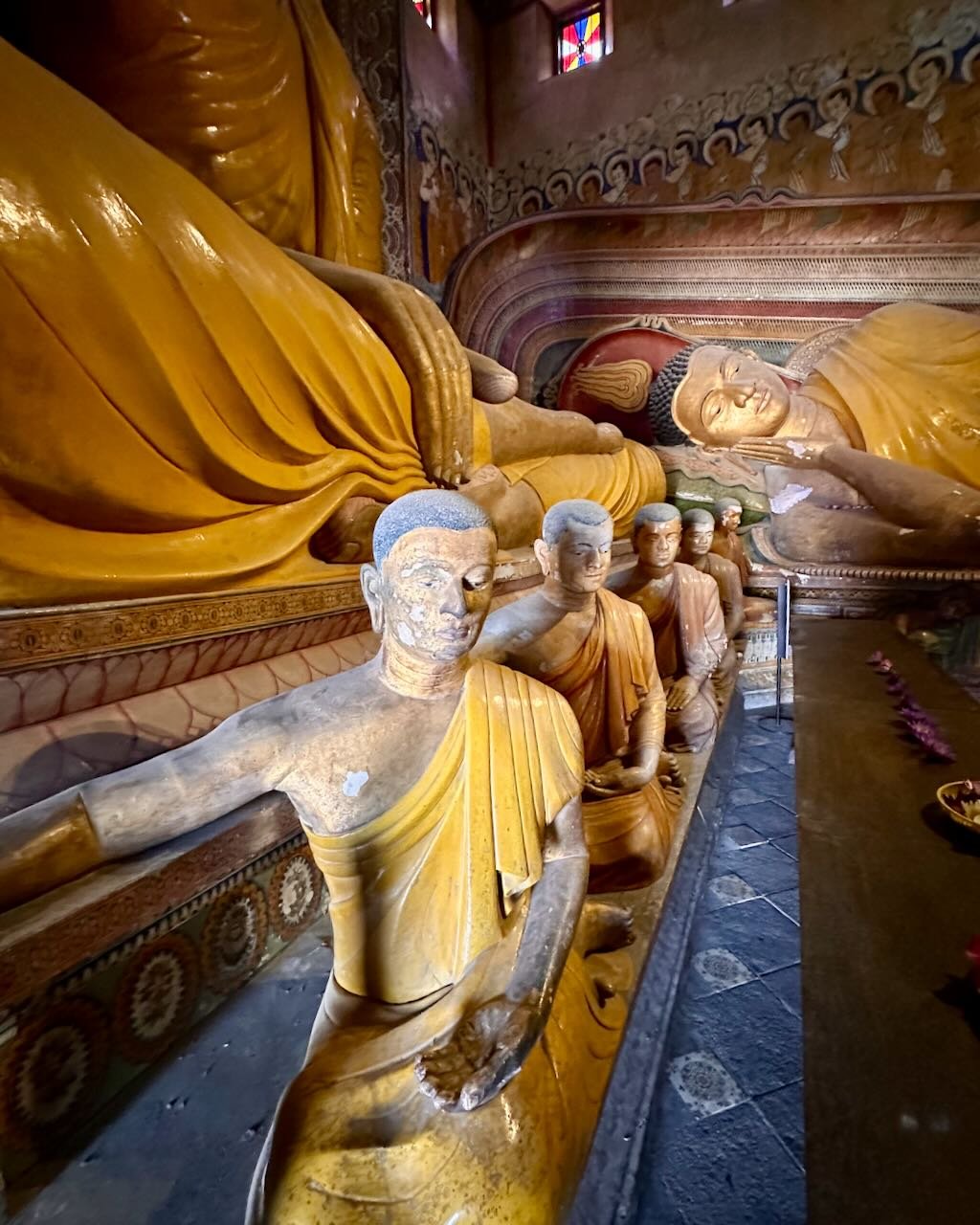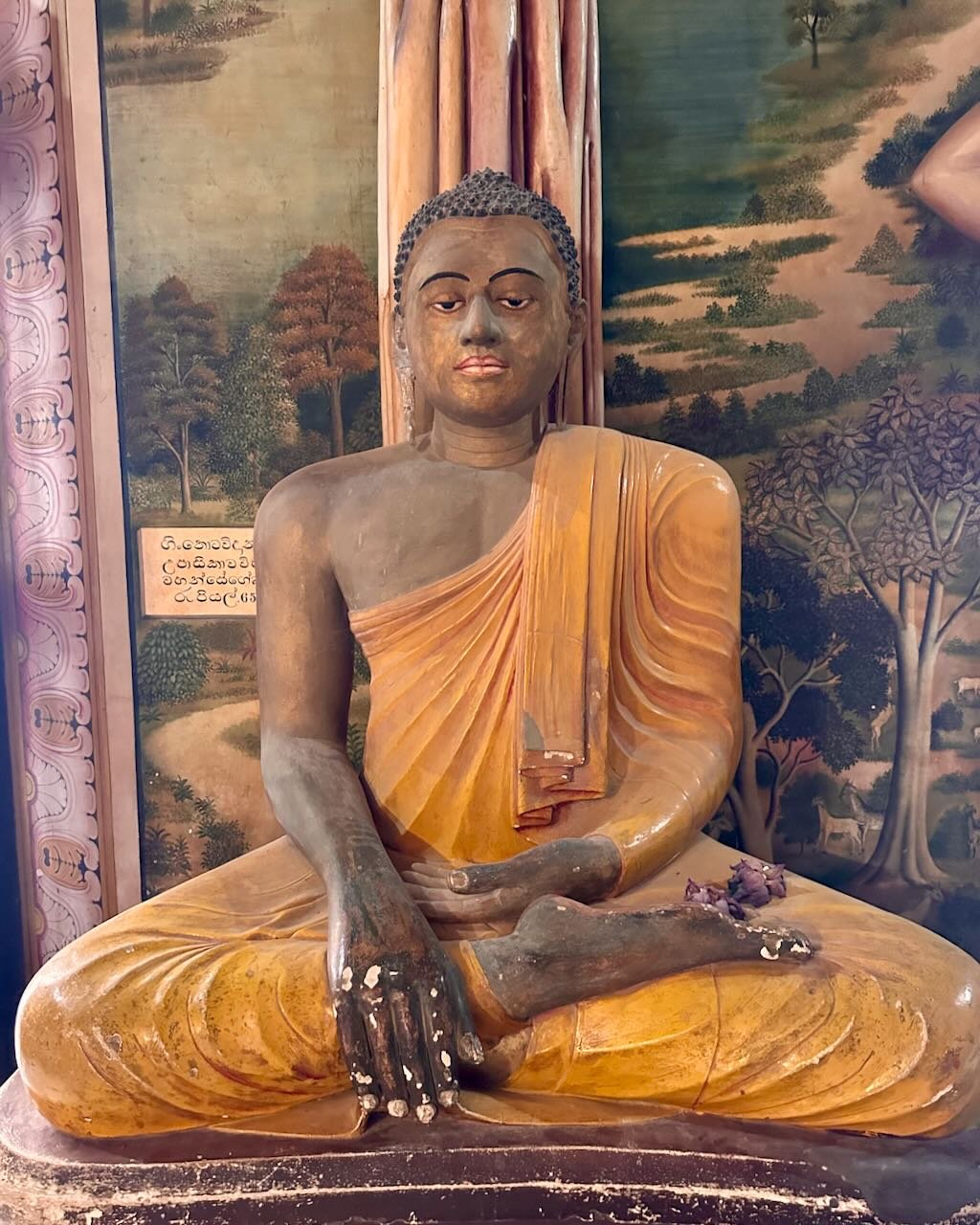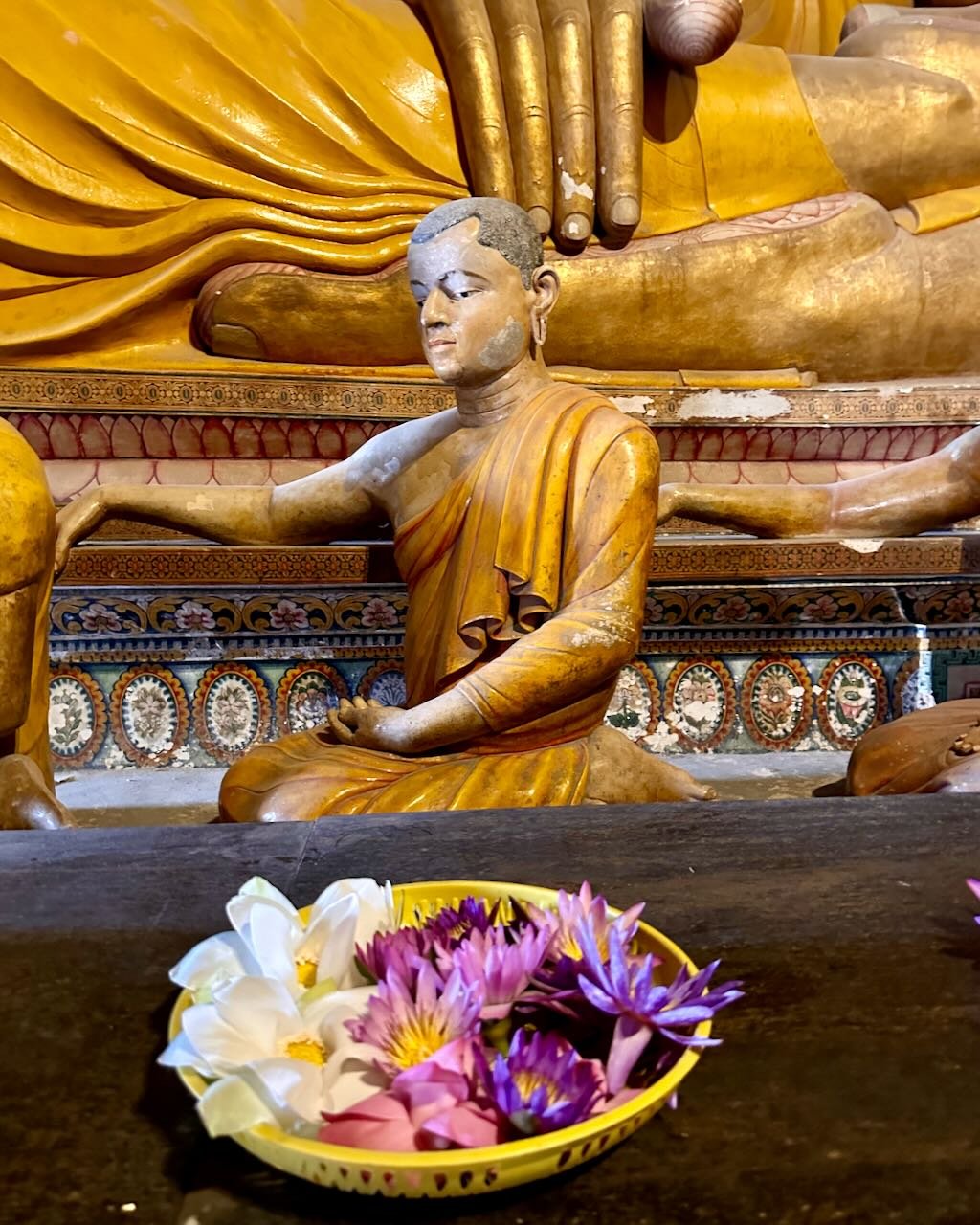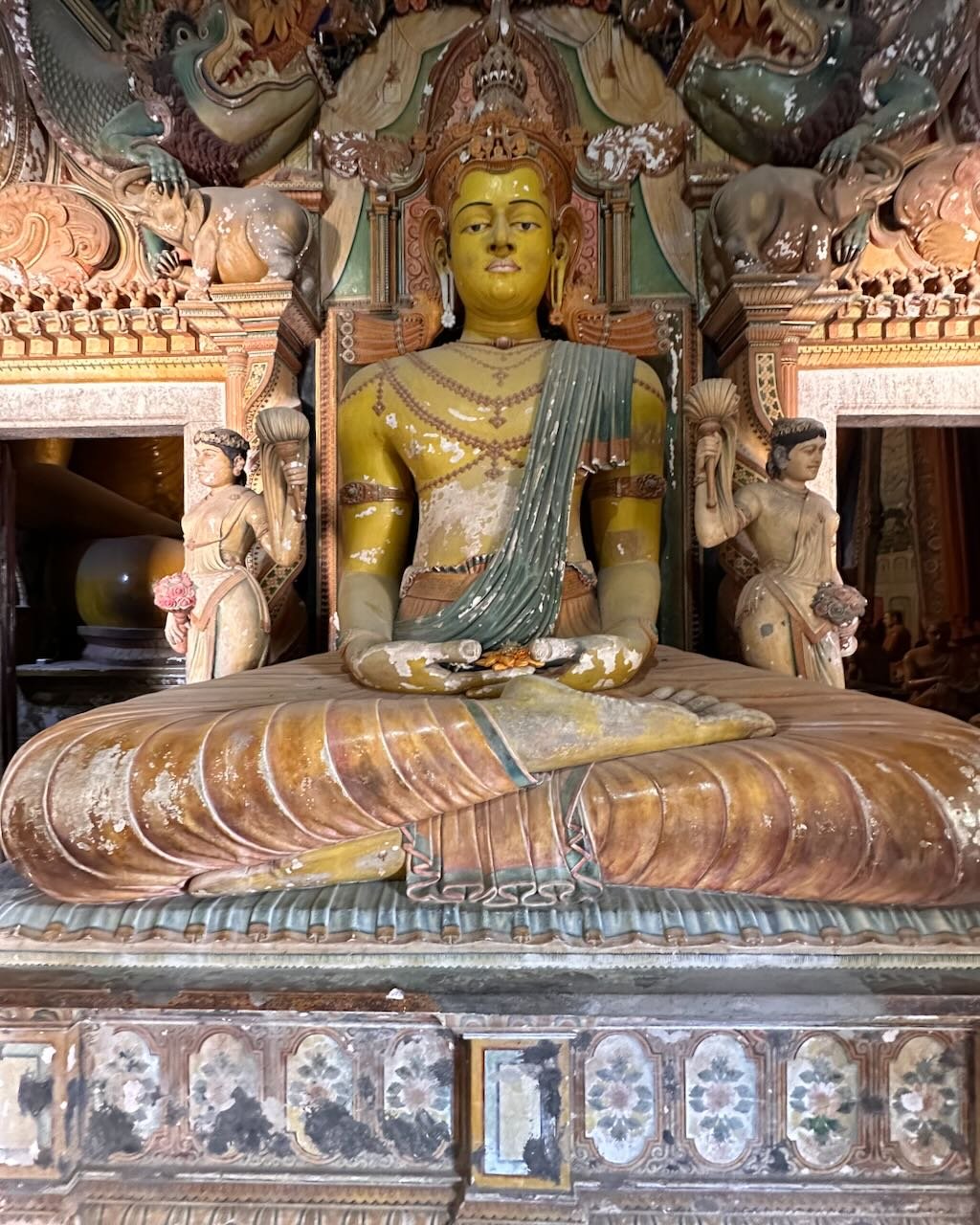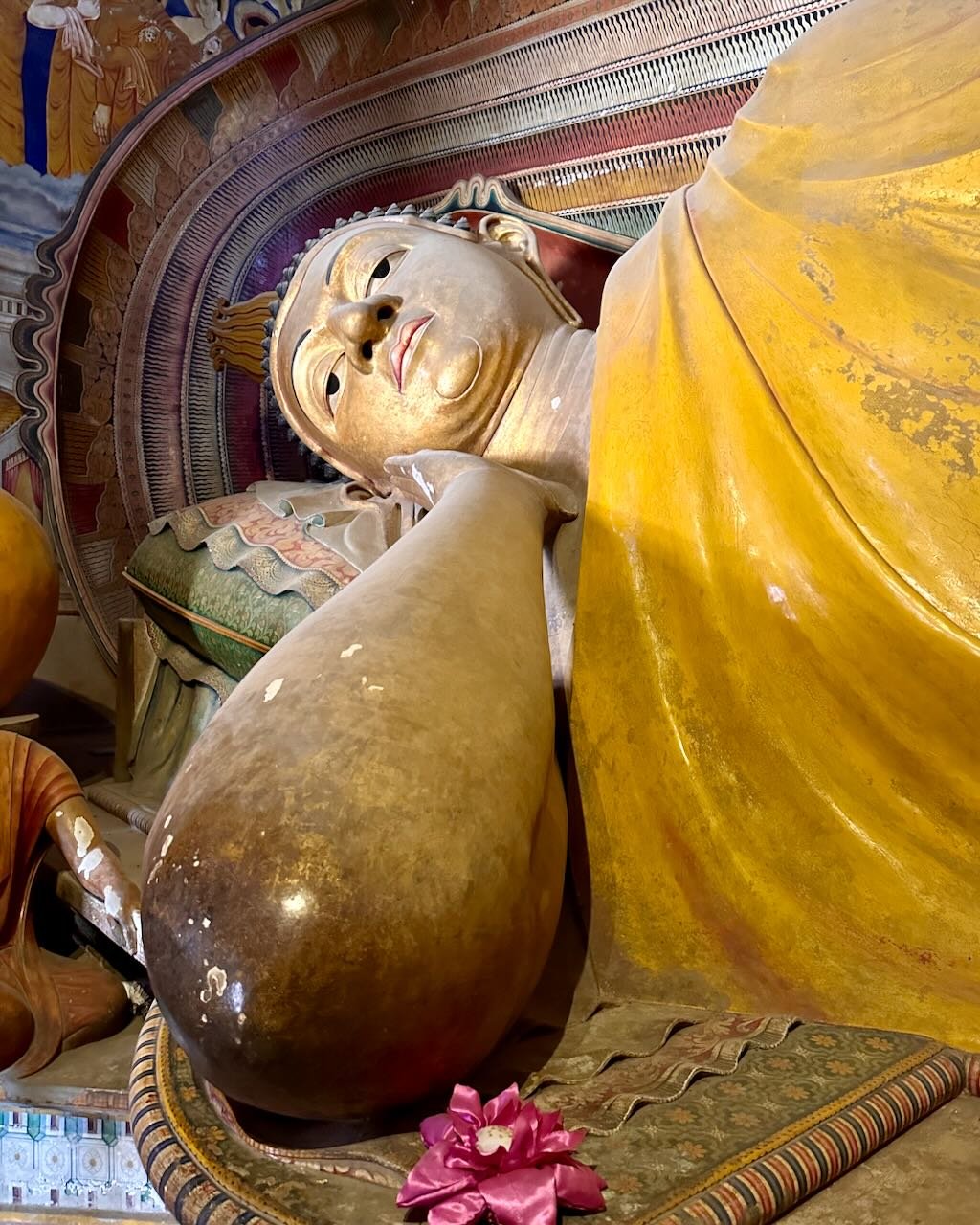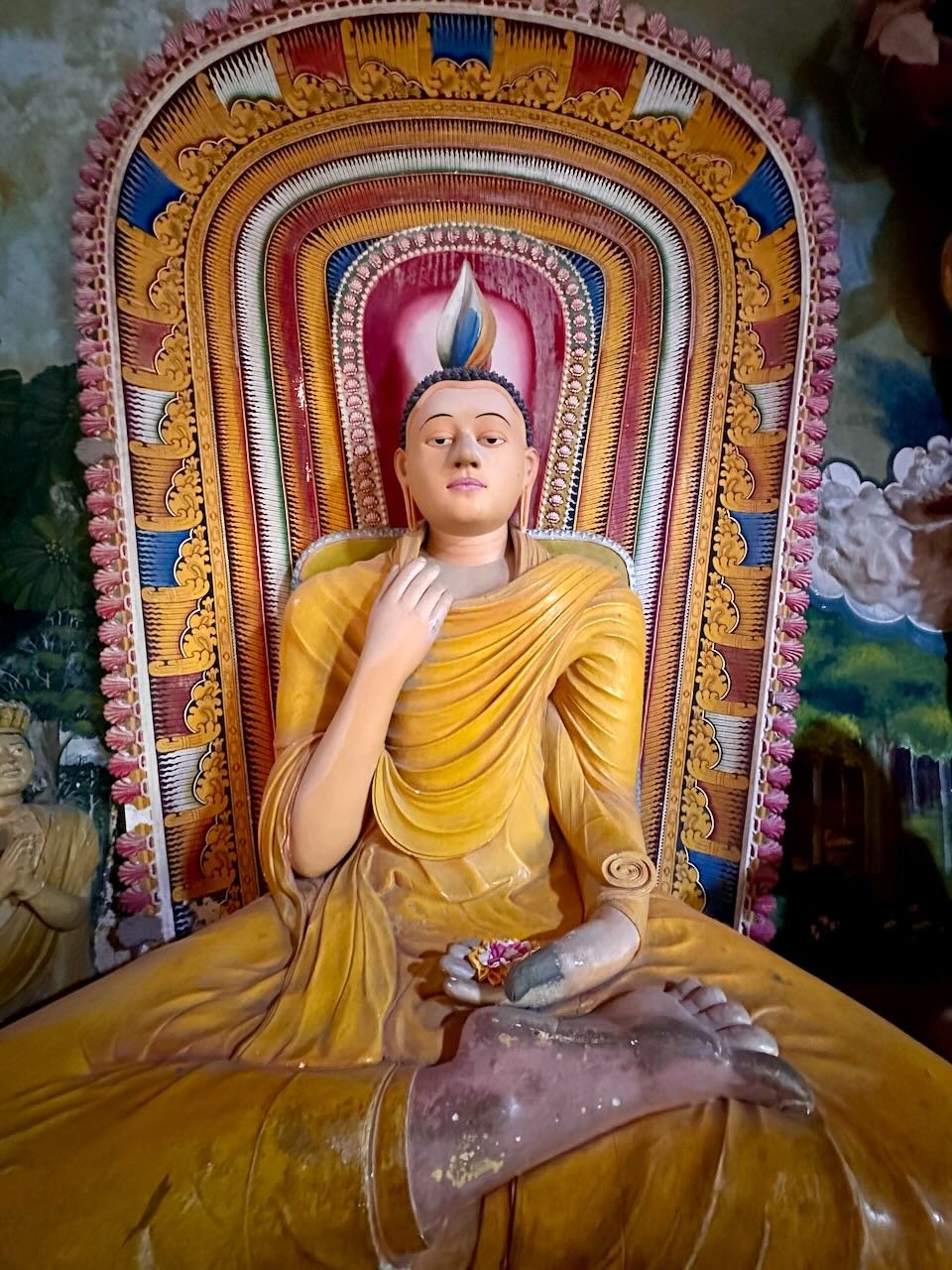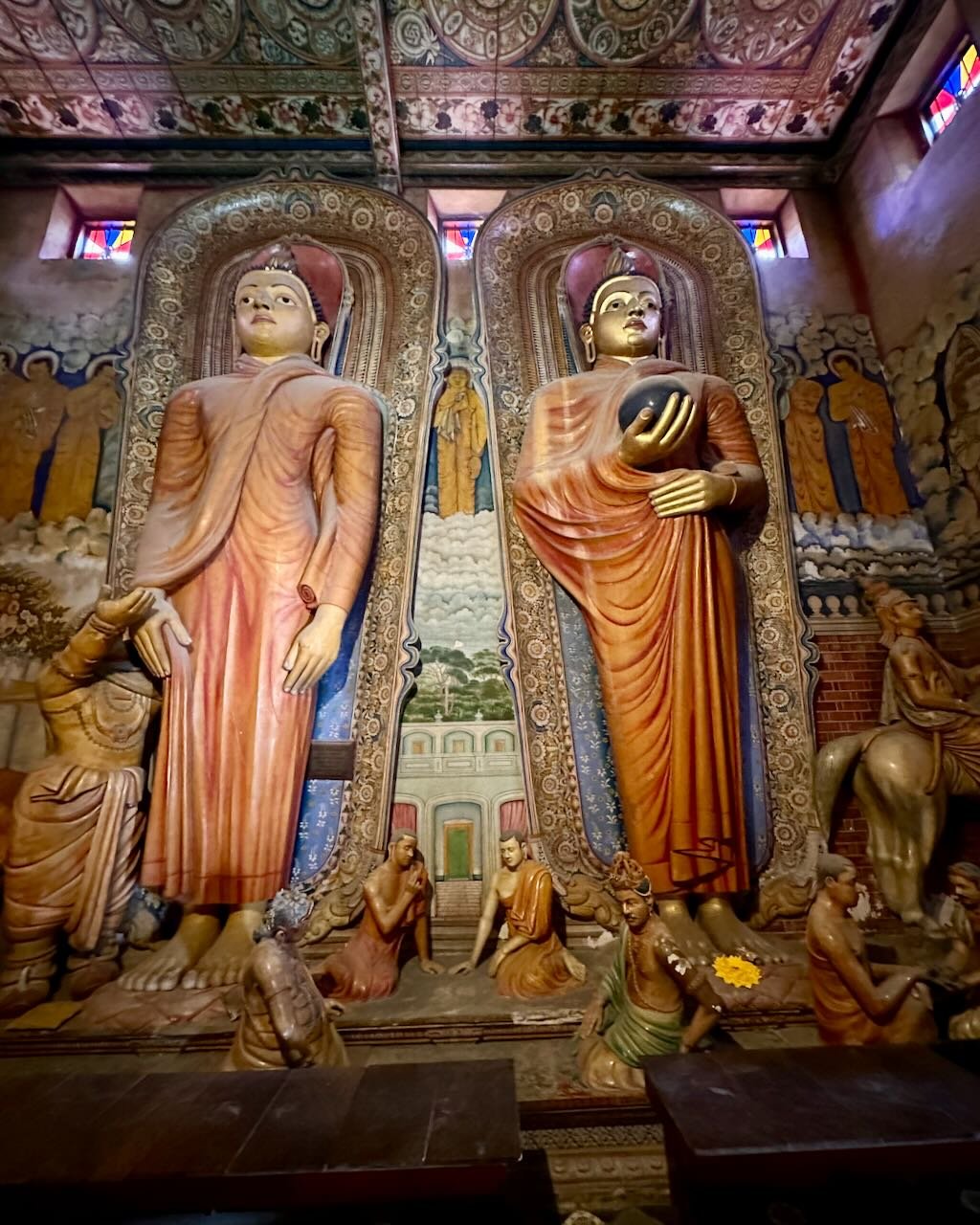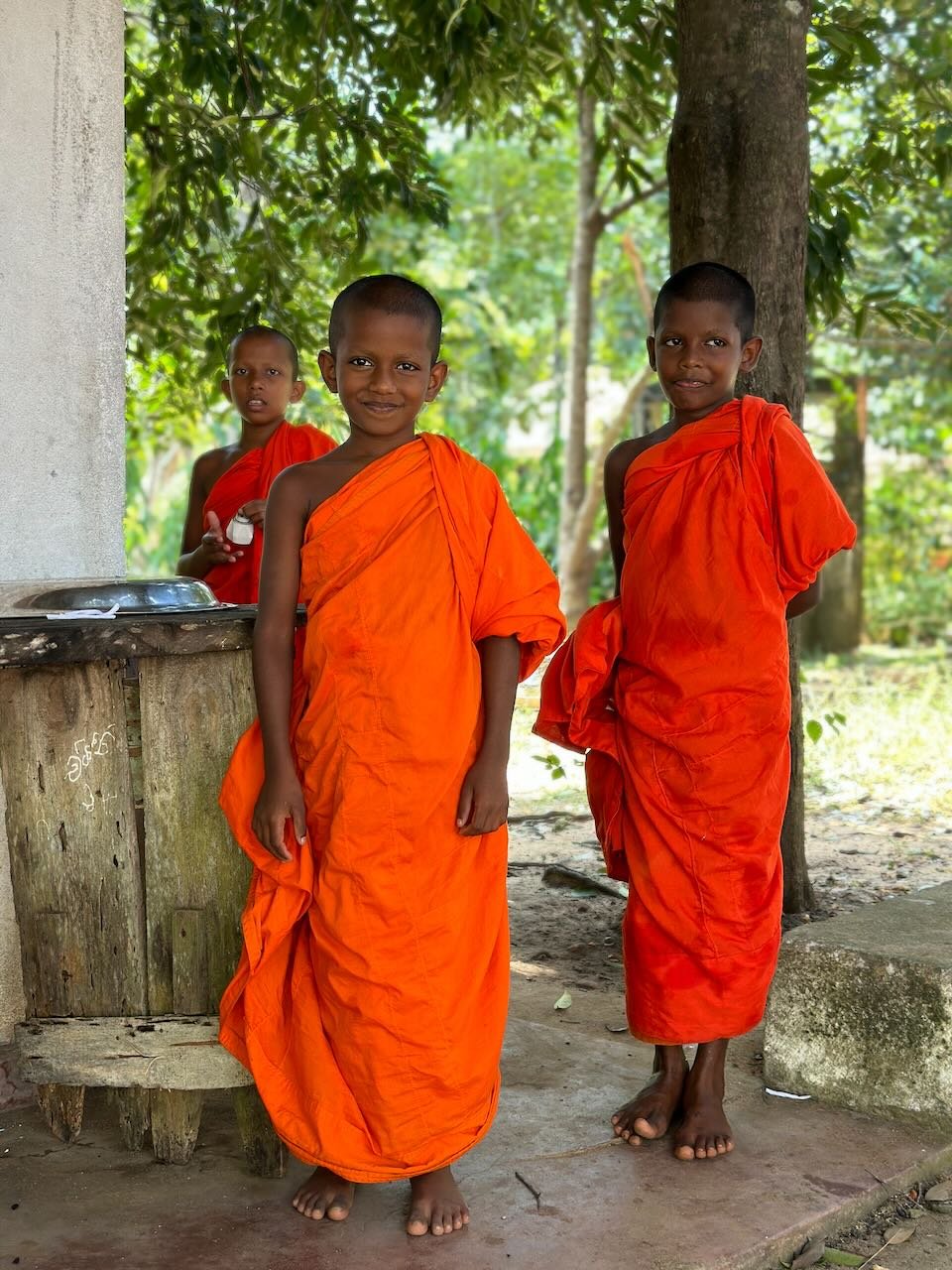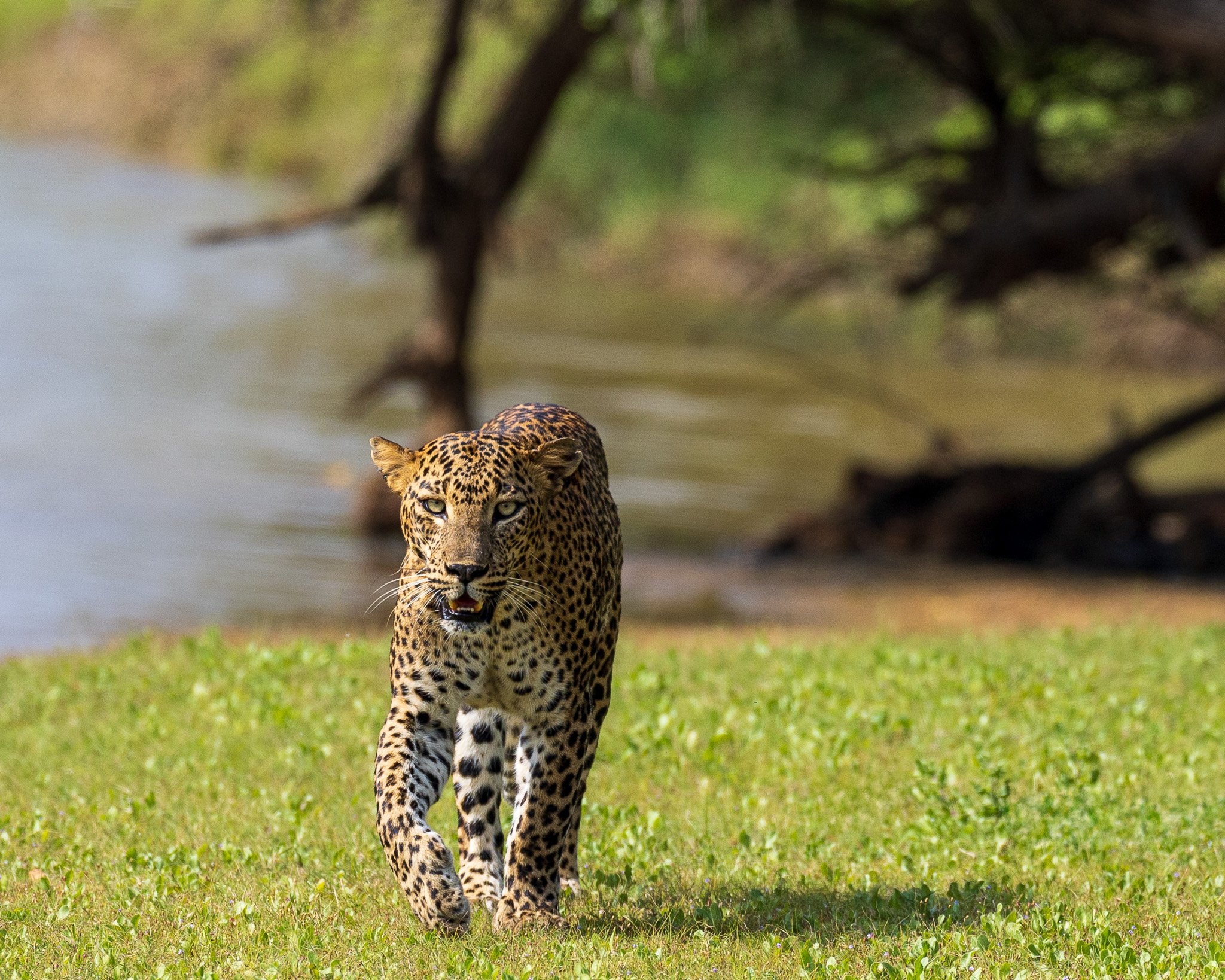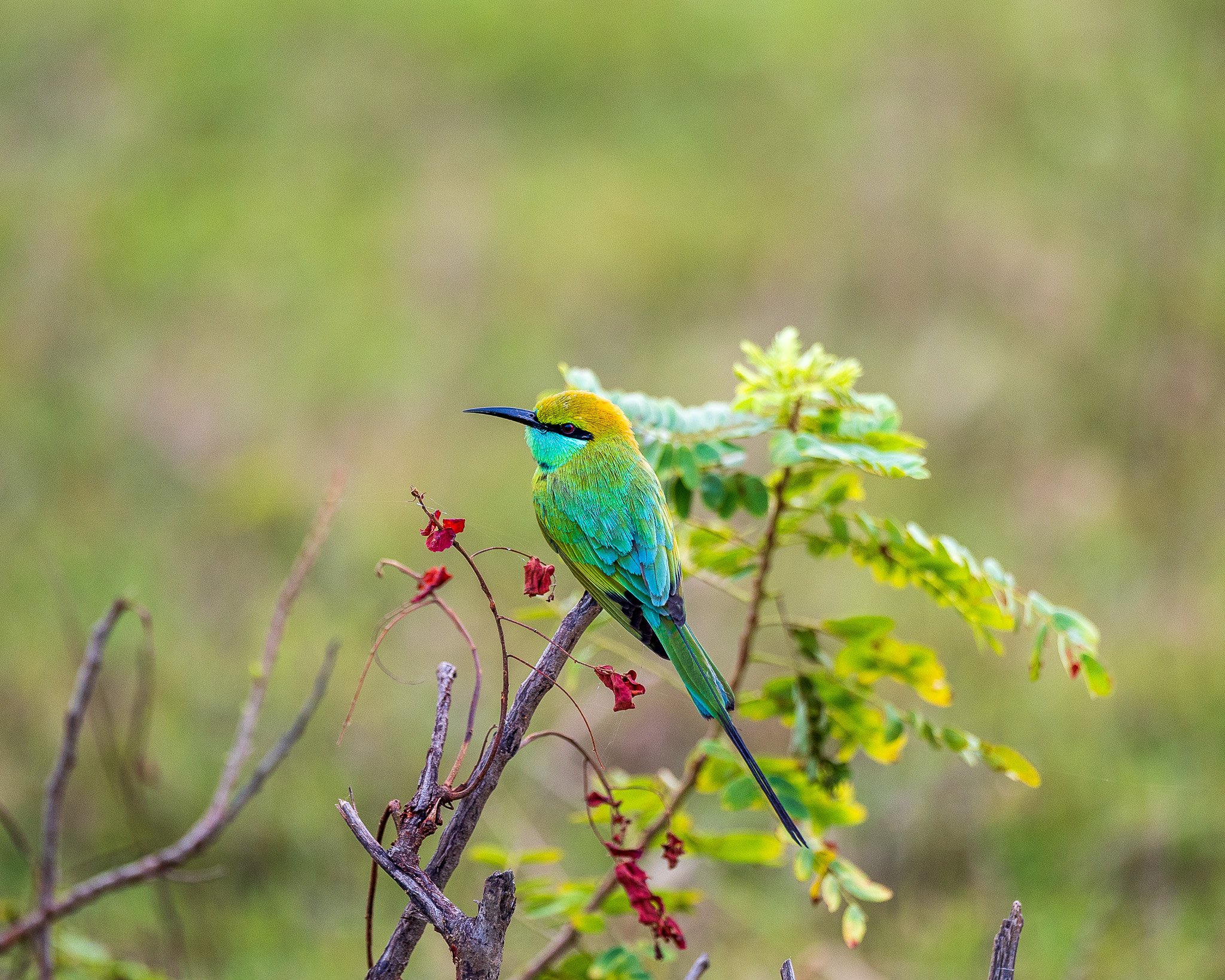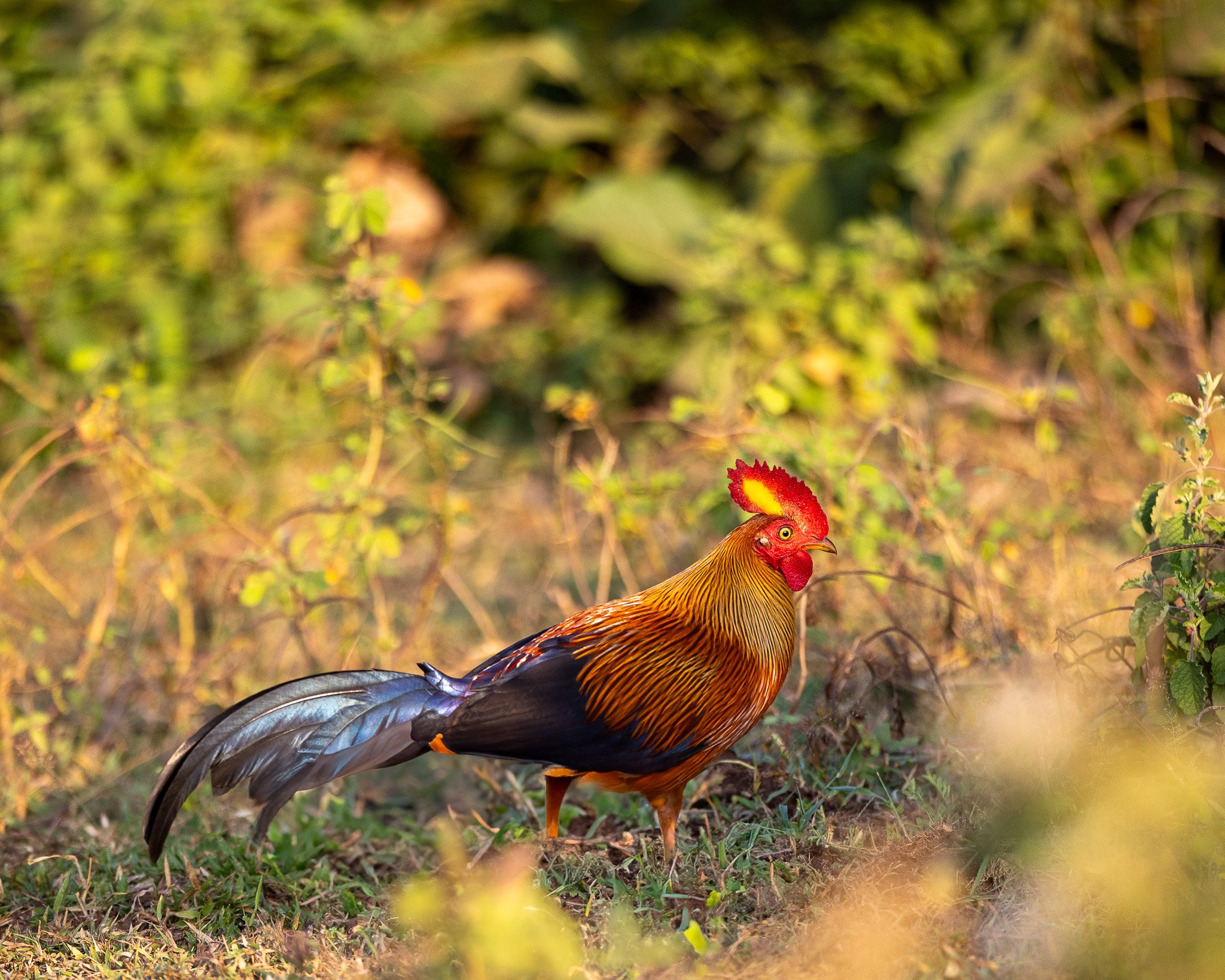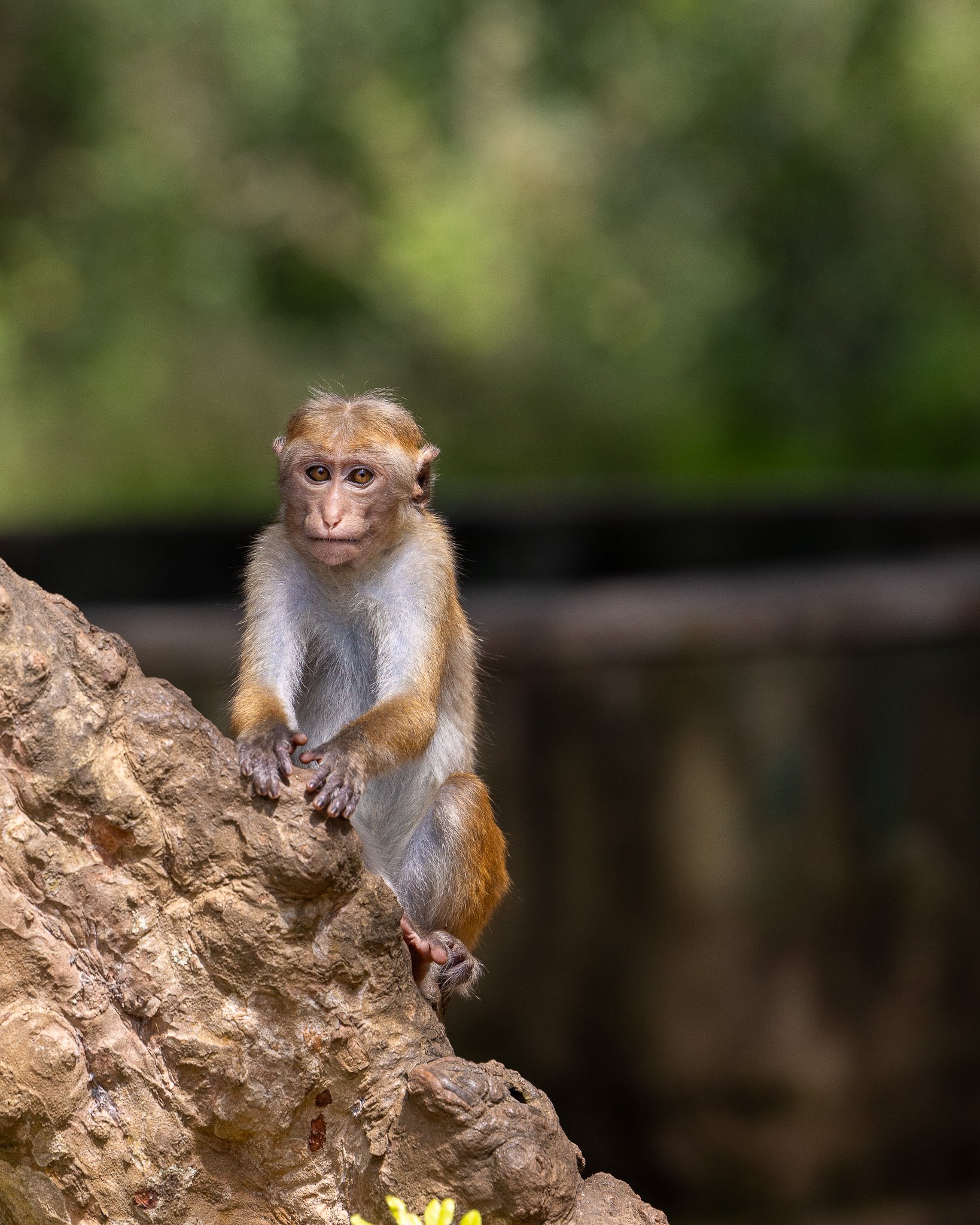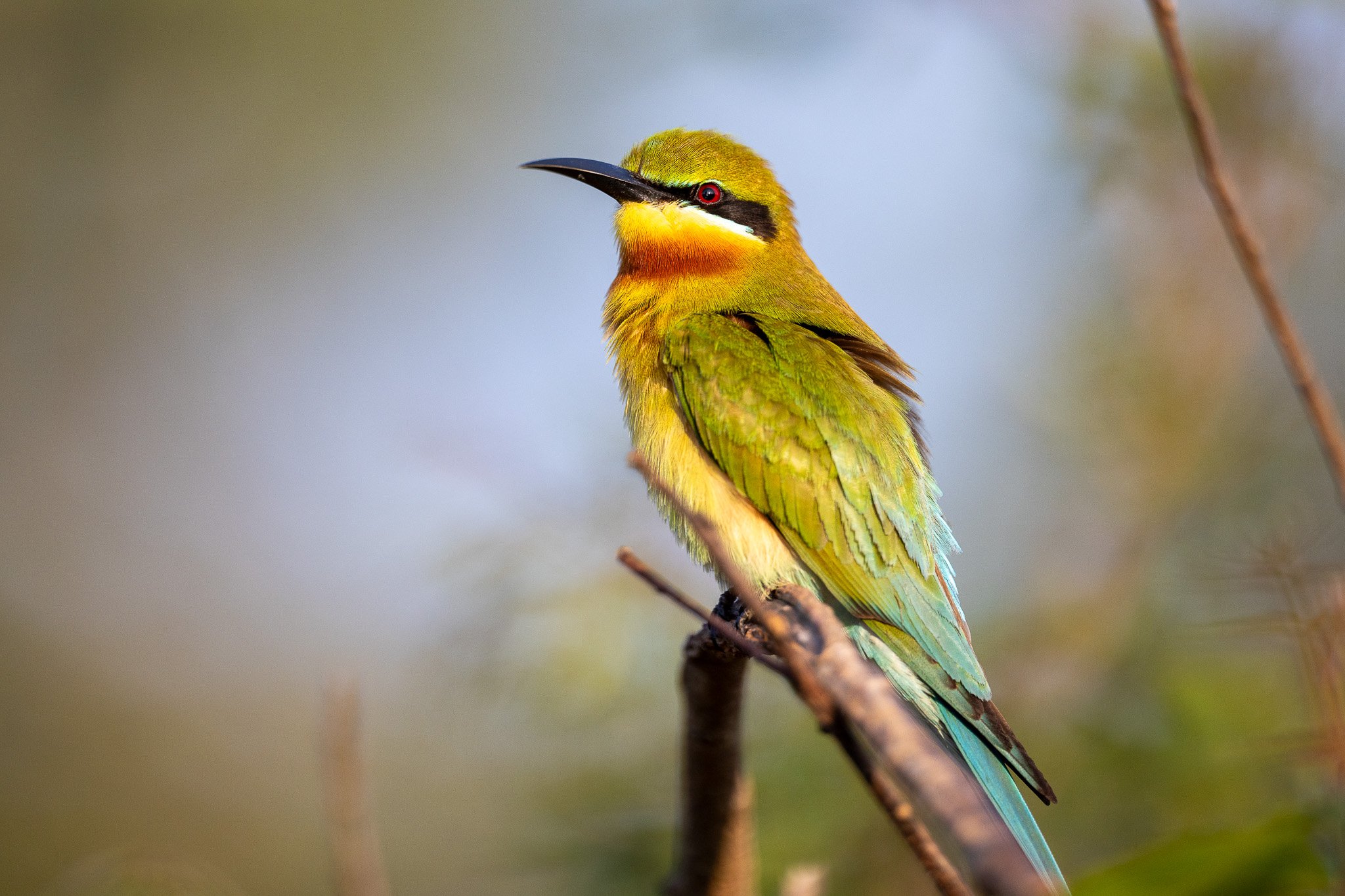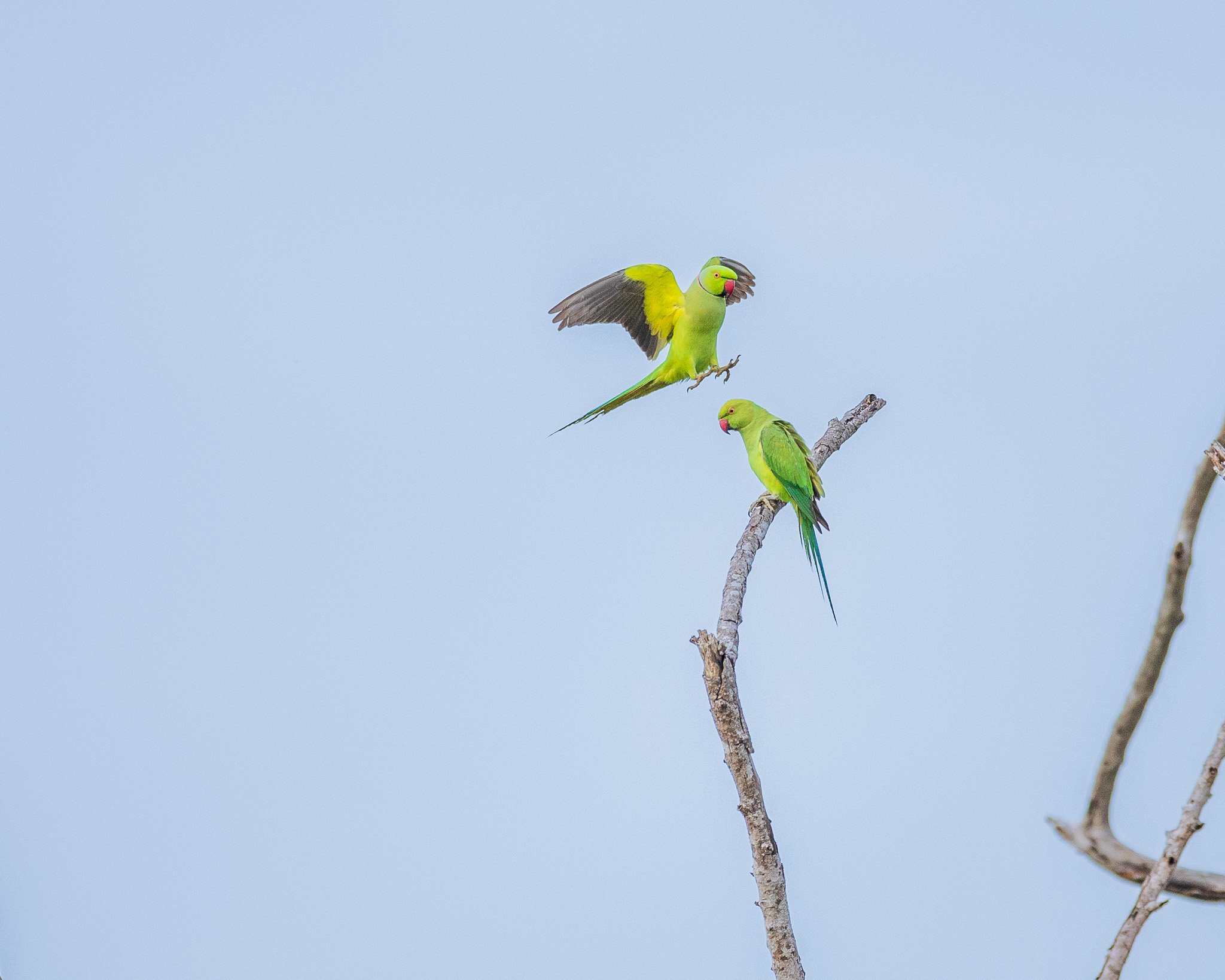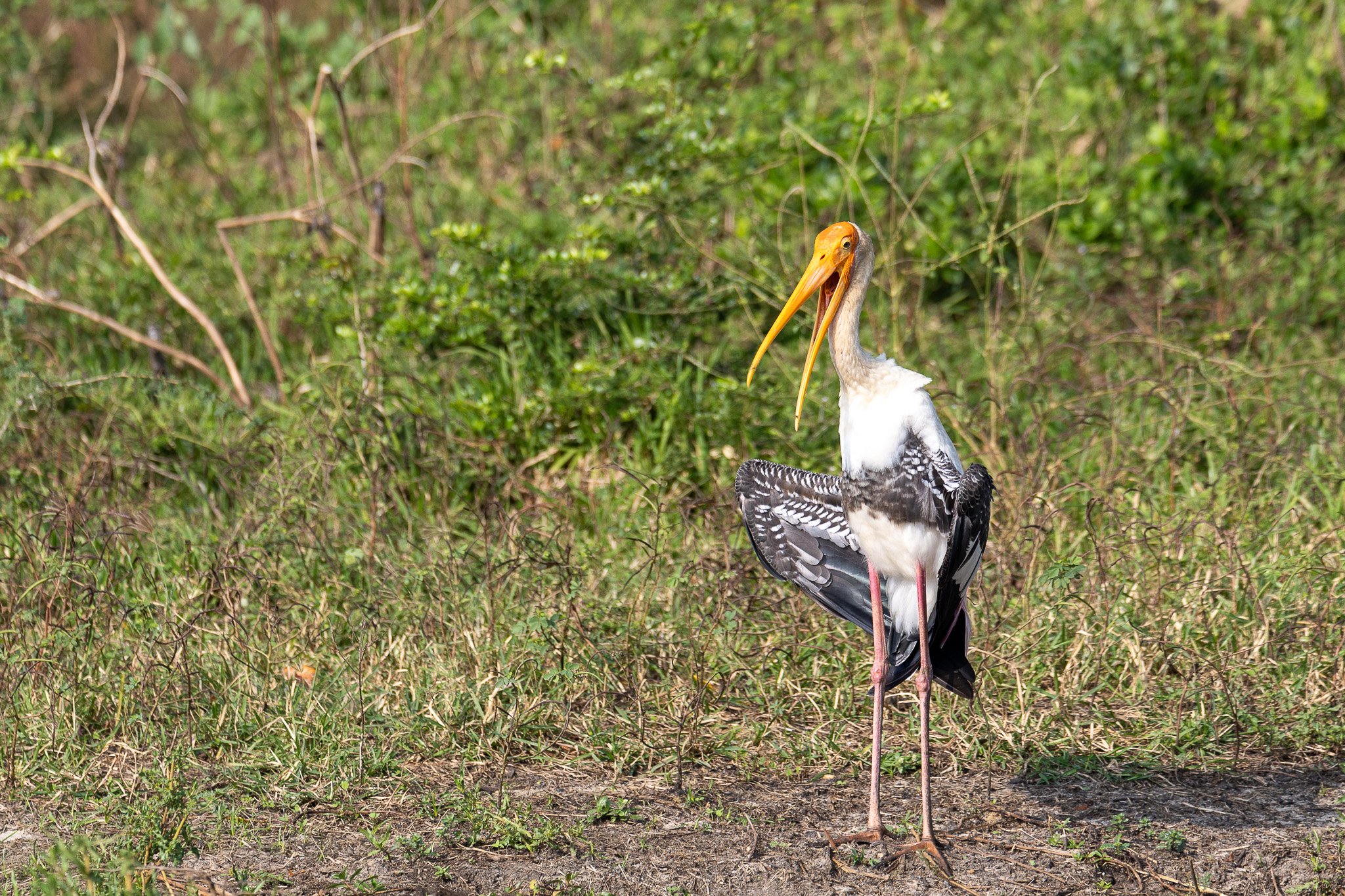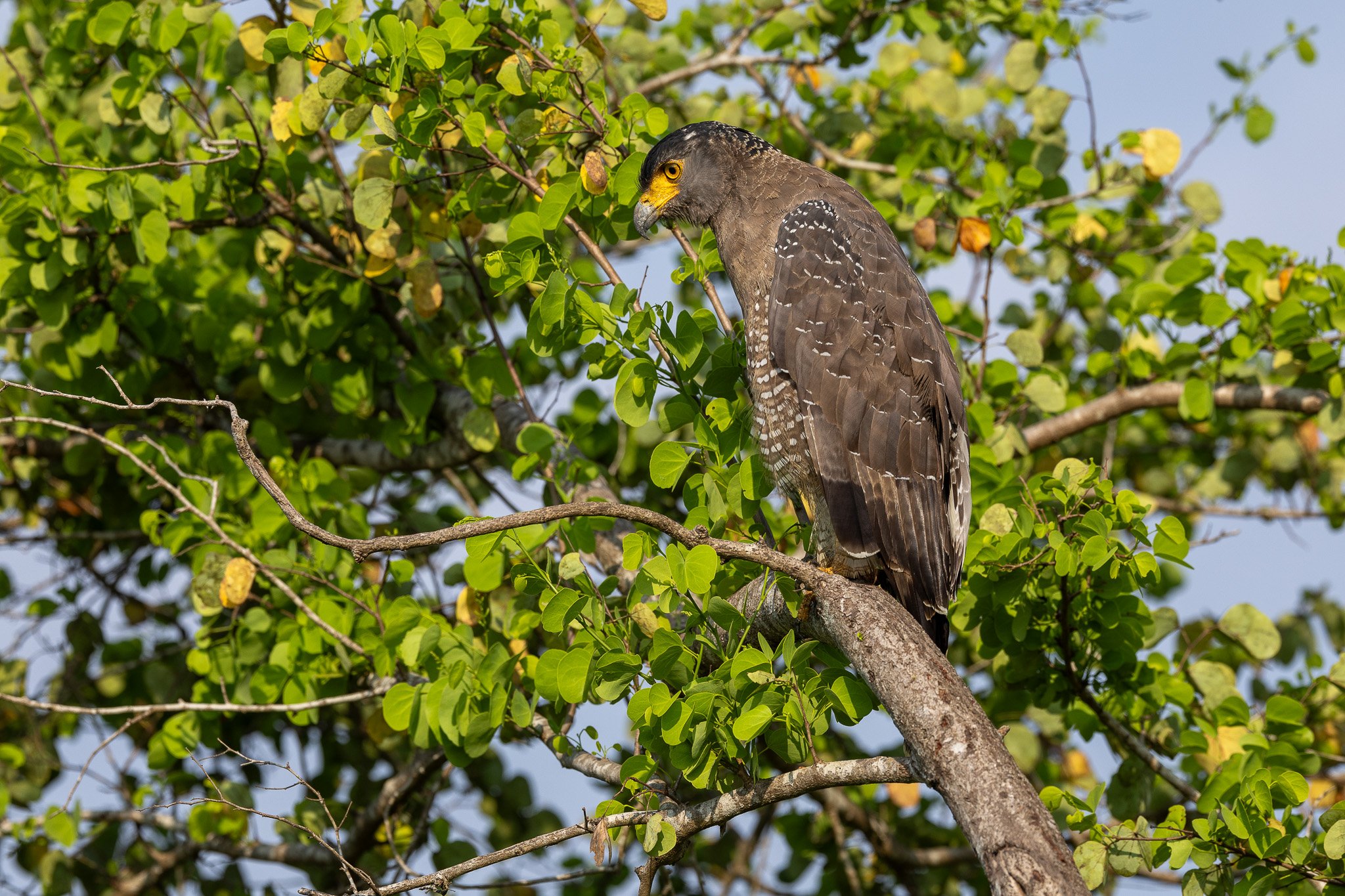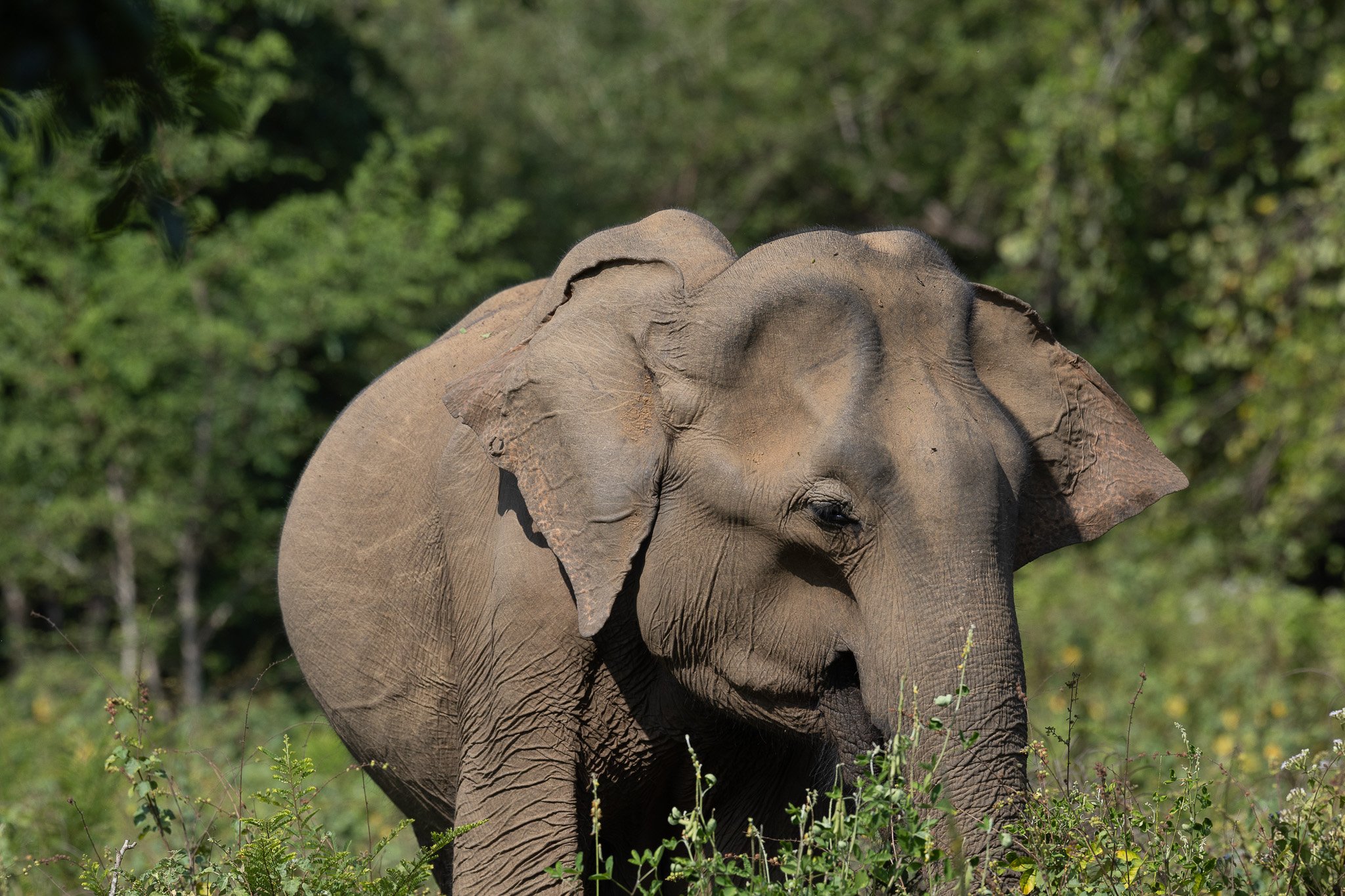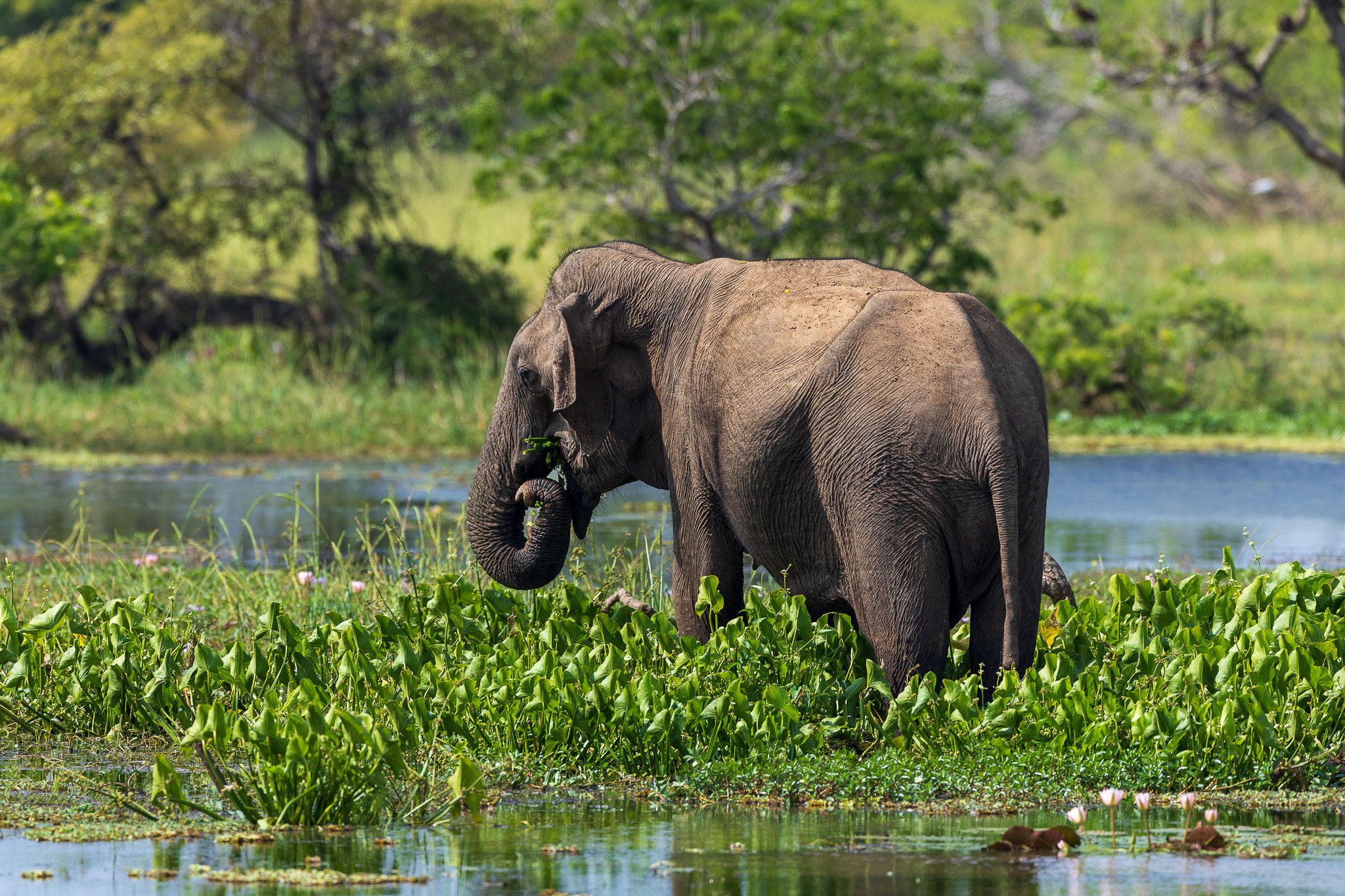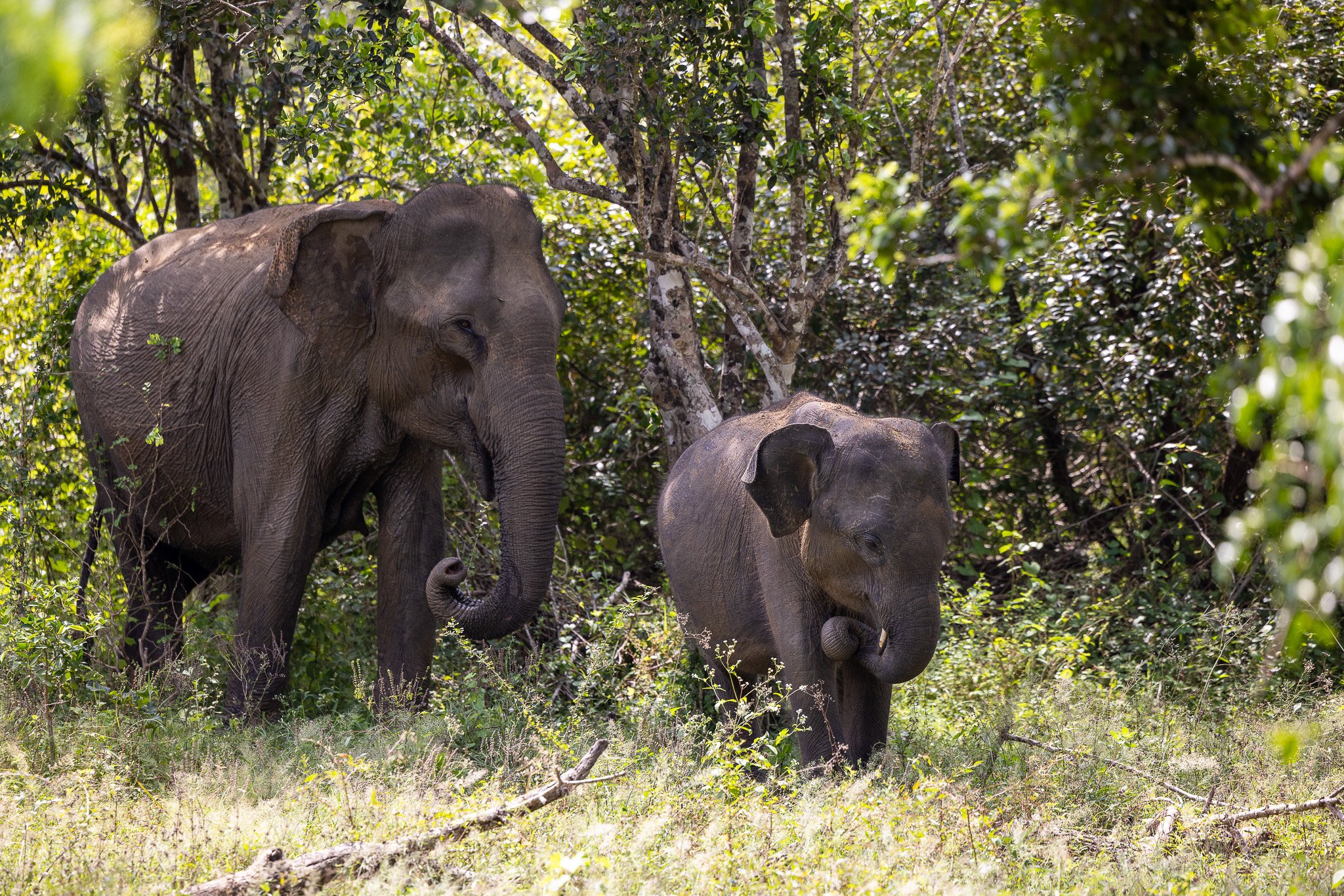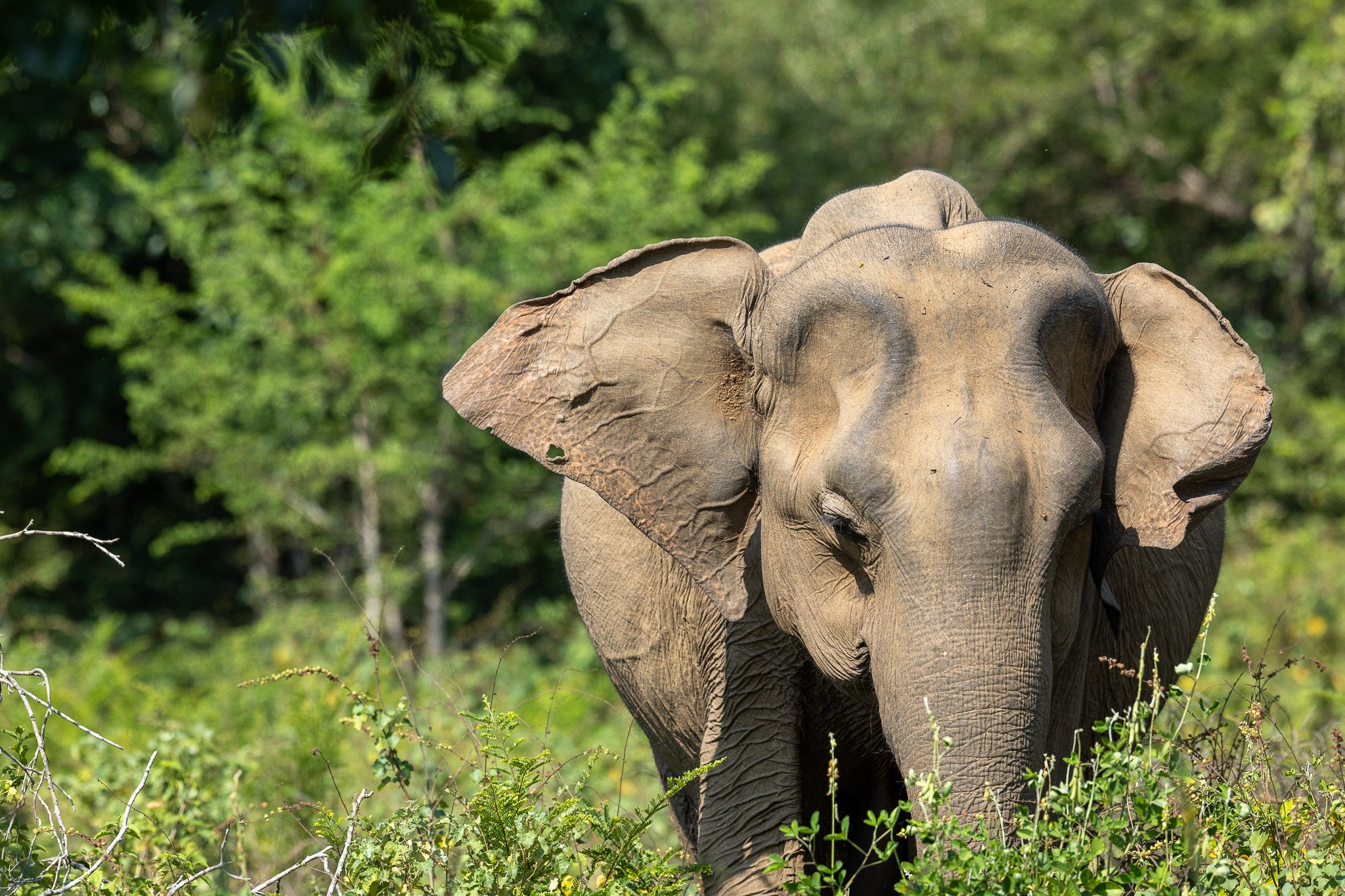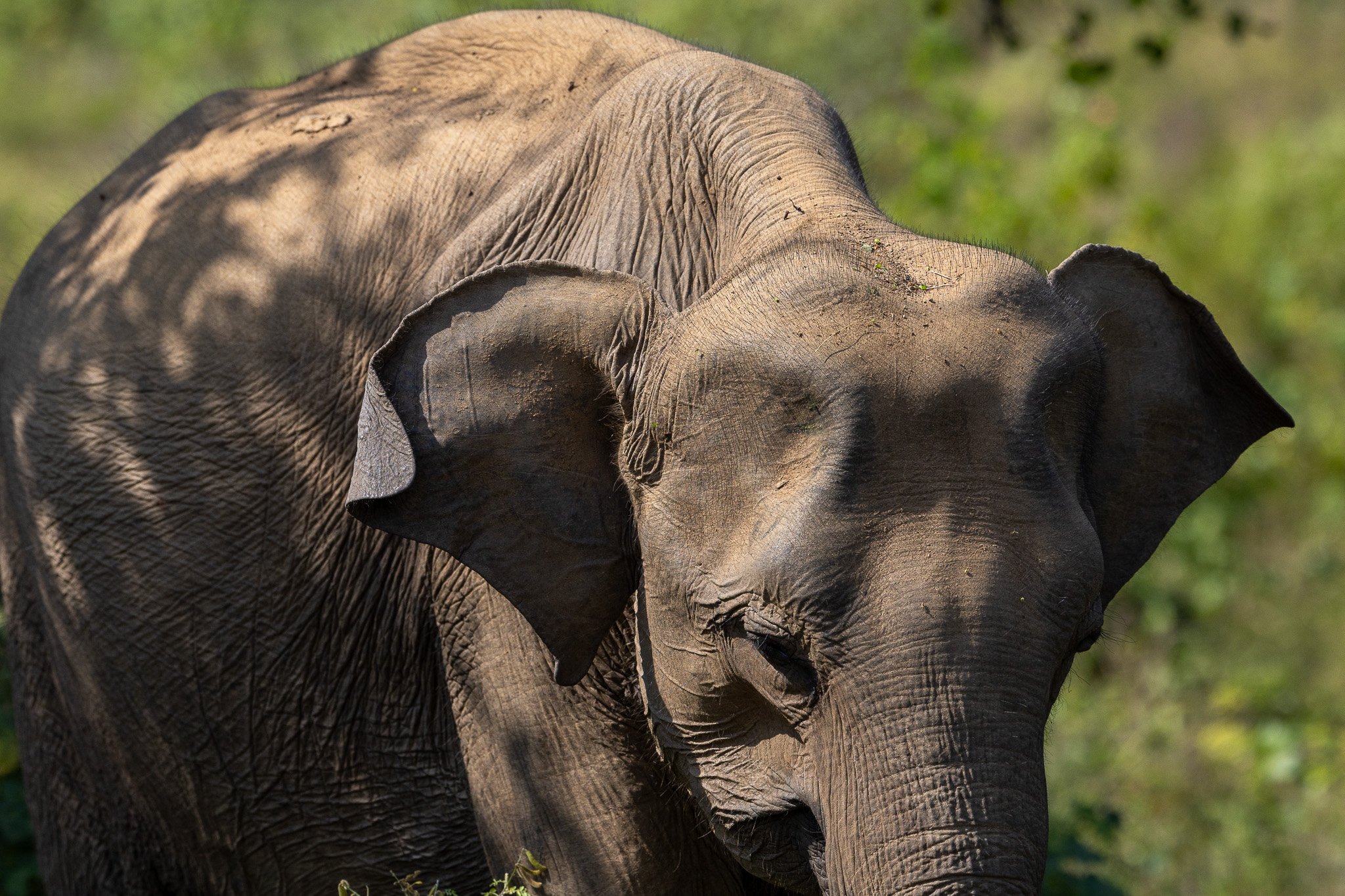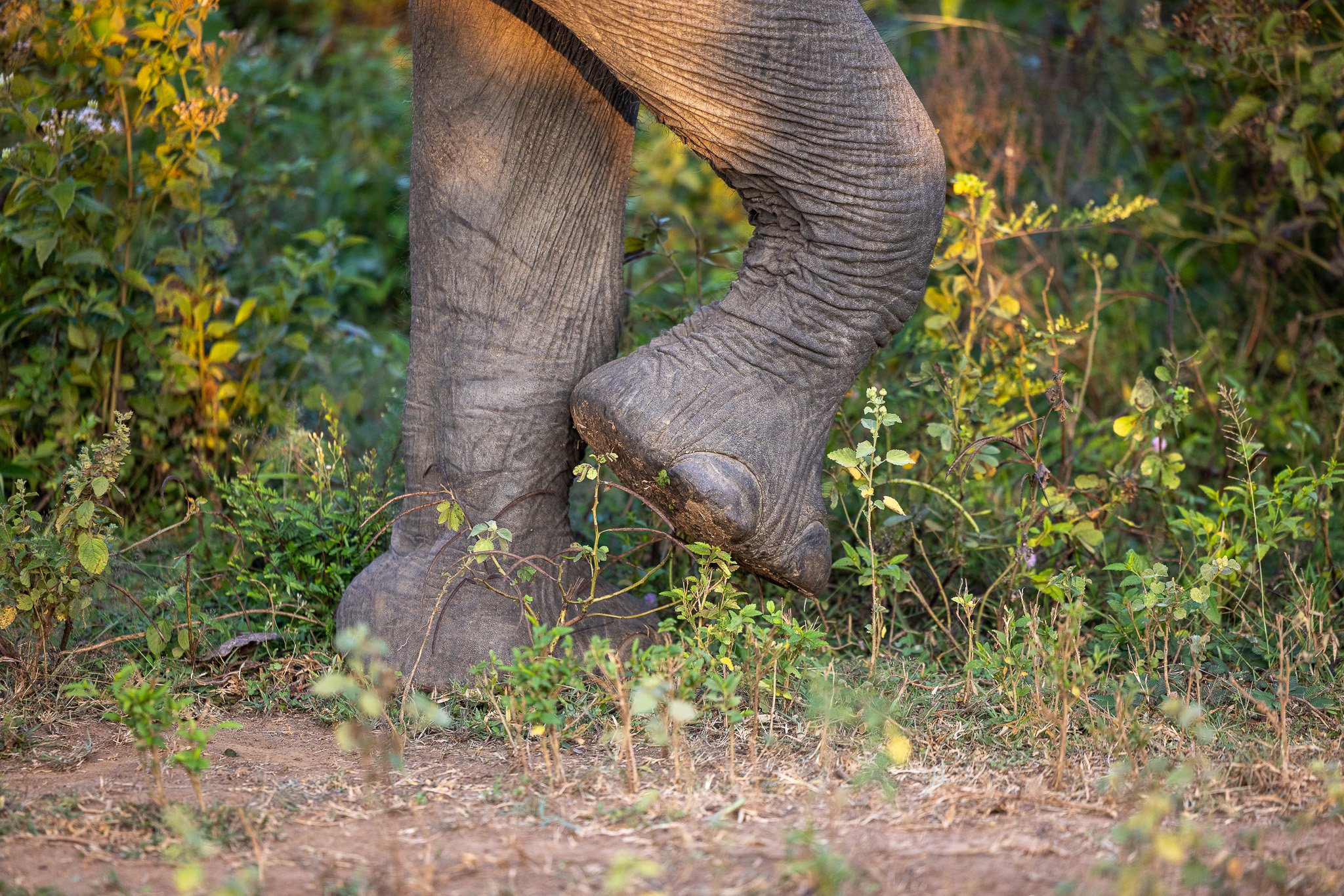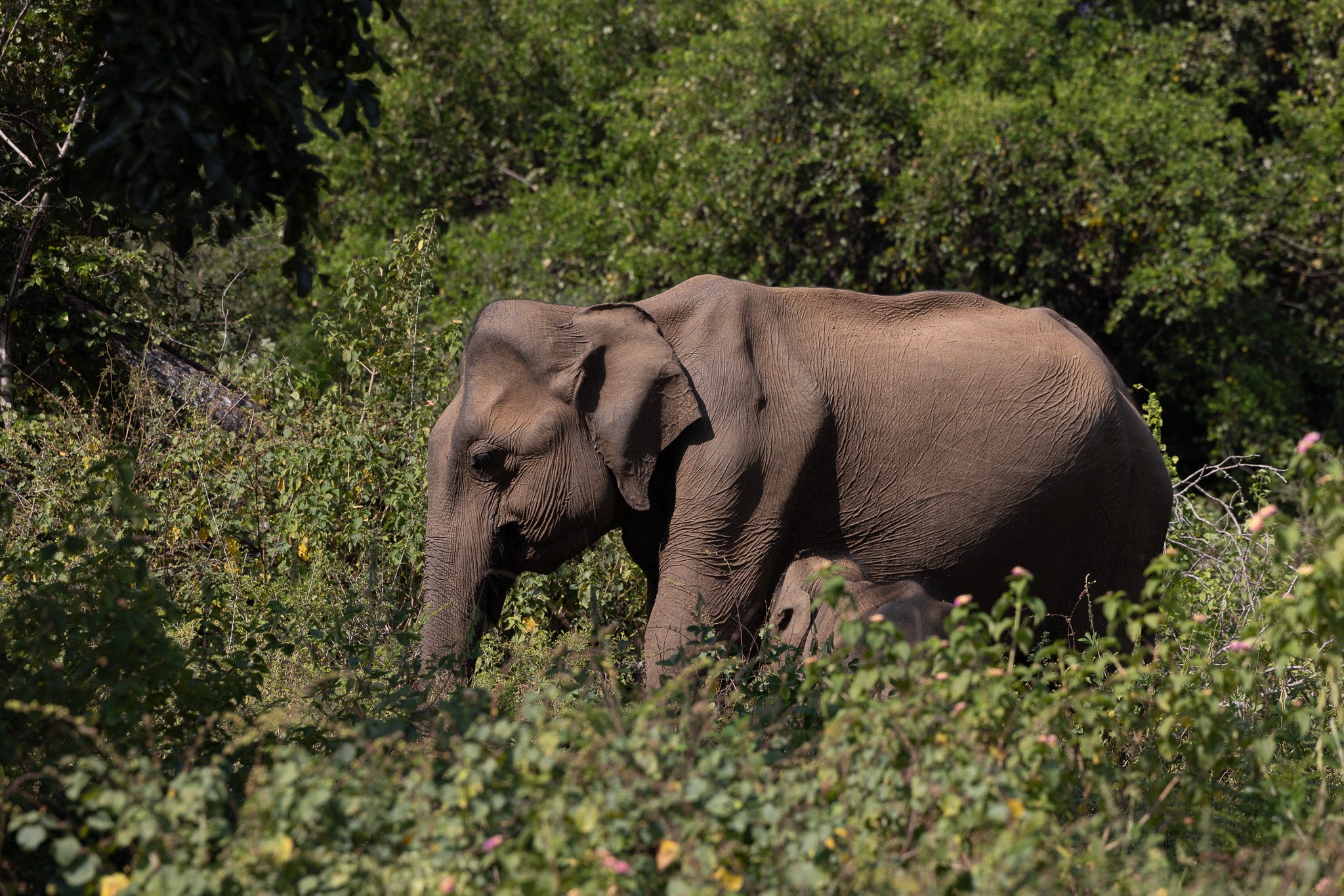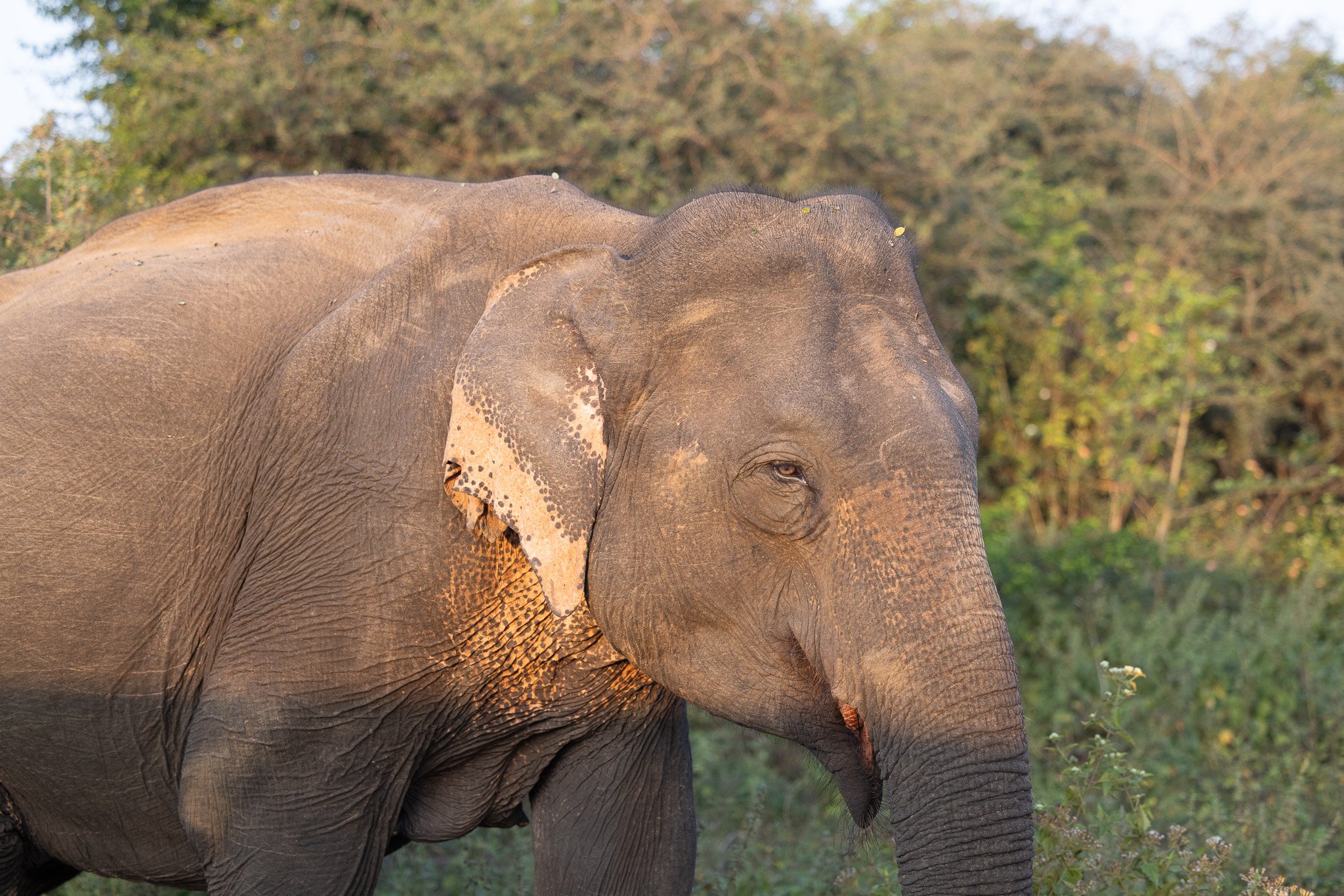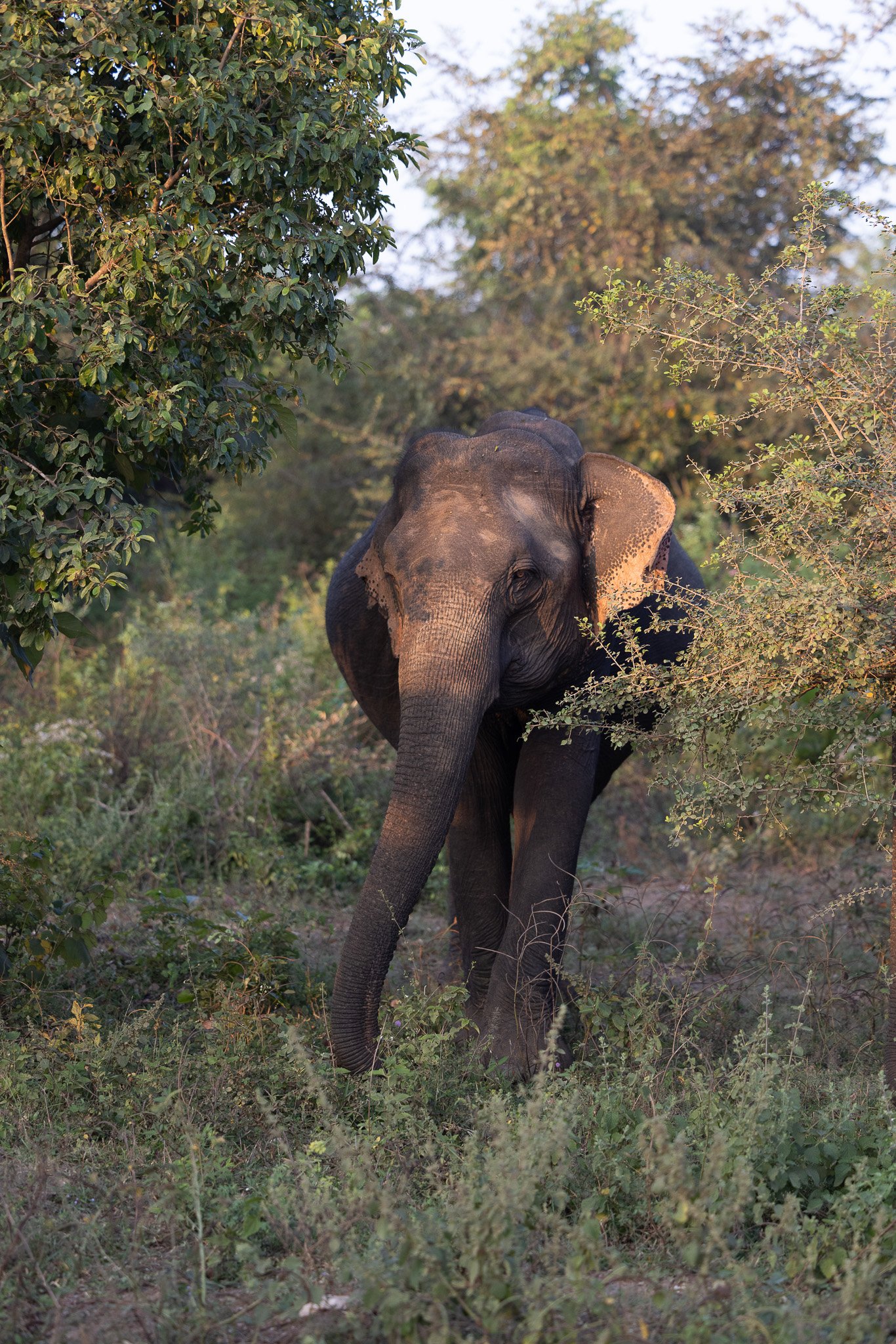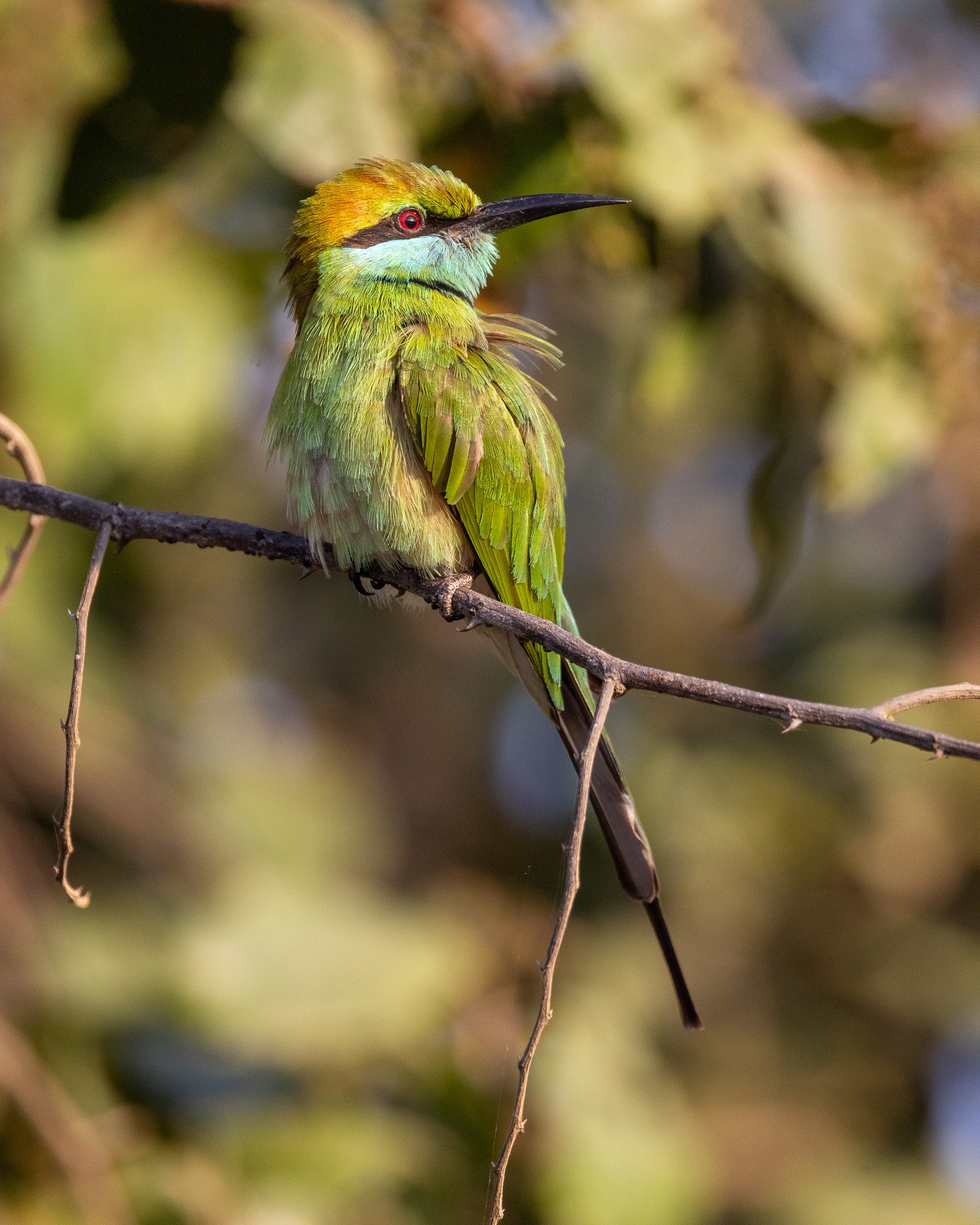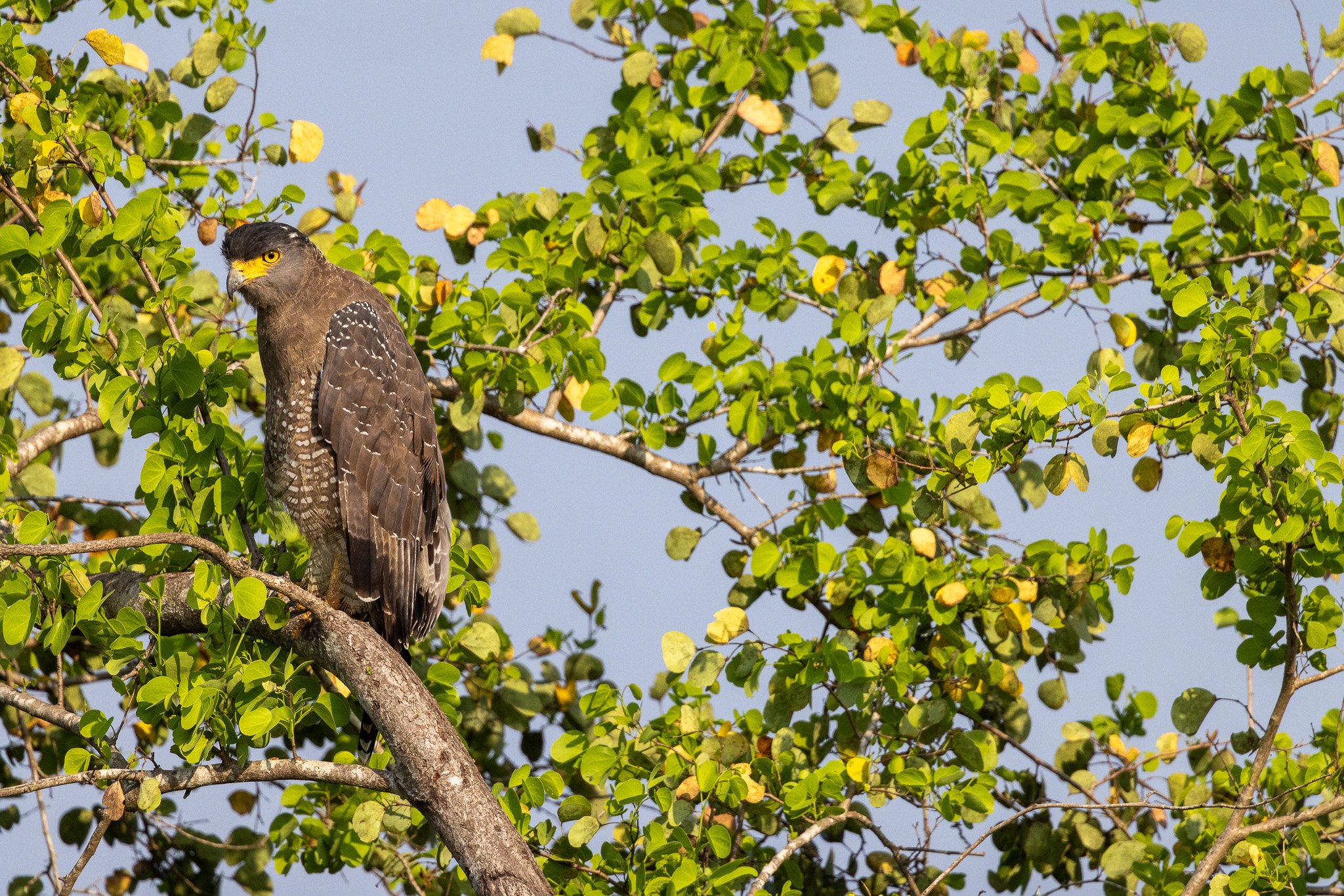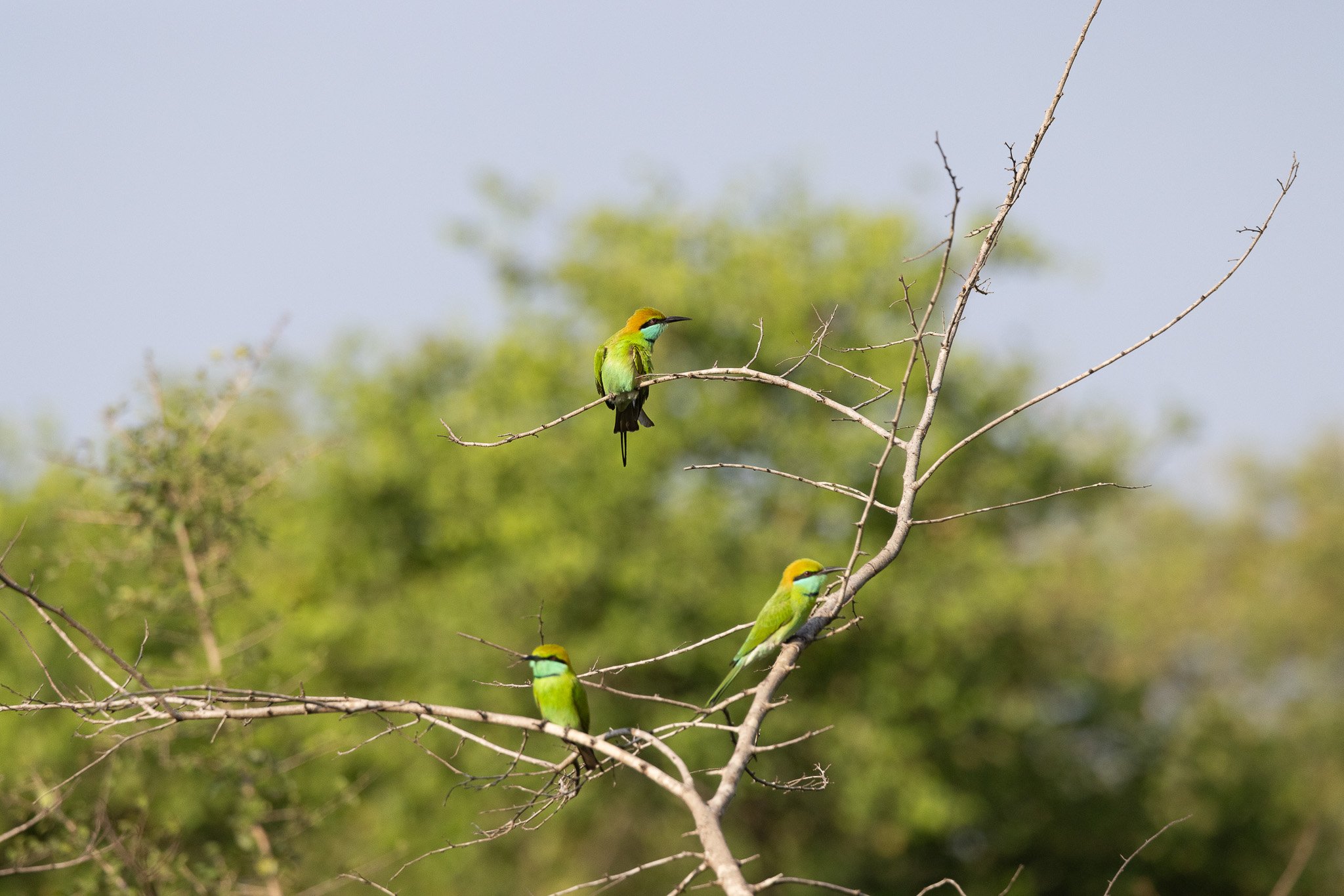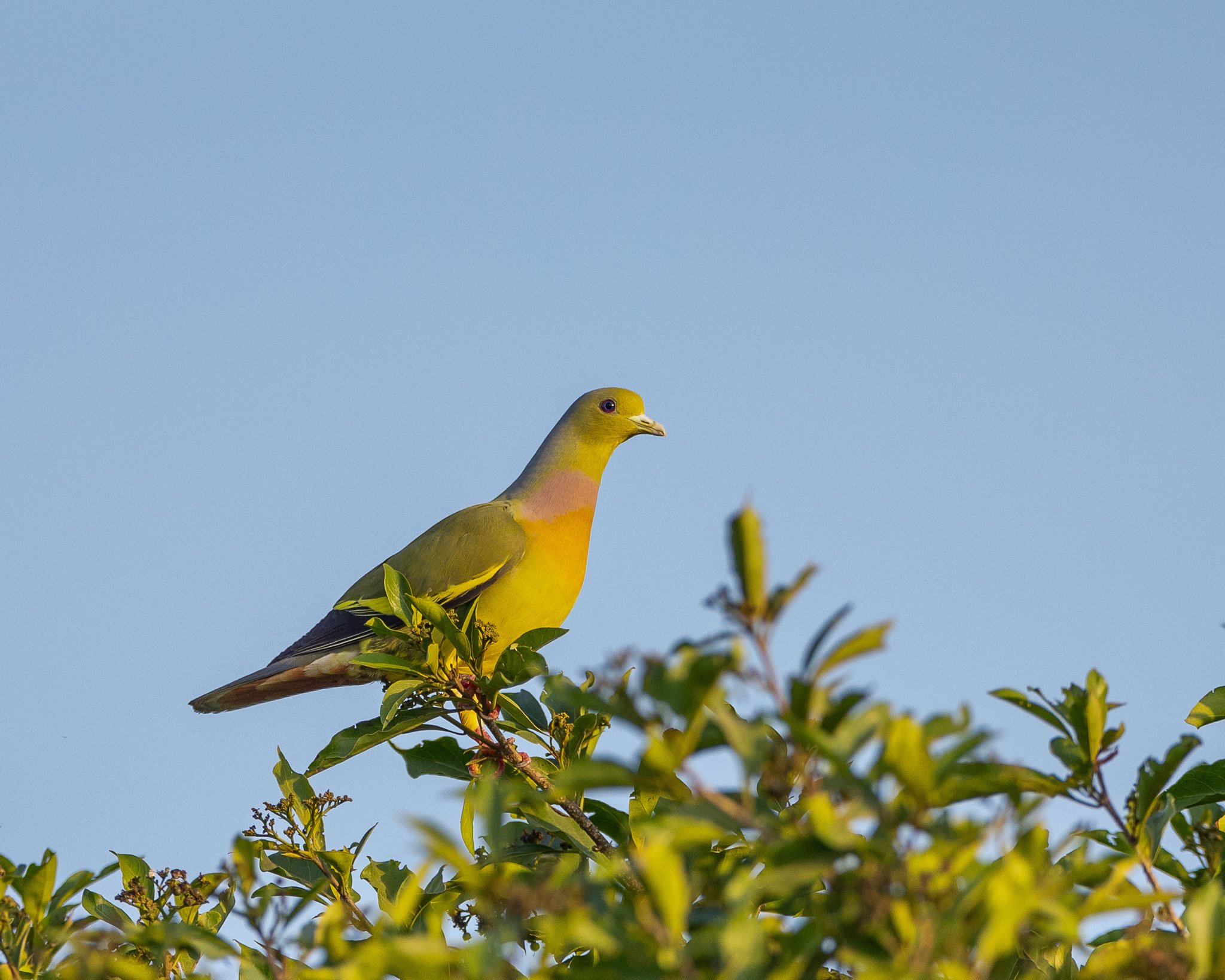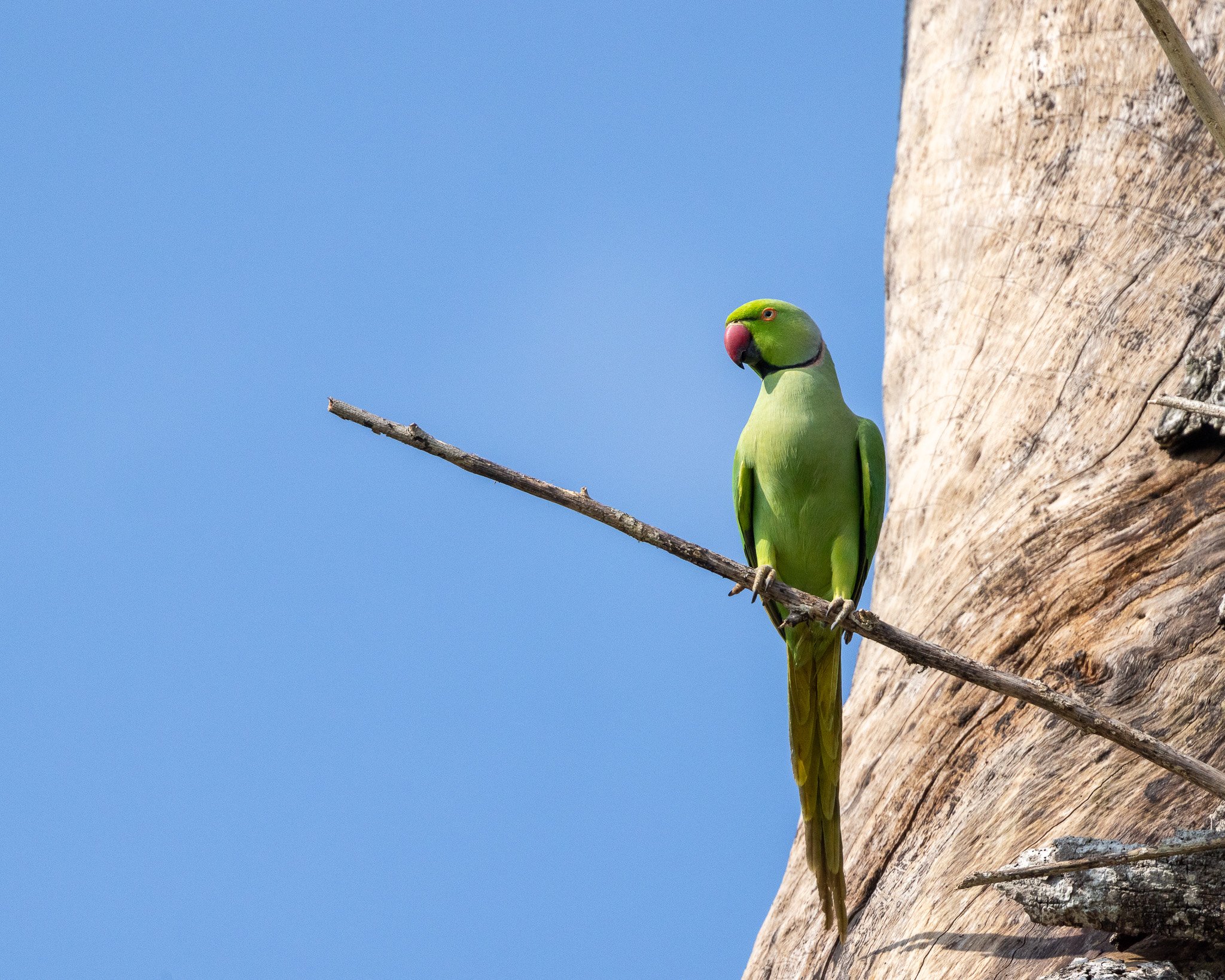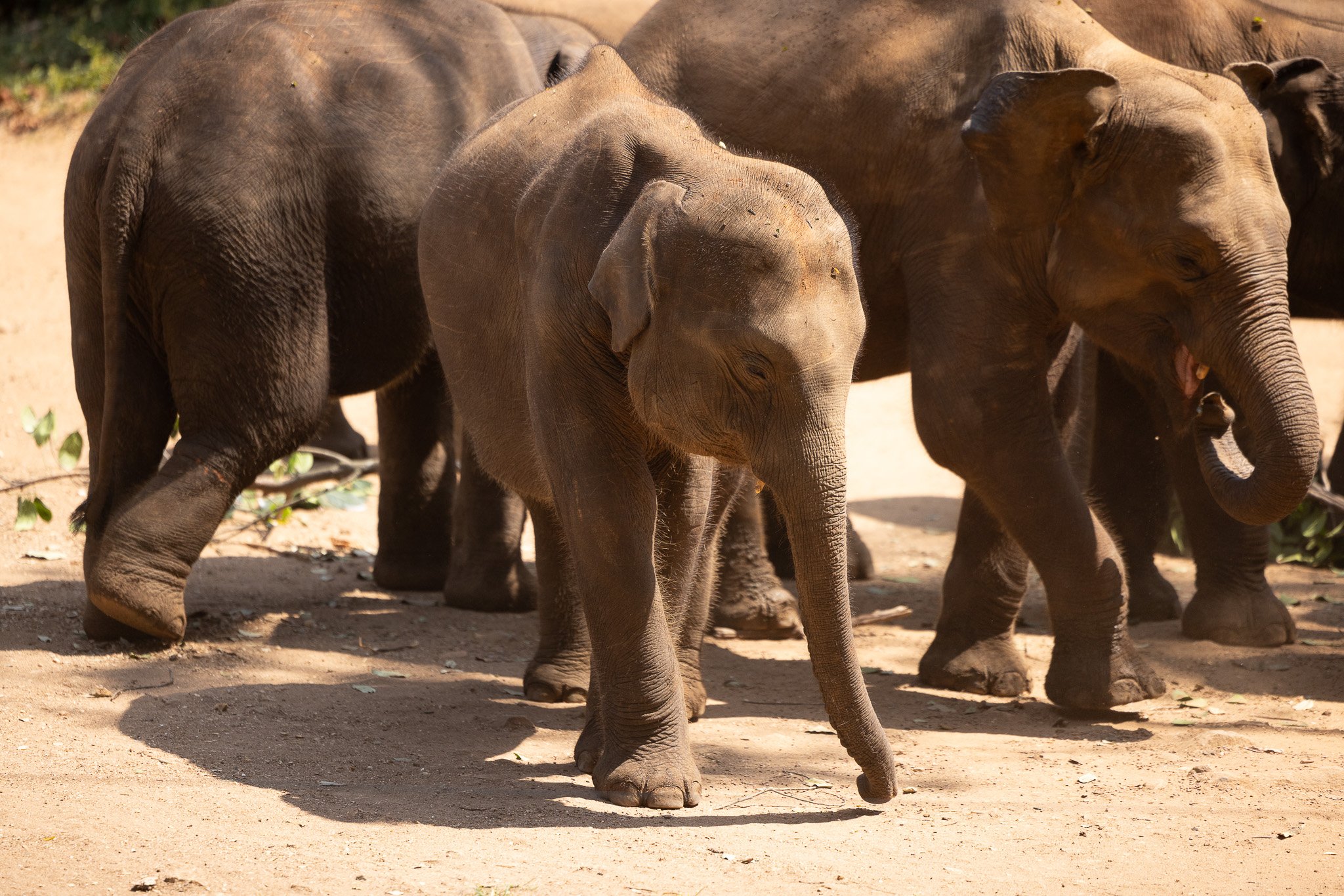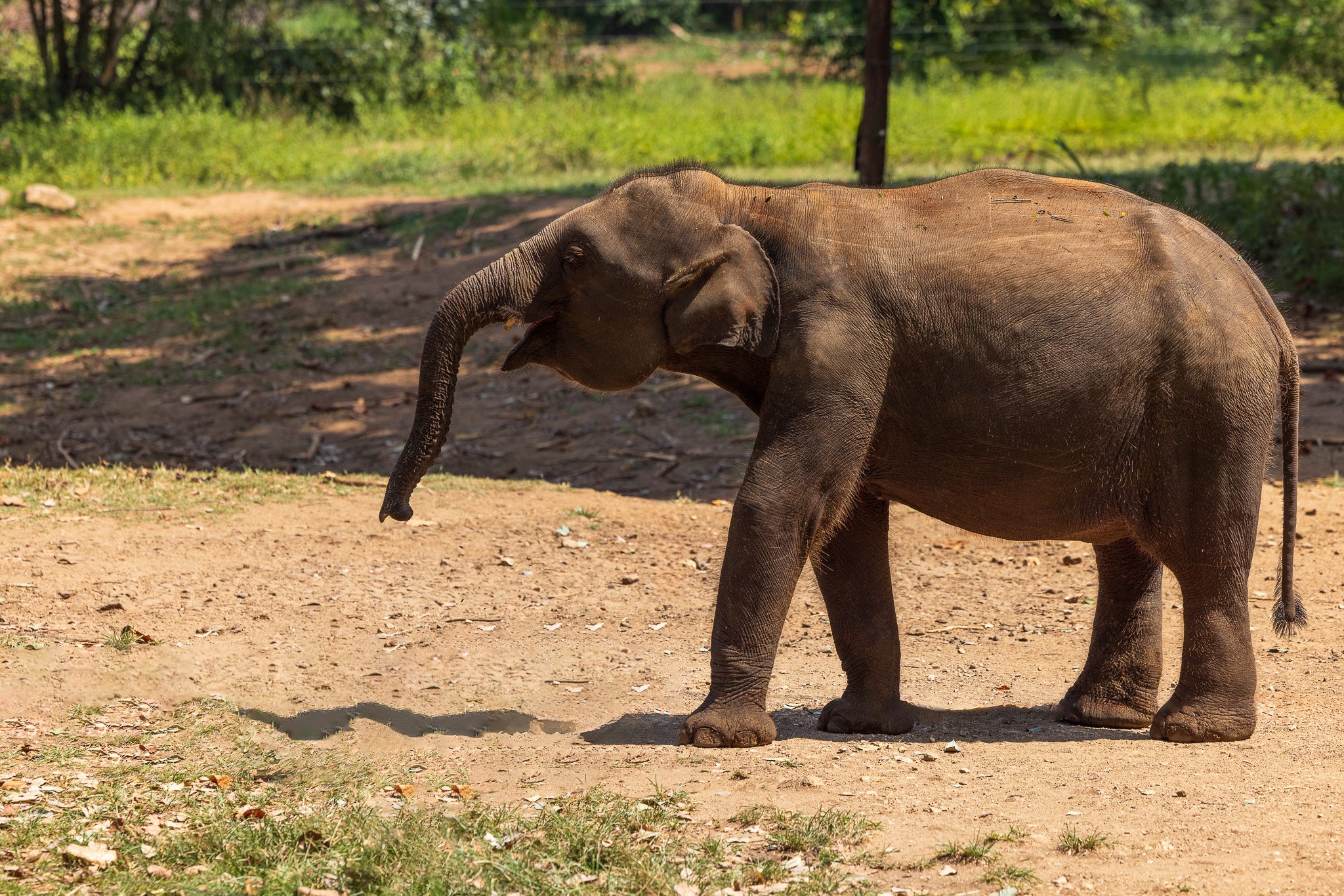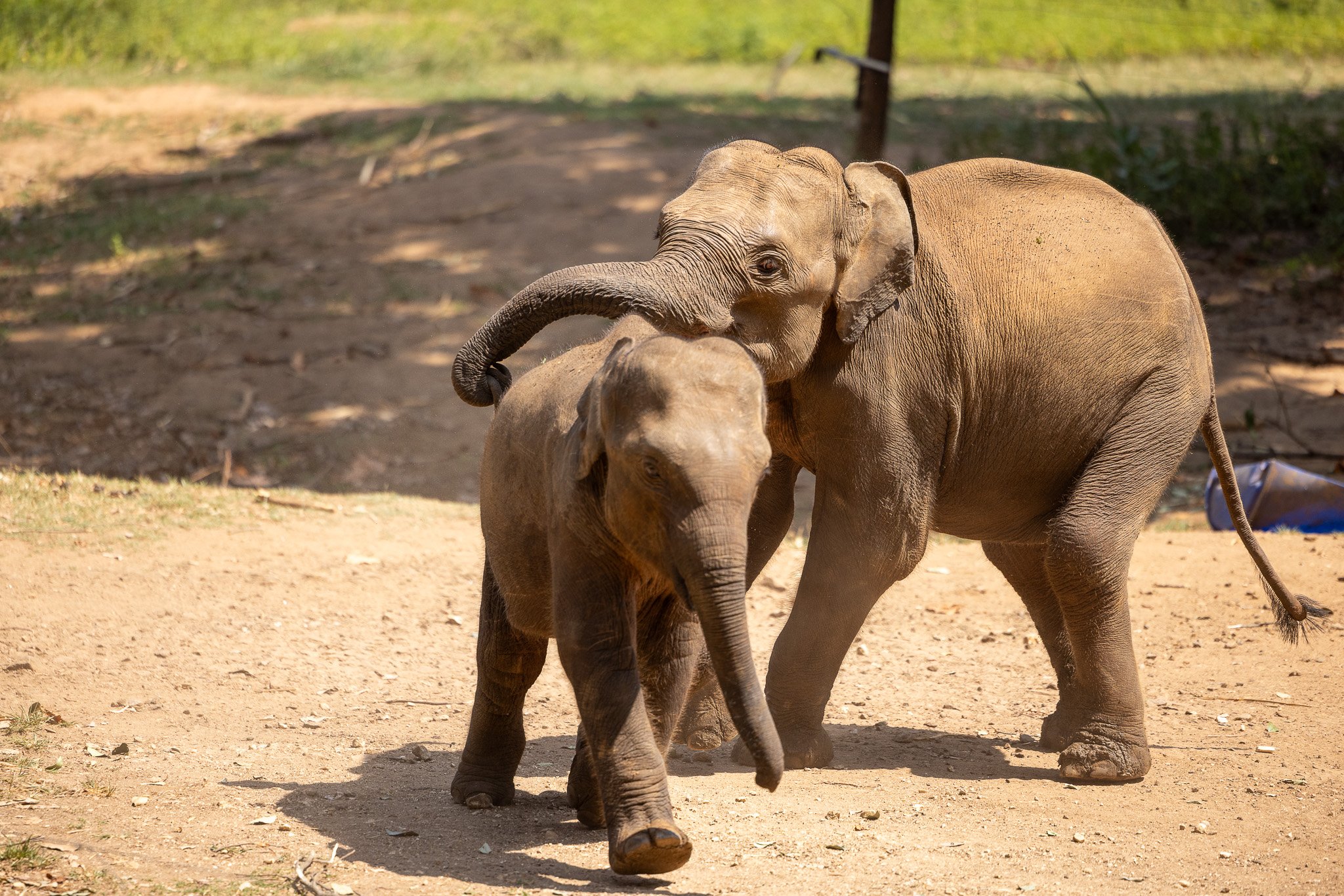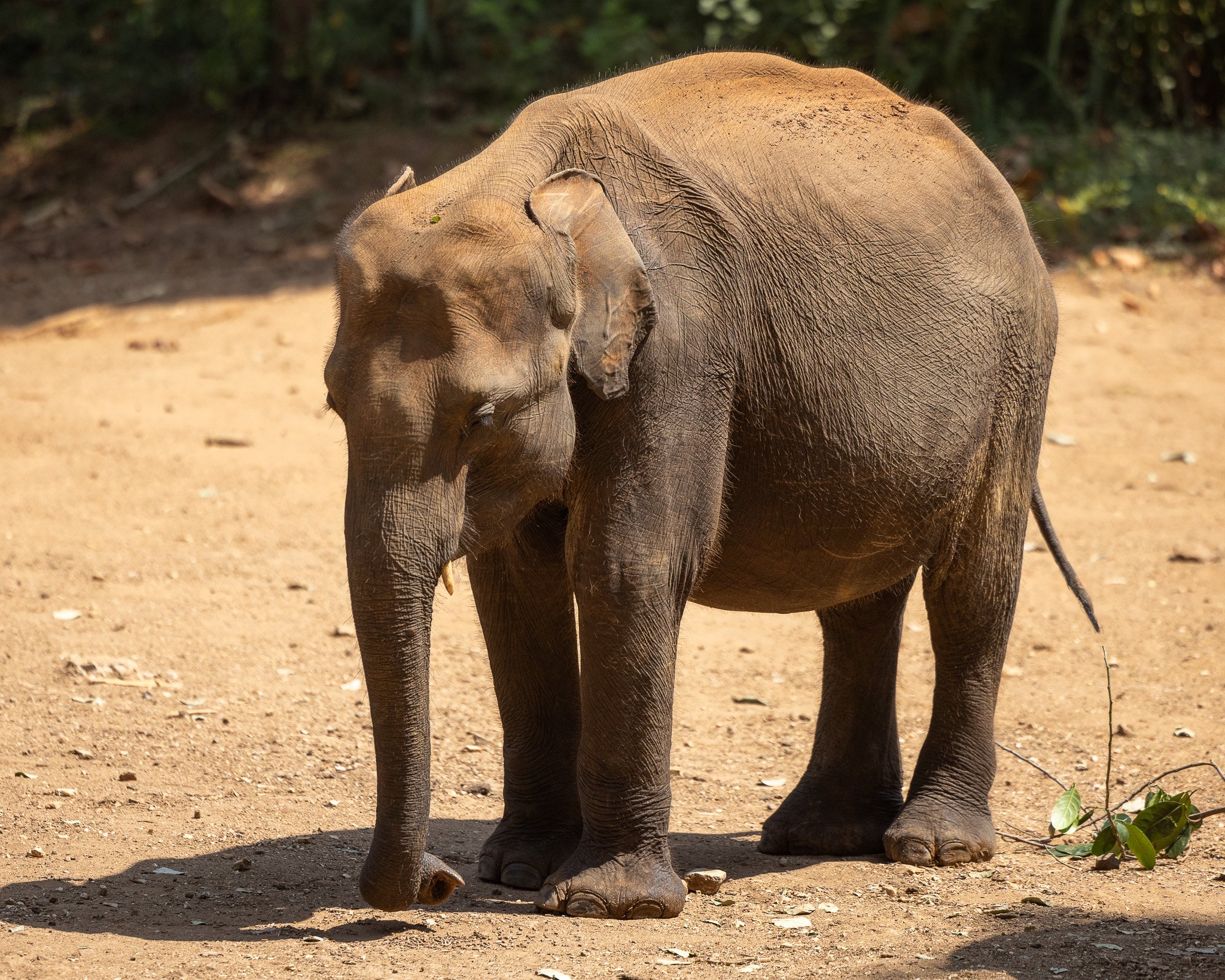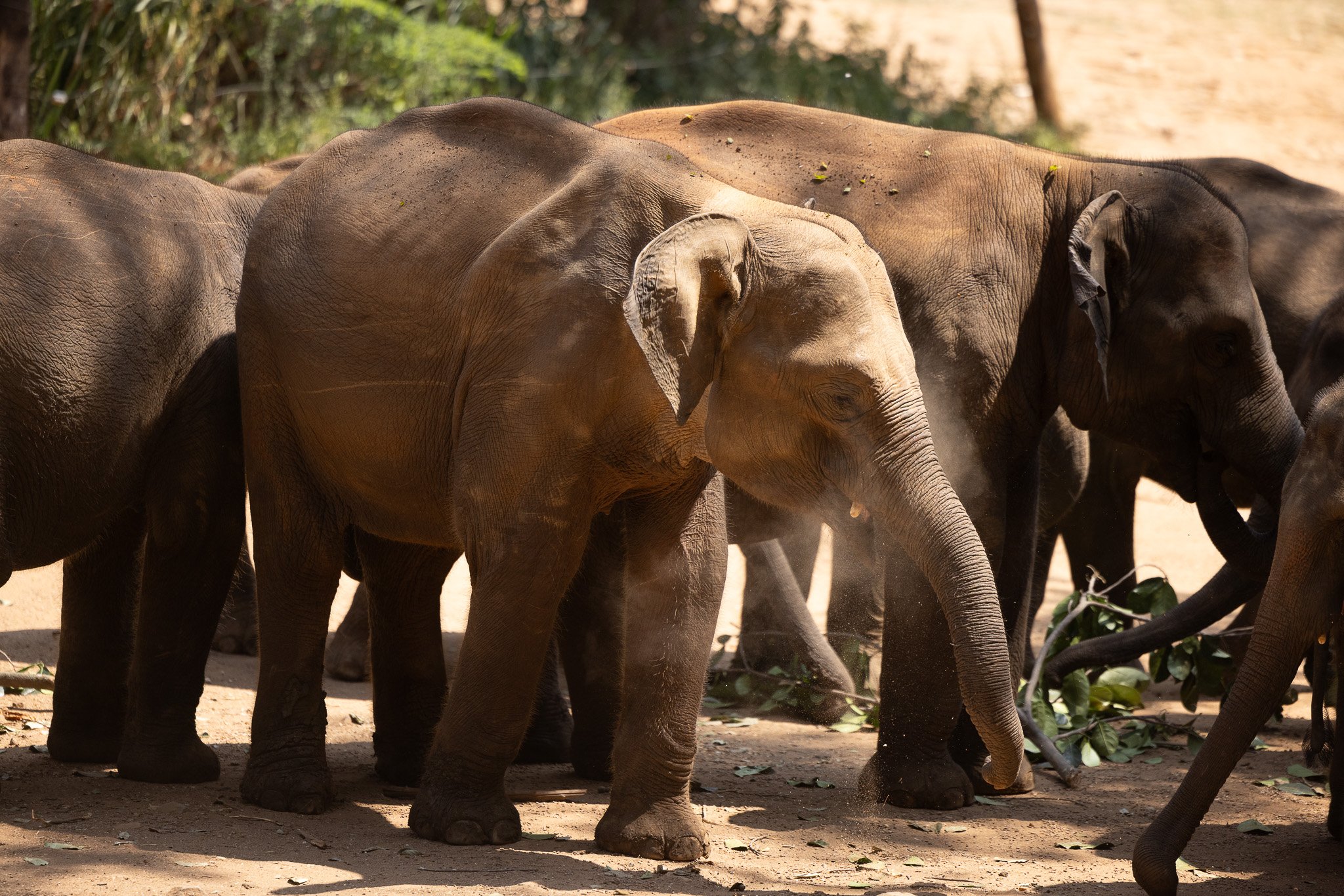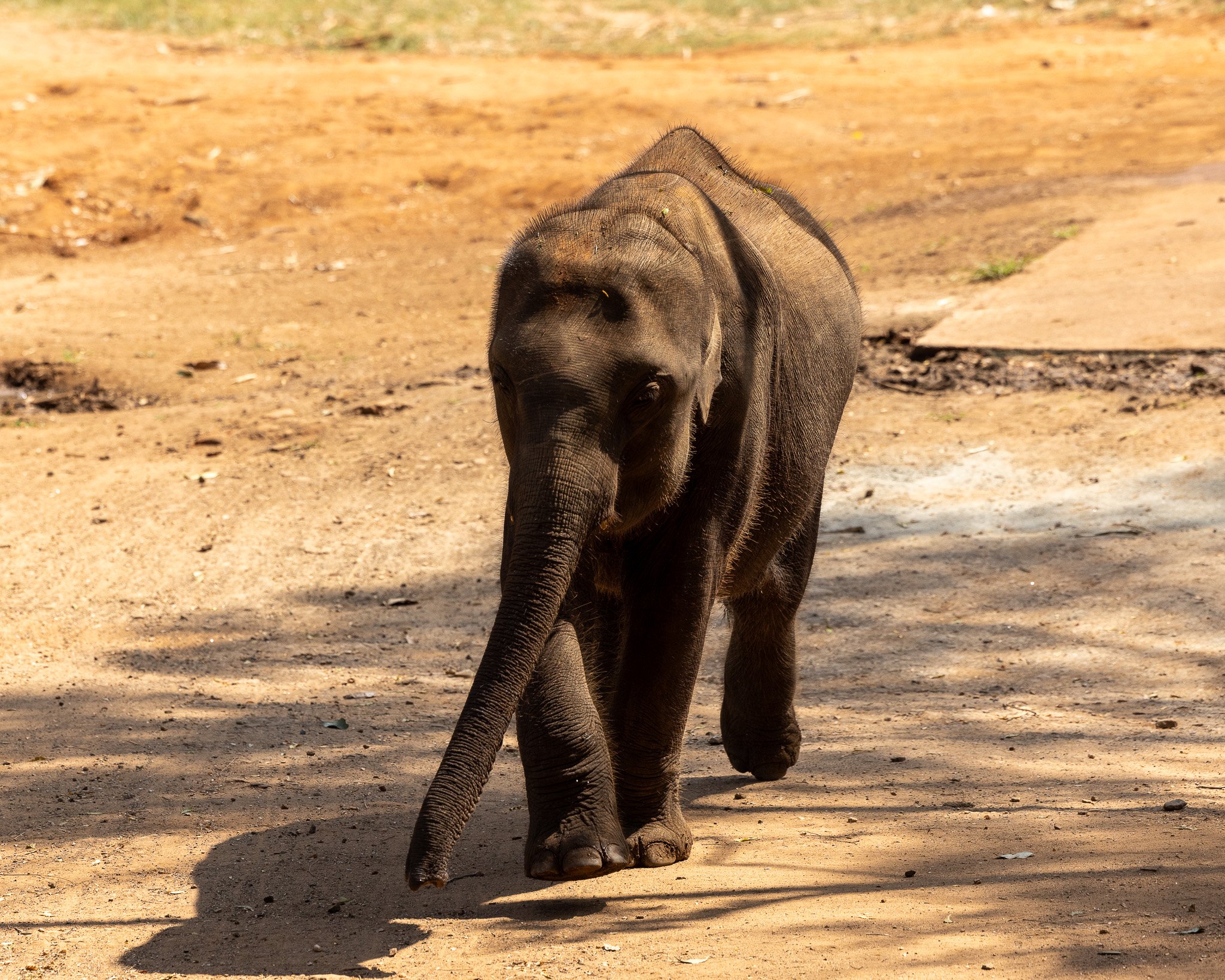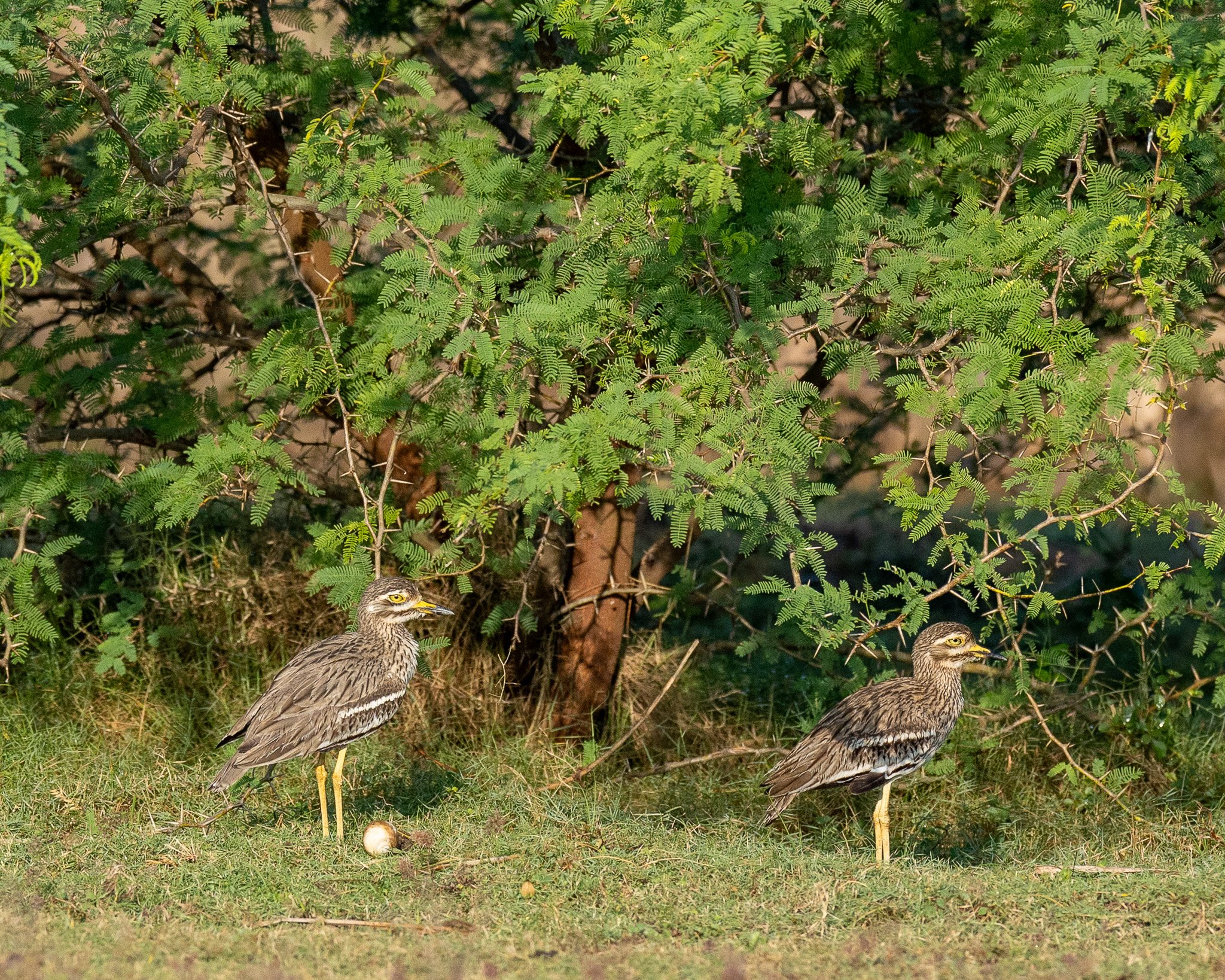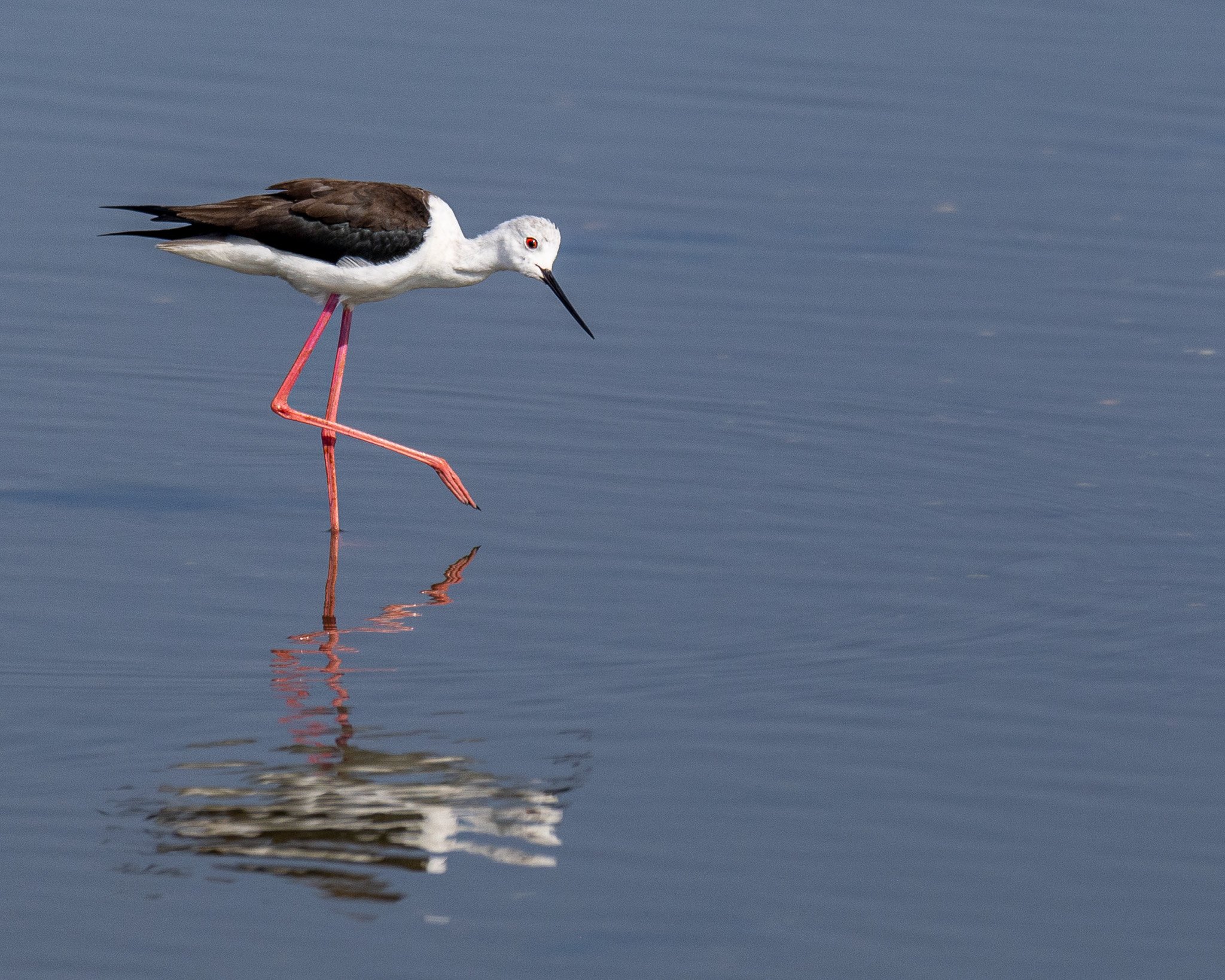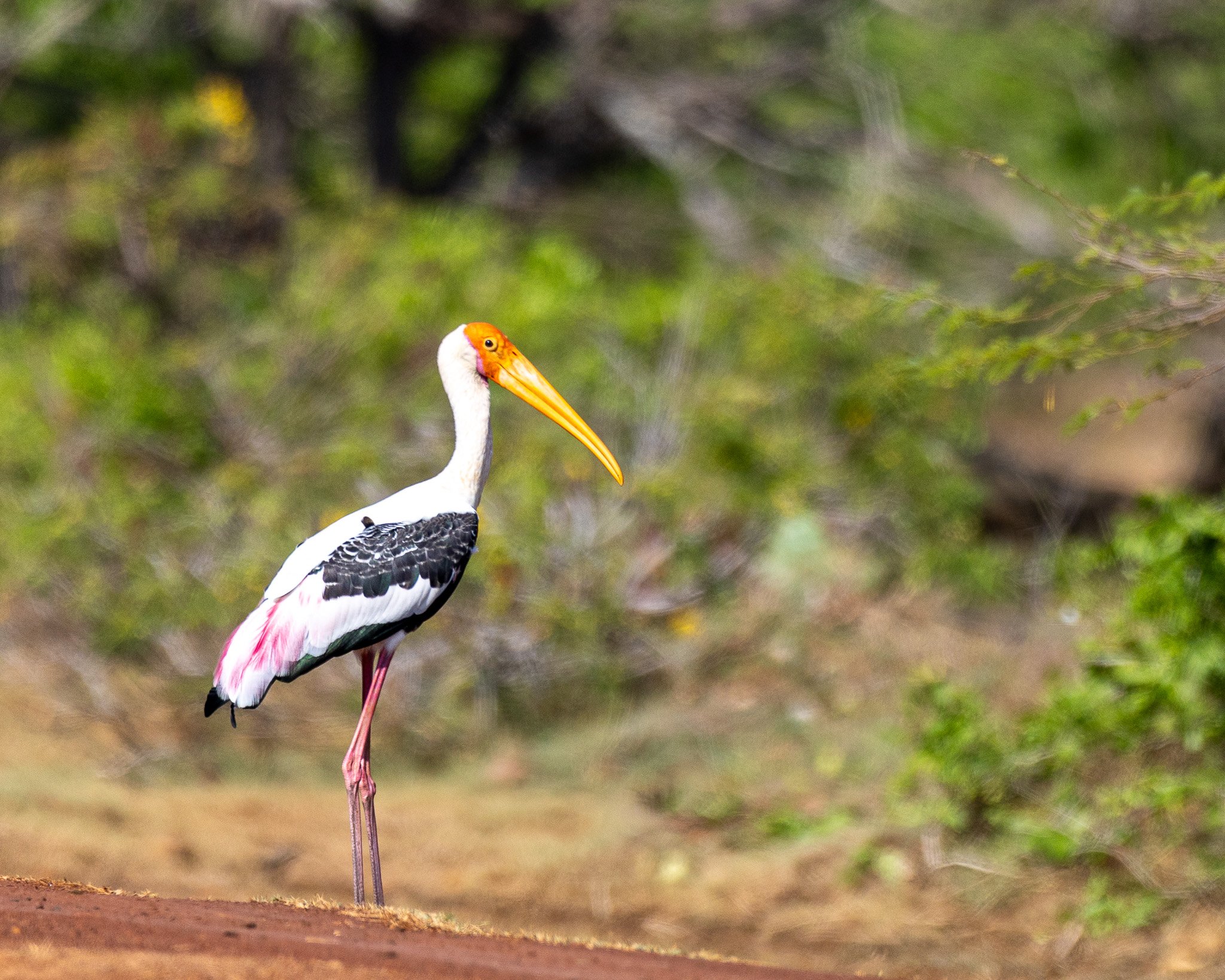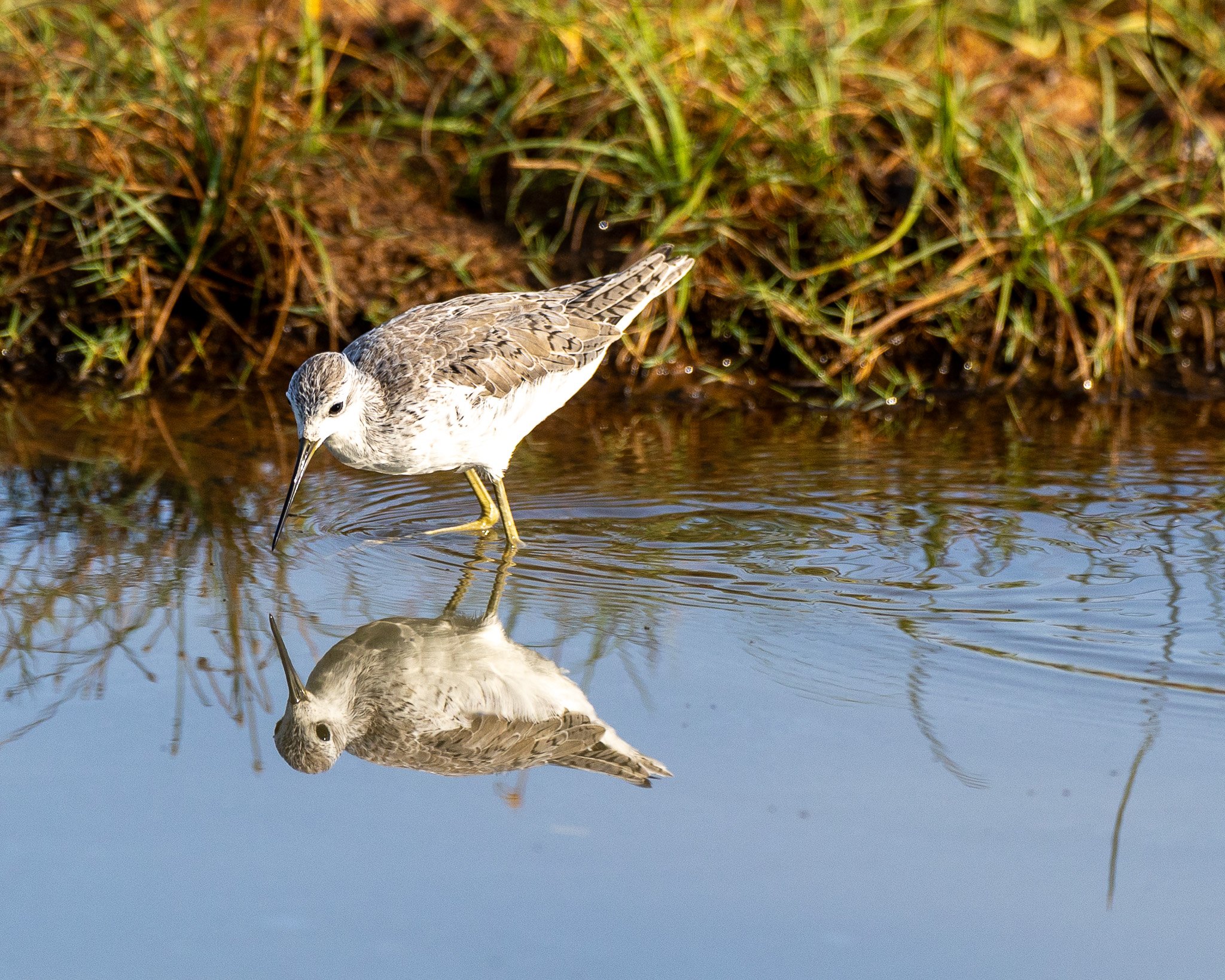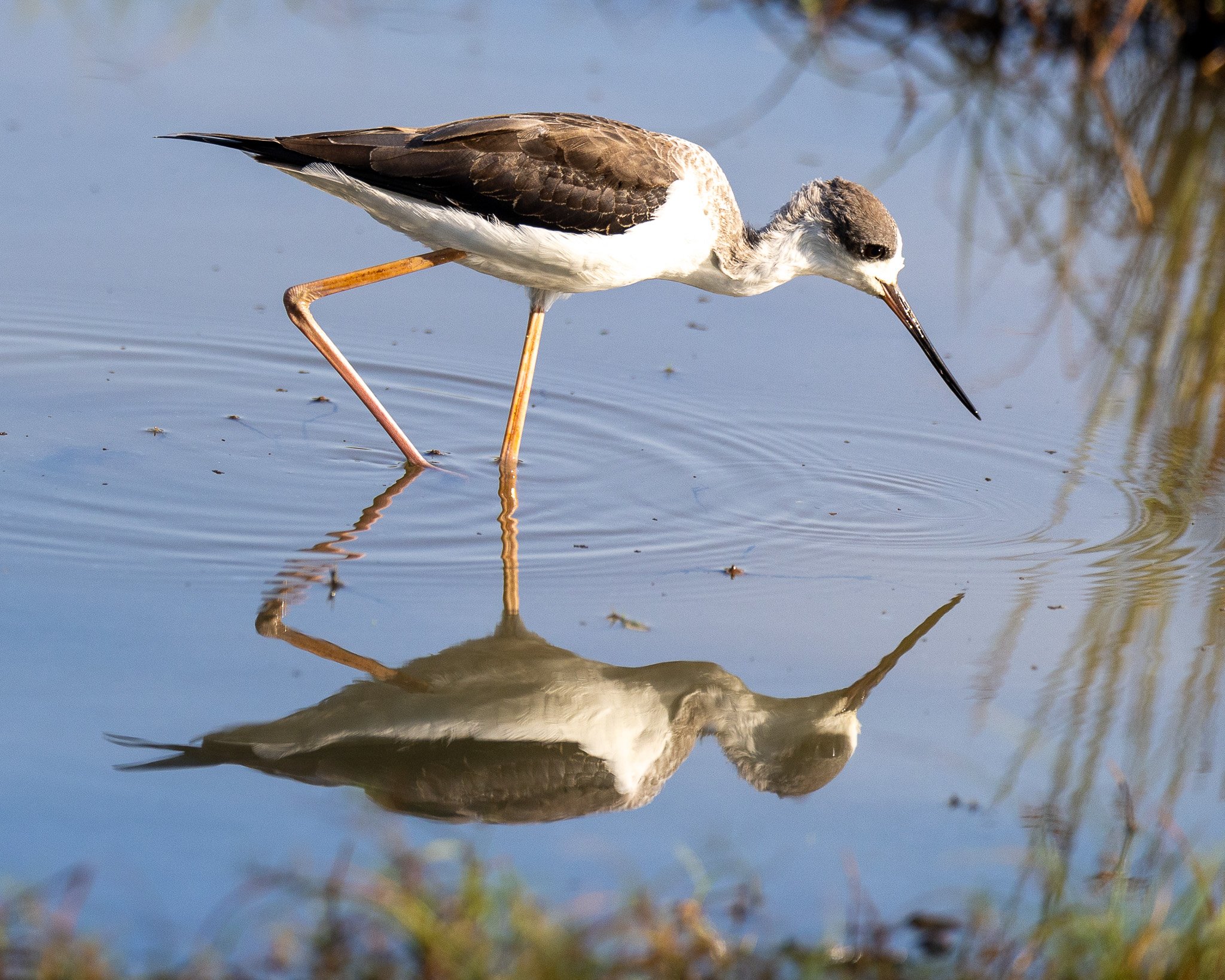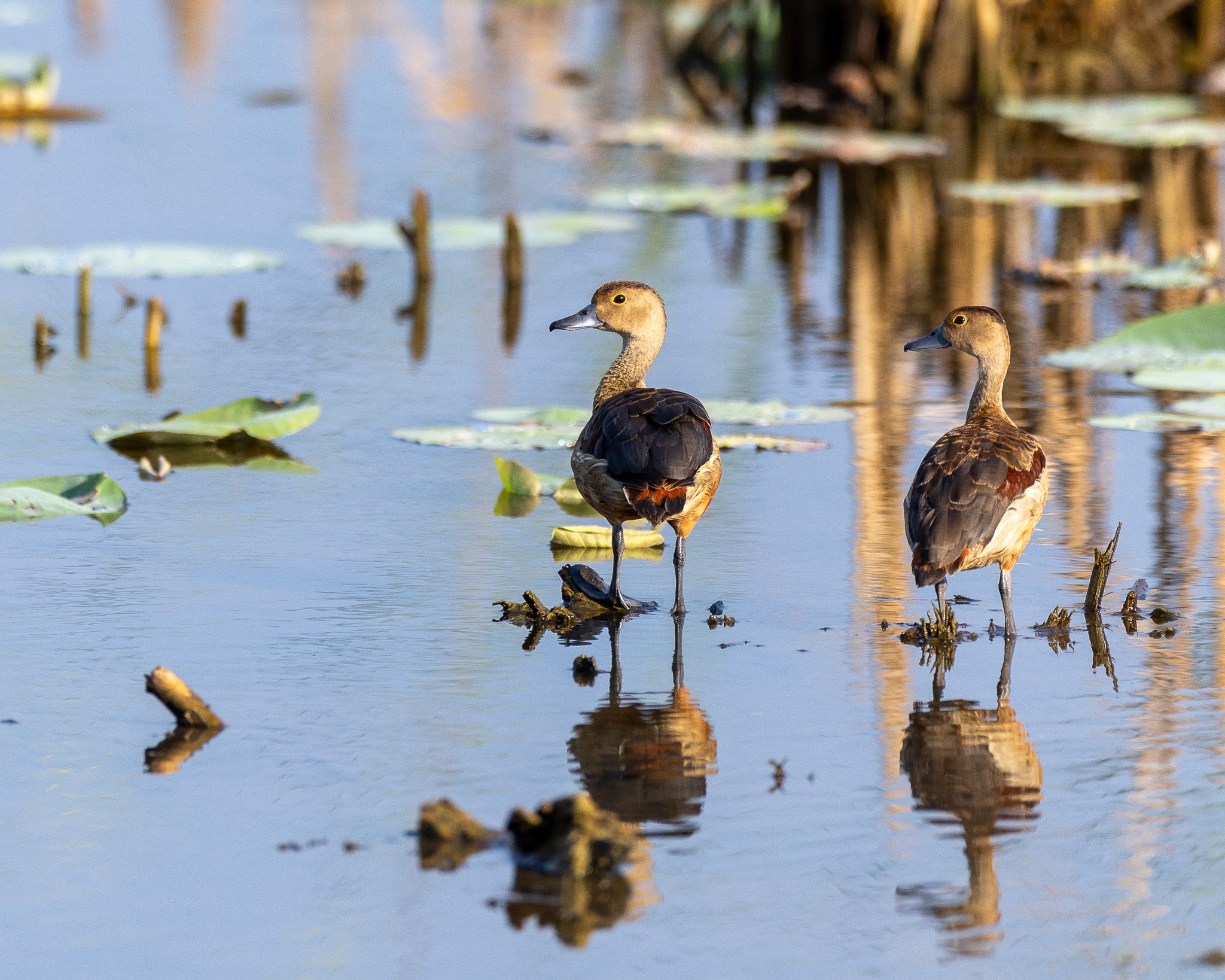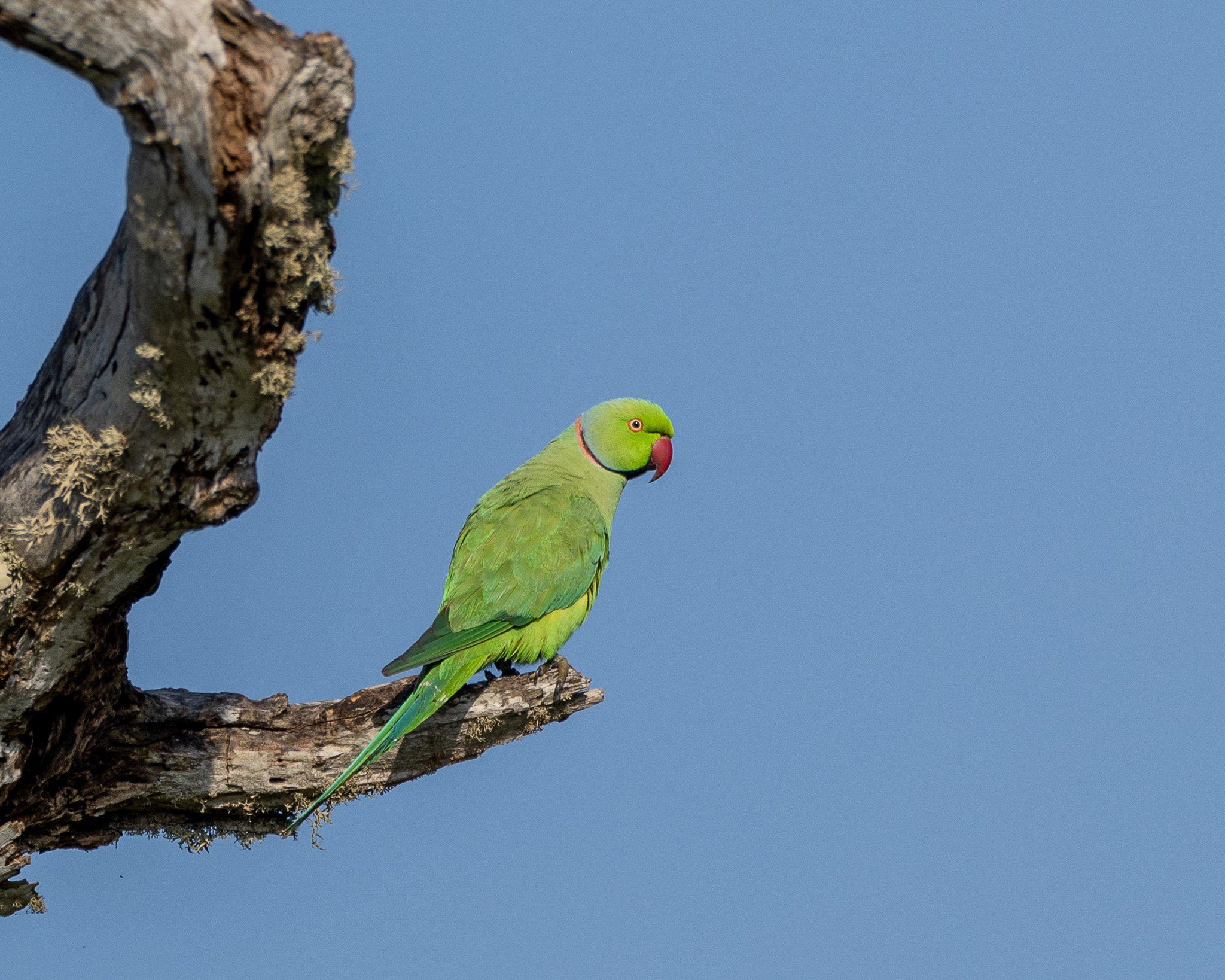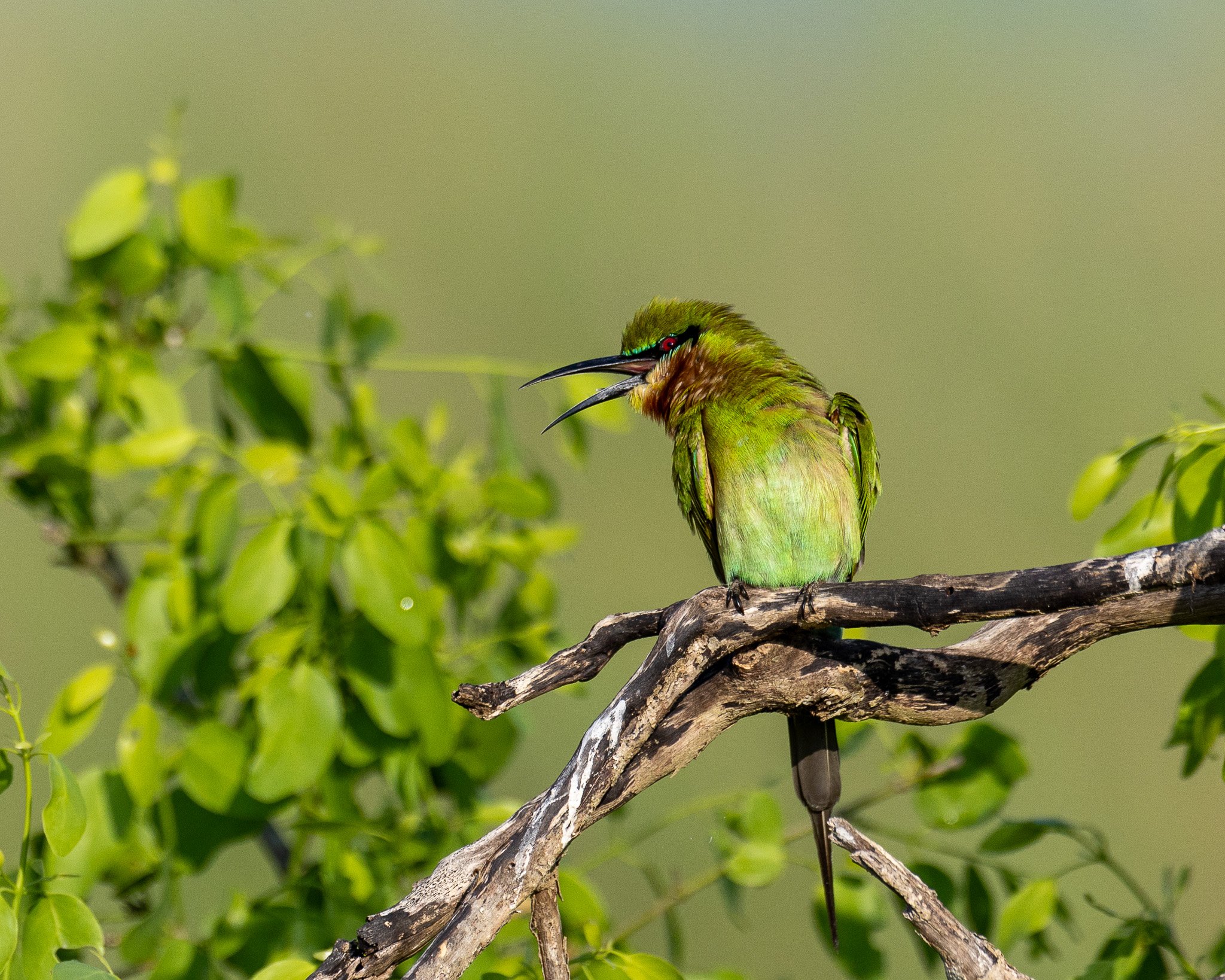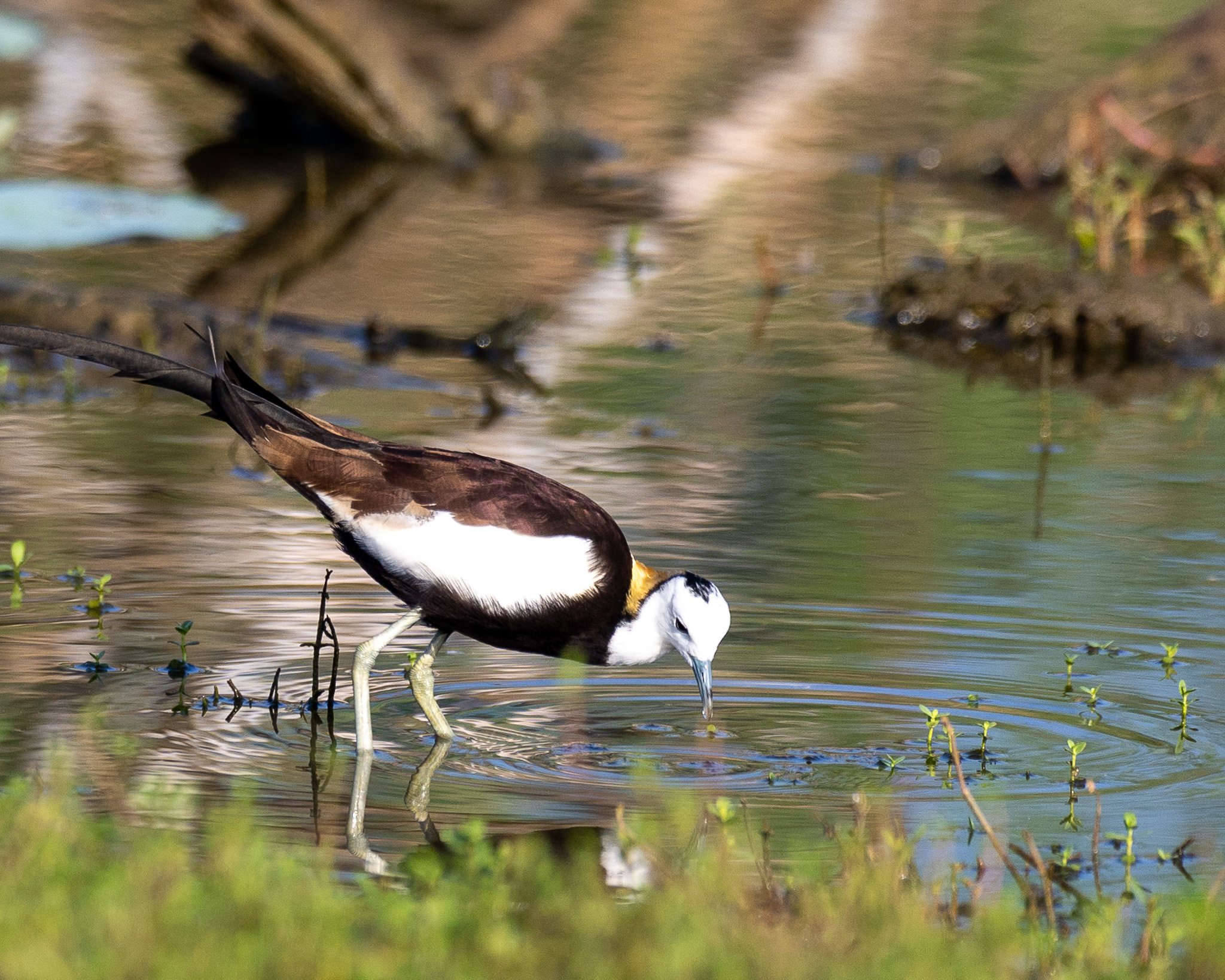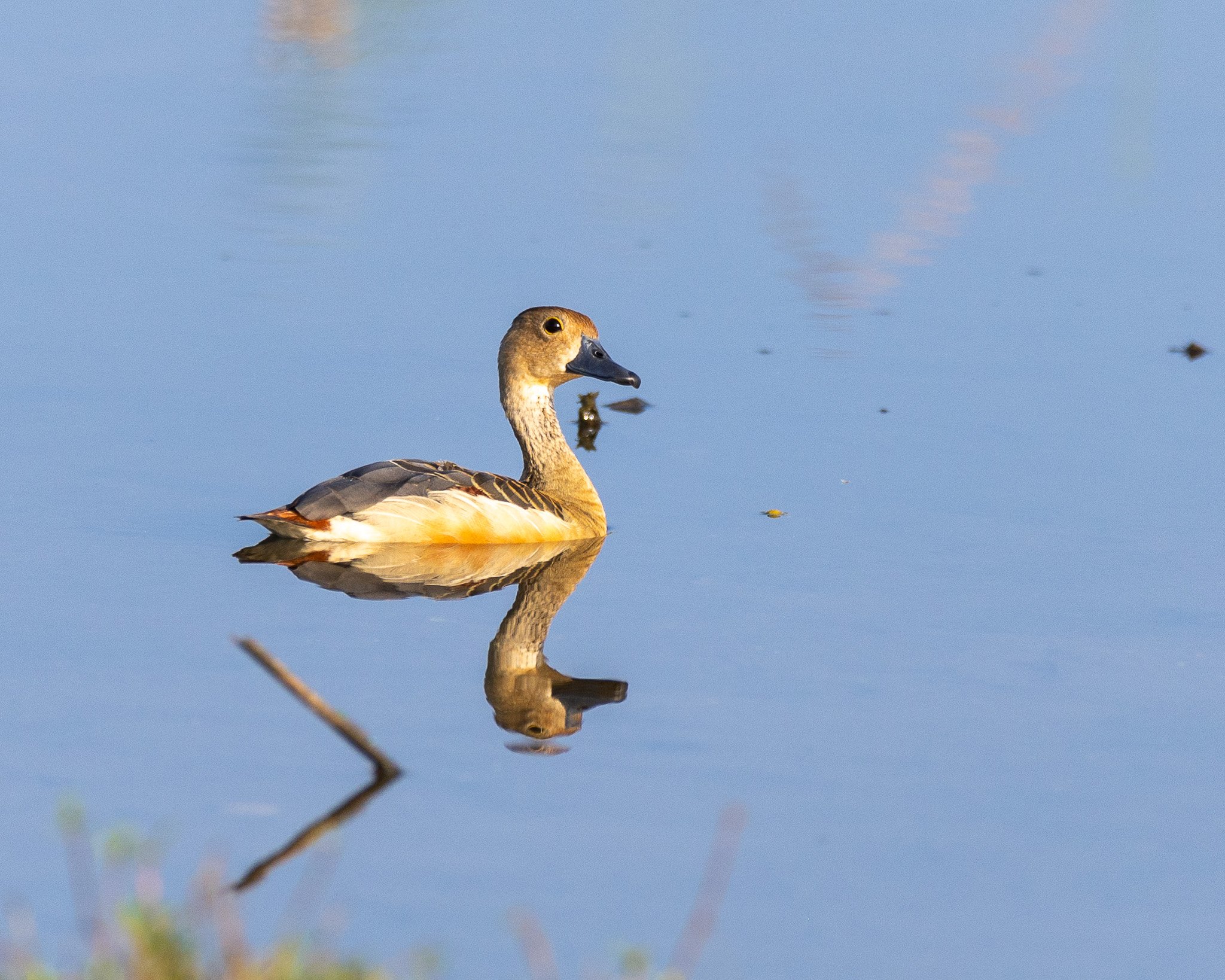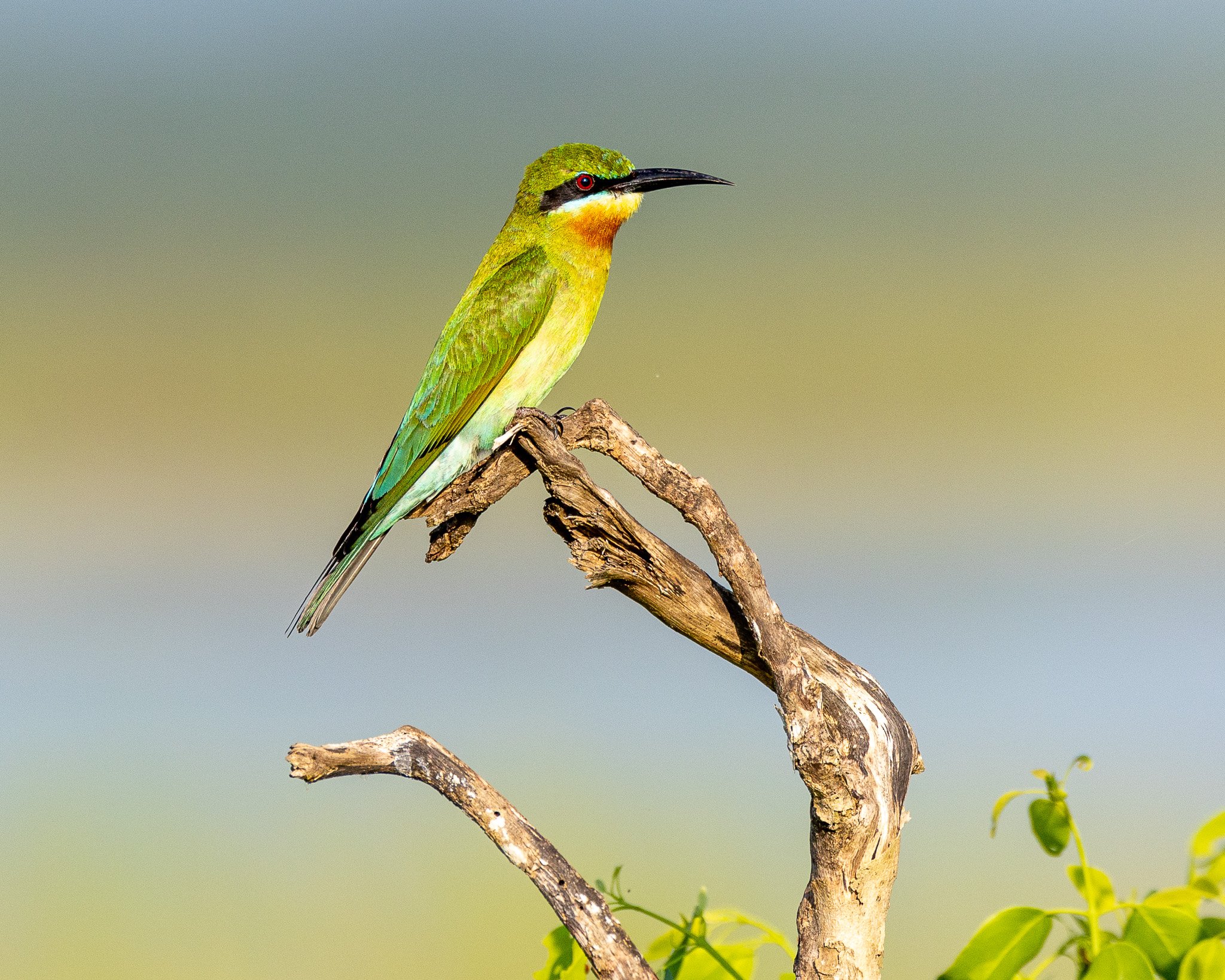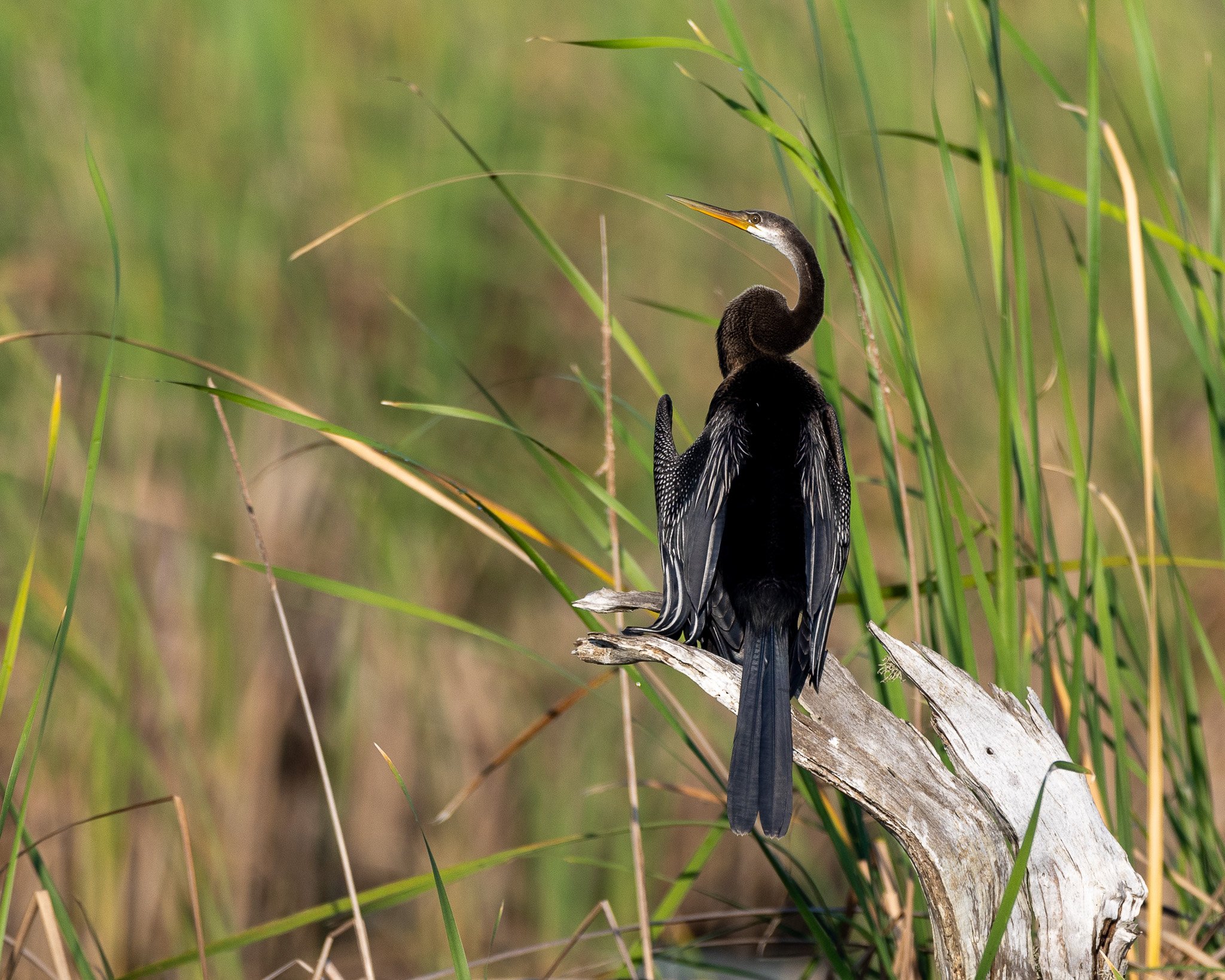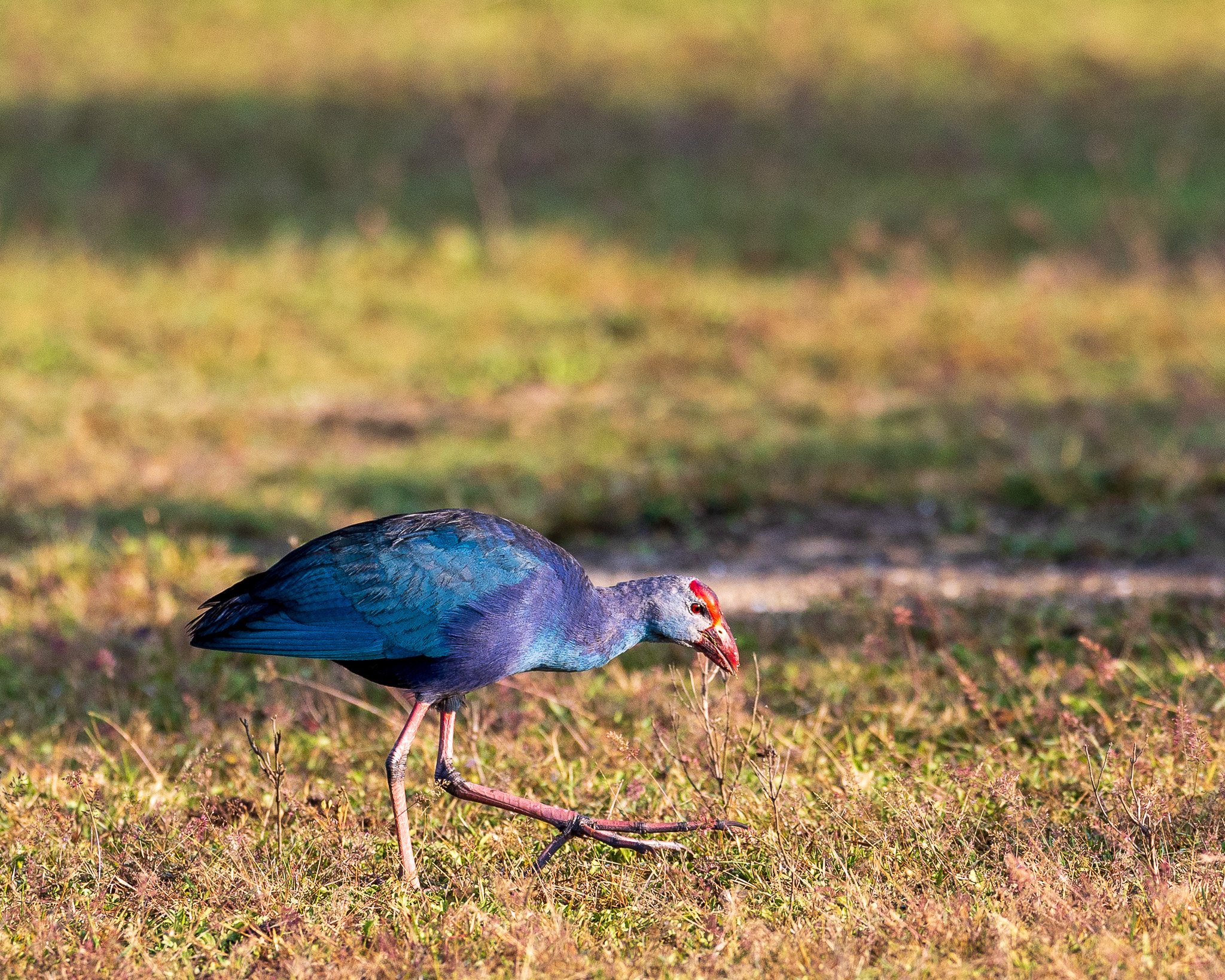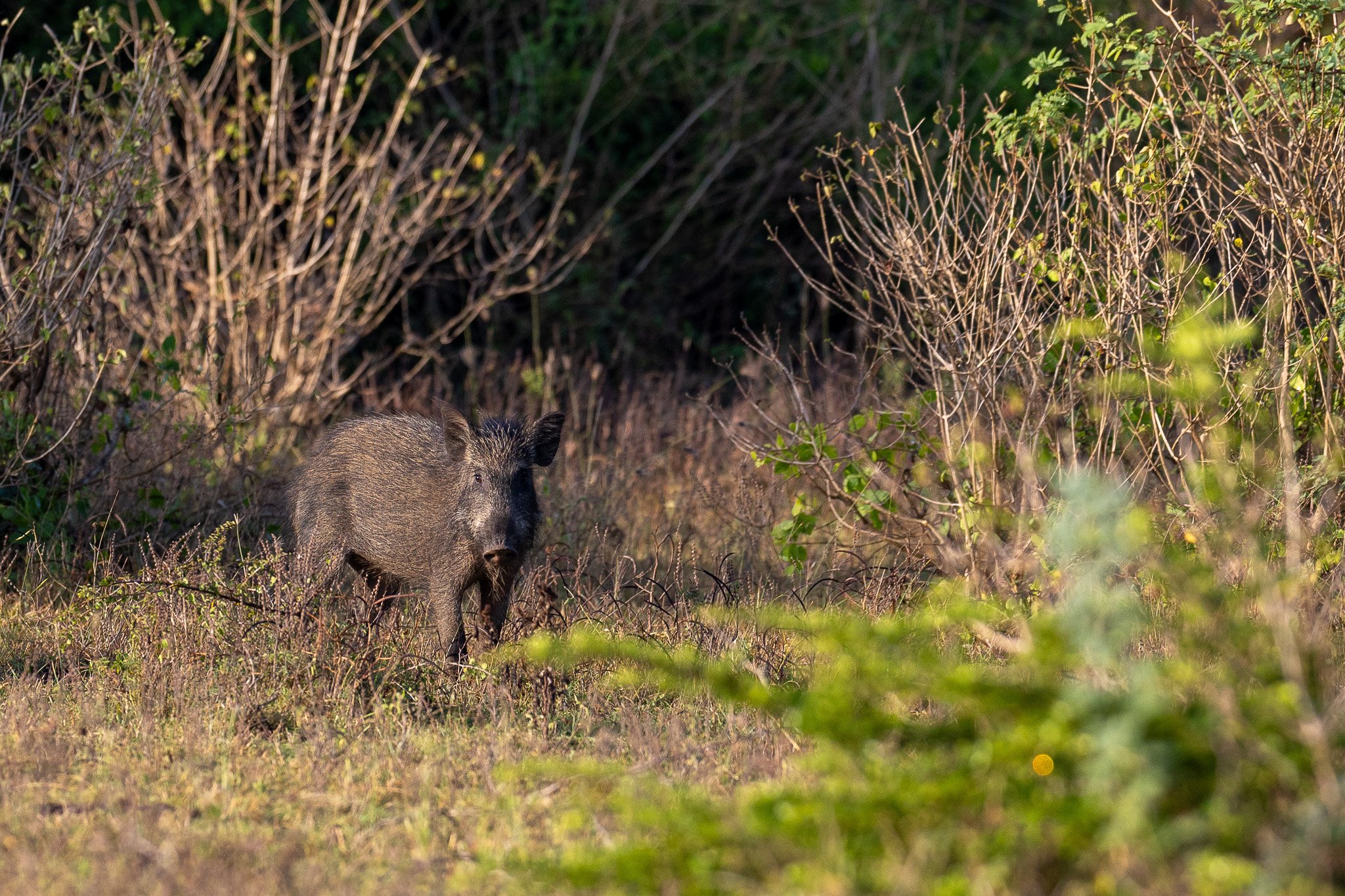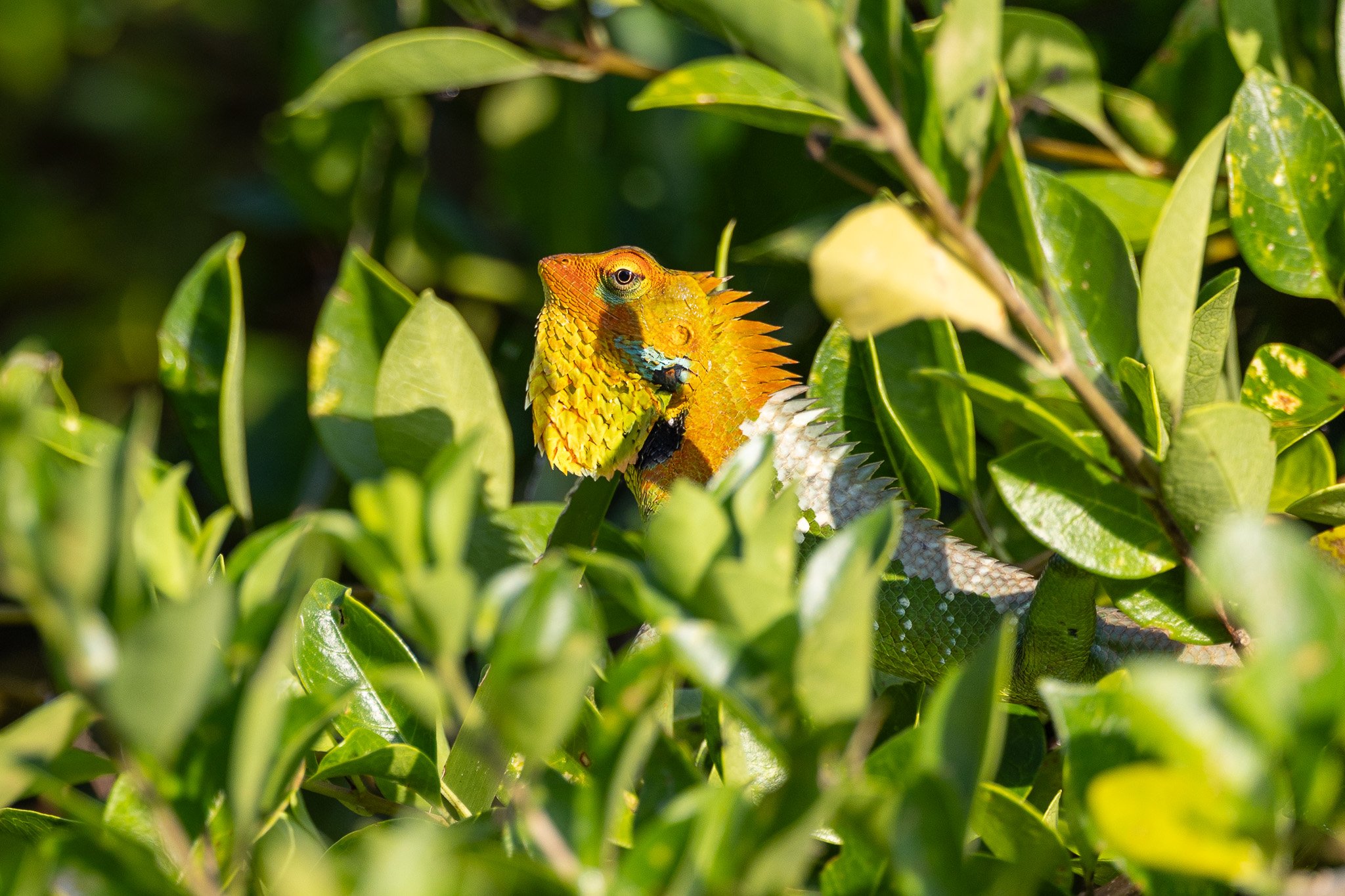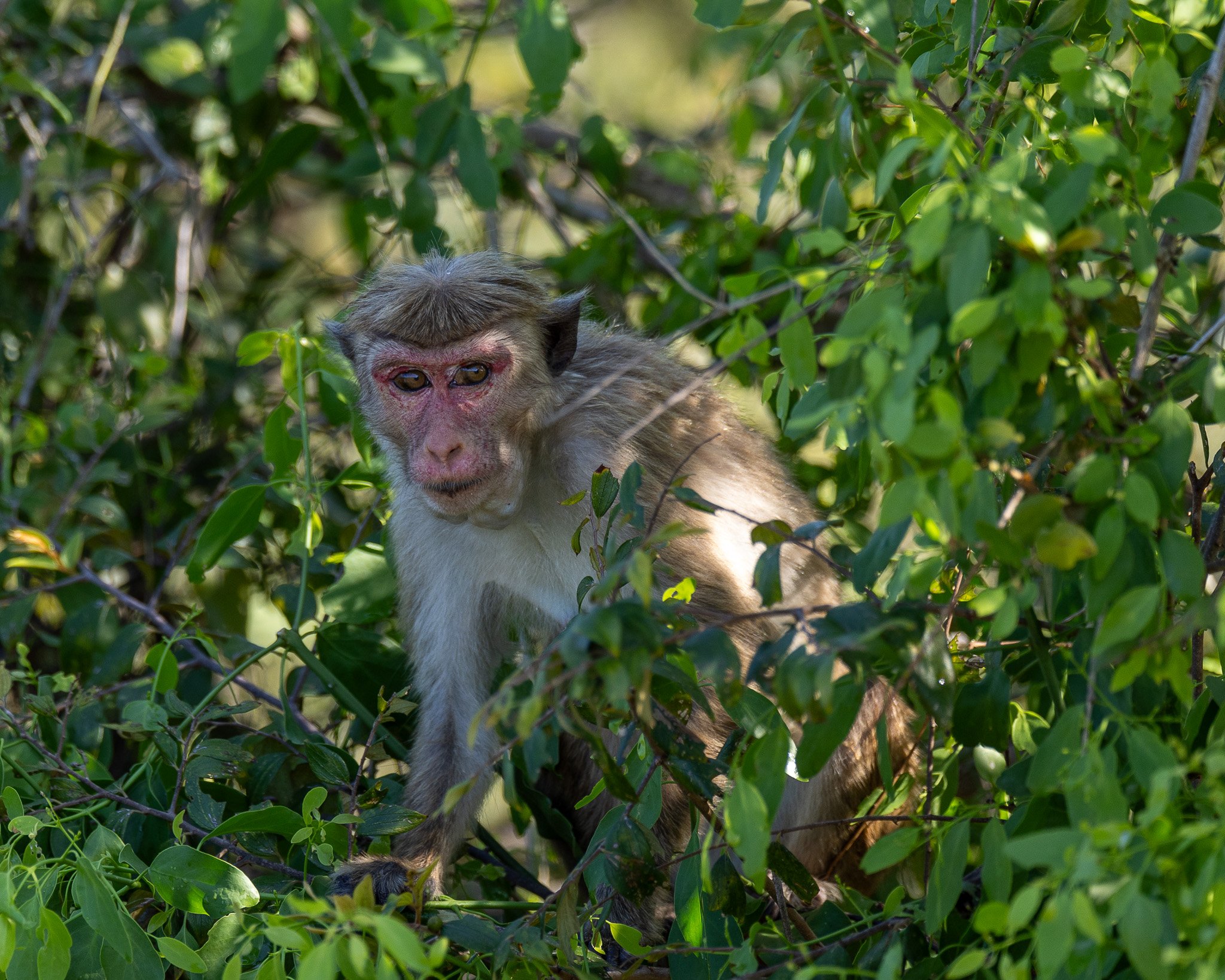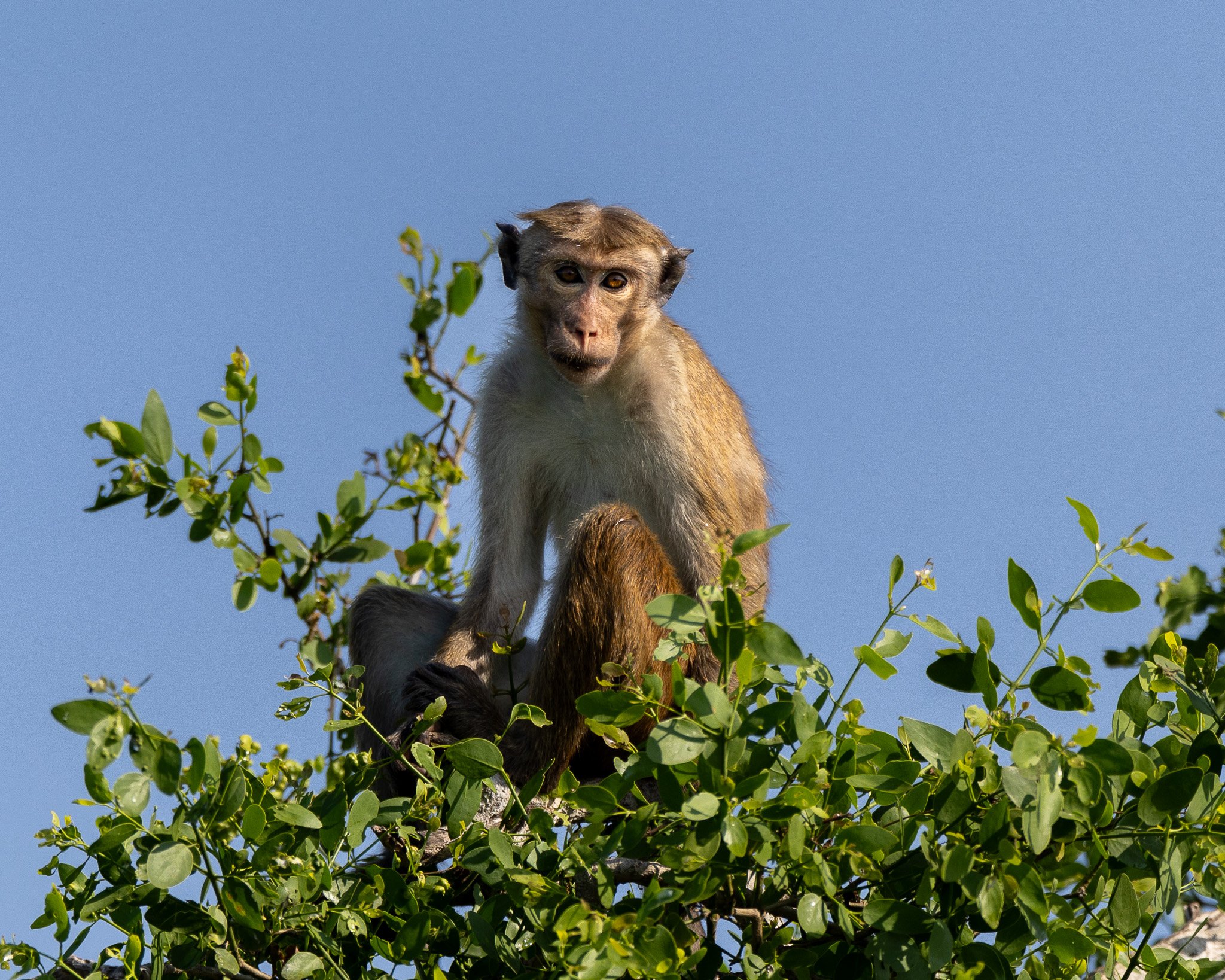My Photography & Travel Guide to Tangalle, Sri Lanka
This might surprise you: Sri Lanka is one of the world’s best places to go on a safari outside of Africa. Tangalle was our second stop in Sri Lanka. You can read about Galle and Colombo here.
We visited Tangalle to see wildlife, particularly leopards. I did know that Sri Lanka has what is called the ‘Sri Lanka Big Four’ (elephants, leopards, sloth bears, and blue whales). No wonder safari in Sri Lanka is popular! There are lots of national parks all over Sri Lanka which are hard to visit in our first trip to Sri Lanka. Yet, we managed to see 3 National Parks: Yala National Park, Udawalawe, and Bundala. We also visited terrific beaches, Buddhist temples, markets and a school for monks.
When to Go?
I would definitely visit Sri Lanka during the dry season between December and March. There are two monsoon seasons in Sri Lanka: The northeast monsoon season, which takes place from October to January, and the southwest monsoon season, which takes place from May to July.
The dry season is the best time to see Wildlife in the national parks in Sri Lanka.
Getting a Visa
You will need to get a visa to visit Sri Lanka. The good thing is that getting a tourist visa for Sri Lanka is easy and can be booked online as an electronic visa (ETA). We received our 30-day tourist visa via email within 24 hours of applying.
The Embarkation Card
One thing to keep in mind is that once you land in Colombo, you need to fill out an Embarkation Card. The signs in the airport are tough to spot. We, of course, did not see them, so we approached the immigration officer, who informed us that we needed to go back and fill out an embarkation card.
Where to Stay?
We decided to stay at the Amanwella, which is near the city of Tangalle. It took us less than 90 minutes to drive from the Amangalla to the Amanwella, which has 30 rooms and an almost kilometer-long beach.
The hotel was amazing, from the service to our room, which had incredible views of the Indian Ocean. We would sleep hearing the roar of the ocean waves. It was pure bliss!
Amanwella’s beautiful suites are all similar in design, with sleeping, living, and bathing areas partitioned by floor-to-ceiling sliding doors. One of the best features was the terrace in our room that overlooked the beach.
We were assigned room 112, which apparently is one of the best rooms because it offers the greatest privacy and is nearest the beach, just a short stroll away down a palm-dotted hillside.
Wildlife safaris
We came to Amanwella to visit three National Parks: Yala National Park (for Leopards), Udawalawe National Park (for Elephants), and finally, Bundala National Park, which attracts huge numbers of migratory birds.
The hotel organized all of the excursions. Our guest experience advisor and a driver would come with us when we visited the National Parks, making sure all the details were arranged ahead of time.
Our Naturalist Pointing Out Each Bird Type We Saw
Once you arrive at the Parks, they get your tickets, help you move your things into a Safari vehicle, and introduce you to your Safari Driver and the Naturalist who rides with you in the Safari vehicle. Having a Naturalist with you is fantastic. They will find lots of animals that you might miss and explain details about each animal. We would not have seen the Leopard without the Naturalist who was listening to bird sounds that indicated a Leopard was close-by.
Breakfast During Our Safari in Udawalawe
Photography Locations
One of the primary reasons for visiting this part of Sri Lanka was to experience the Safaris in the National Parks. I was really excited to take wildlife photos.
Since we were shooting wildlife, I brought more photography gear than I usually would carry. So what did I bring:
Canon R3
Canon R5
Canon RF 400 f2.8 with a 1.4 TC
Canon RF 100-500 mm and a
Canon RF 70-200 mm
Canon RF 24-105 mm
I also brought my Drone, which was fantastic for photographing the beach at Sunrise.
Amanwella Beach
The beach in front of the hotel is beautiful. It is a vast sandy beach that includes both a private hotel area and a public area. From my hotel room terrace, I would fly my drone over the beach early in the morning before people started walking.
Walking along the sandy beach early in the morning and in the evening was just lovely. It’s a really long beach which provides the perfect place to stroll after being out all day.
While we were relaxing on the beach, we met “Elgae,” who was selling beautiful shells. Since we did not have any cash on us, he ended up giving us the shells and asked us to meet him the following day to pay him. What an honest way to work! He finds the shells in the Eastern part of Sri Lanka and carries them vast distances to sell.
The Sunsets on the beach were incredible. The hotel has one of its restaurants that is located right on the beach. We enjoyed 2 dinners in this restaurant, and the food, service, and views were fabulous.
Street Photography & Markets
We took a “tuk tug” tour of the local markets. There is so much variety in the amount of fruits and vegetables that are being sold in these open air markets.
We stopped a small fruit stand on the side of the road and purchased some mangoes and bananas from the sweetest man.
Wewurukannala Temple
The temple of Wewurukannala, famous for its giant Buddha statue, dates back to the late 18th century, but all buildings, sculptures, and Jataka paintings are from recent decades. It’s situated 1.5 km north of Dikwella Beach.
I really enjoyed all the temples we visited in Sri Lanka. They are fascinating to see.
MONKS
Our hotel arranged for us to visit a school that educates young children to become monks. It was really interesting to see the school and their classrooms and interact with these young boys.
Yala National Park
There are over 20 national parks in Sri Lanka, with various landscapes, from open plains, beautiful lakes, bushland, grasslands, and even beaches! For us, the wildlife animals we wanted to see were Leopards, Elephants, and migratory birds.
Yala National Park is home to the highest density of leopards on the planet. When we visited, Leopards had not been spotted in several weeks, so I was not sure if we would see one. We had almost given up because you will usually spot Leopards early in the morning. Our naturalist began to hear some bird calls, which he said were warnings that a Leopard was in the area. Then suddenly, the Leopard walked right towards us.
Yala is the most popular national park in Sri Lanka, and for good reason! It is famous for its high leopard population (40-50 within Yala), which is actually the highest leopard density in the world! Despite this, it’s not guaranteed to see a leopard, as they are very elusive. However, your chances of a leopard sighting are much higher at Yala than in any of the other parks in Sri Lanka.
Leopard at Yala National Park
The Leopard walked towards us for about 1-2 minutes when he suddenly jumped about 15 feet over a small river. Thats my Nat Geo moment!
We tried to arrive at each of our Safari Parks around 6:30 am when the animals are most active. In the midday sun, the animals will also take shelter. Going in the morning or the evening also means you have the opportunity to see a beautiful sunrise/sunset over the magical landscapes of Sri Lanka.
The lagoons, bushlands, and grasslands also make it a breeding ground for tons of other wildlife, including herds of beautiful elephants the unique sloth bear (which we did not see) and lots of birds. There are also 44 varieties of mammals and 215 species of birds.
Because of Yala’s popularity, it can be very crowded, and some of the Safari drivers are very aggressive.
Udawalawe National Park
Udawalawe is Yala’s slightly lesser-known neighbor. Although it is less popular, it is still an amazing place to see animals because of its small size and open views. It is particularly good for seeing elephants as there are approximately 400-500 in the park, which is an incredibly high density in such a small area!
We saw so many Elephants. For us, it was the first time we have seen Asian Elephants which are different then the Elephants we have seen in Africa. The easiest way to distinguish African elephants from Asian elephants is to look at the ears. African elephants have much larger ears that look sort of like the continent of Africa, while Asian elephants have smaller, round ears.
It is also excellent for birdwatching too; thought to be one of the best birdwatching sites in the whole country!
A King Fisher
For a personal encounter with elephants, Udawalawe is the best national park in Sri Lanka! This is because the elephants here are quite confident and can get very close to vehicles.
THE Elephant Sanctuary
After we left Udawalawe National Park, we drove for about 20 minutes to the Elephant Orphanage, also called the Elephant Transit Home. This was an incredible place to visit and very sad. Orphaned or sick elephants are fed and cared for until they are strong enough to be returned to the wild.
The center allows you to visit during the feeding times at 10.30 am and 2.30 pm daily. They have a small seating area with a barrier that allows you to watch the elephants entering the eating area. They are fed milk through plastic hoses with funnels attached, some stamping and trumpeting with impatience.
The resident animals are looked after until they are deemed fit enough to be released back into the wild, after which they are closely monitored for investigational purposes, as well as their own safety.
Budala National Park
Bundala is a national park that attracts all sorts of birds including migratory water birds in Sri Lanka. Bundala apparently has about 200 species of birds, the highlight being the greater flamingos, which migrate in large flocks.
The park is spread out over 6,218 hectares and consists of a striking landscape made up of a mix of thorny scrublands, marshes, lagoons, waterways, and dunes, making it an inviting destination for thousands of migratory birds, some distant migrants flying all the way from Euro Asian destinations to winter in the park. The reason for this fascination for Sri Lanka is the country's geographic location, being situated just below the southern tip of the Indian subcontinent, making it the final destination in their long journey across the oceans.
The park boasts of nearly 200 species of birds, of which 150 are endemic and the rest migratory. Amongst the migratory birds are the Petite Blue Tailed bee-eaters, flocks of Flamingos, Brown Flycatcher, Sandpipers, Barn Swallow, Water Fowl, Common Redshank, the Lesser Sand Plover and Forest Wagtail.
While I am happy that we visited Bundala it was my least favorite of the 3 parks we visited. It is not very well maintained and the bathrooms are filthy. However, we did see a lot of birds and there are virtually no visitors so we nearly had the park to ourselves.
Sri Lanka is definitely a fantastic country to visit. There is so much to do, the people are so kind and the food is delicious. If you have a chance to visit, do not miss it.
If you have enjoyed this guide to Sri Lanka, you can take a look at my other Photography & Travel Guides at this link.
